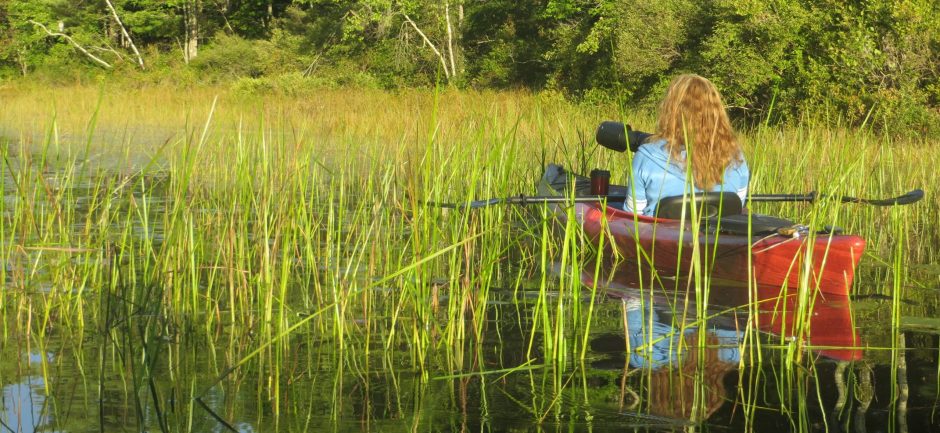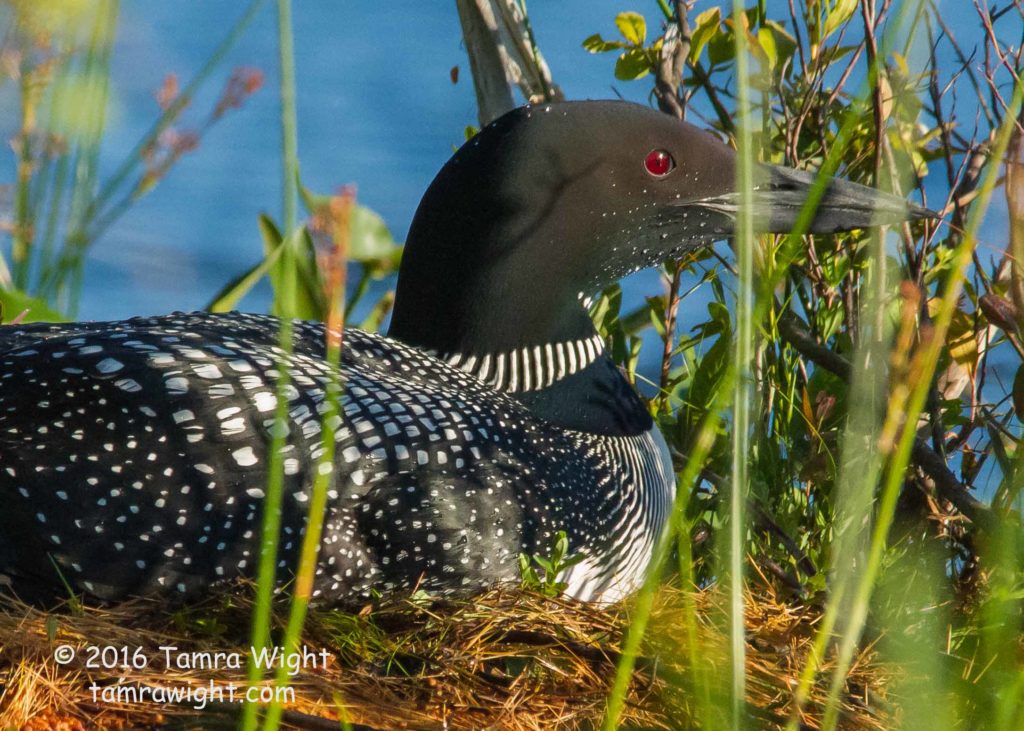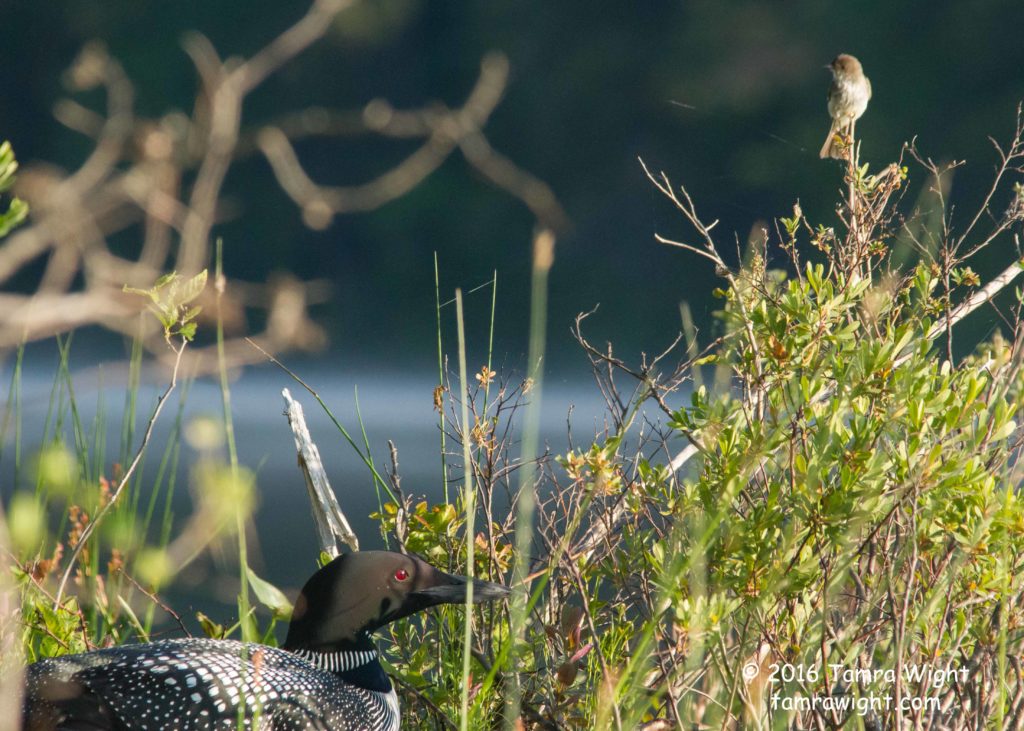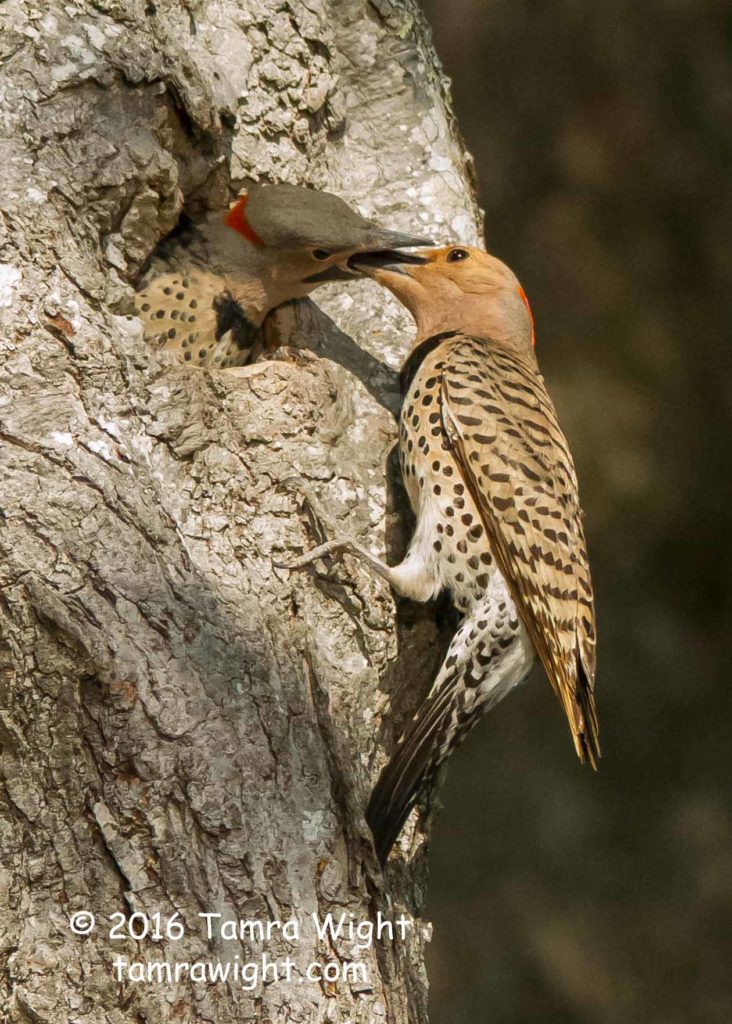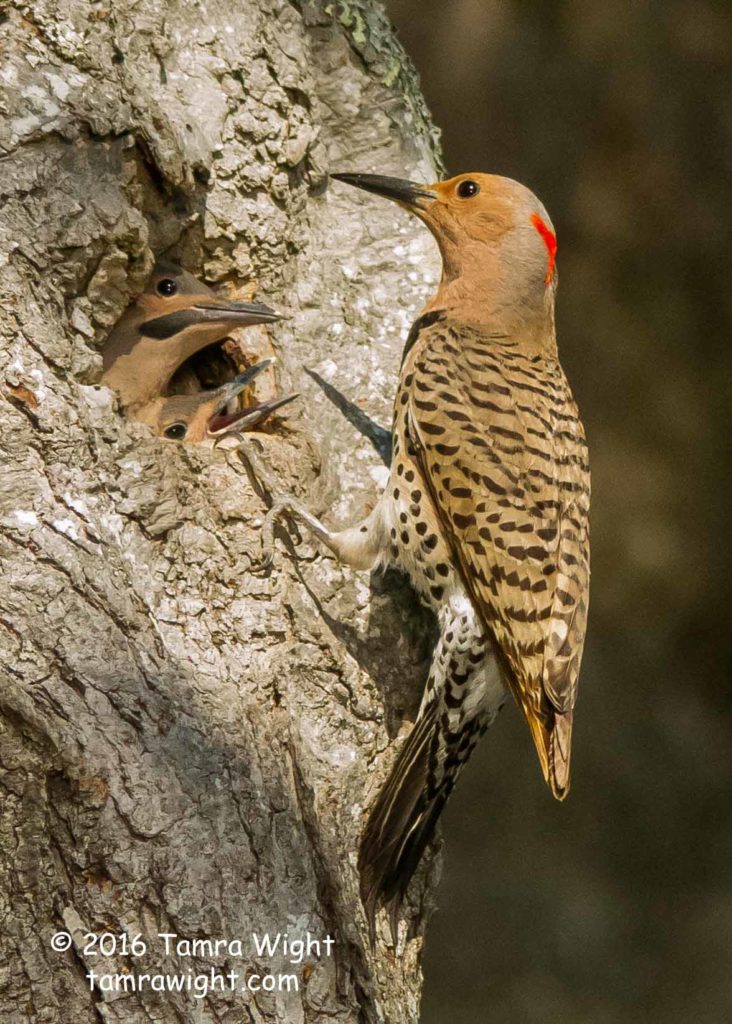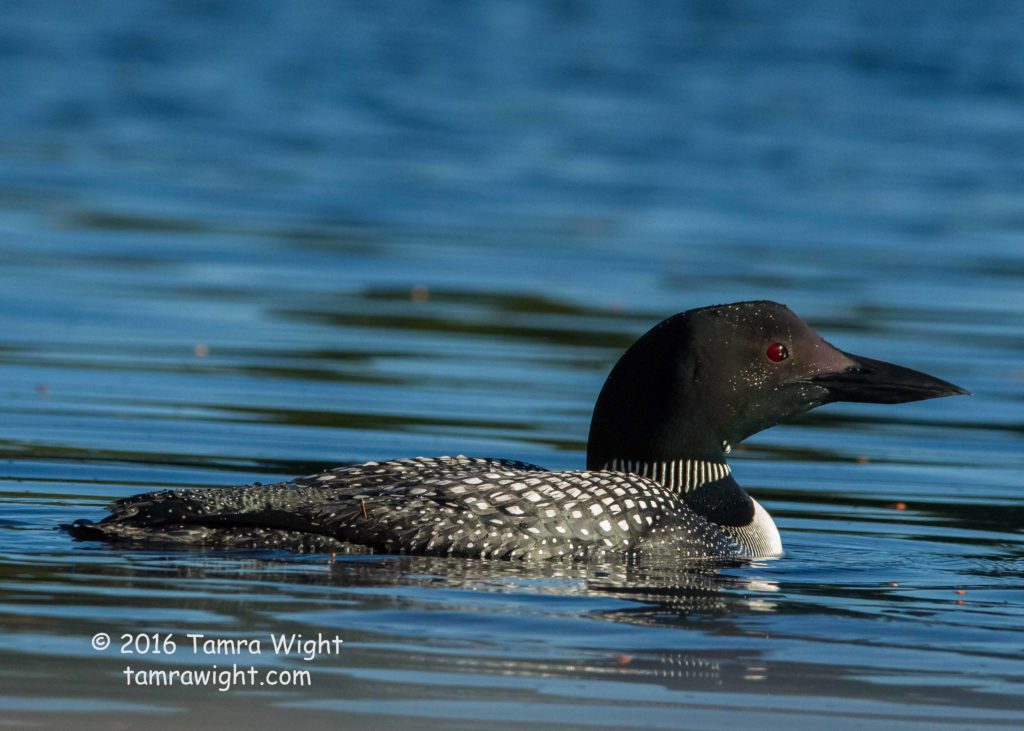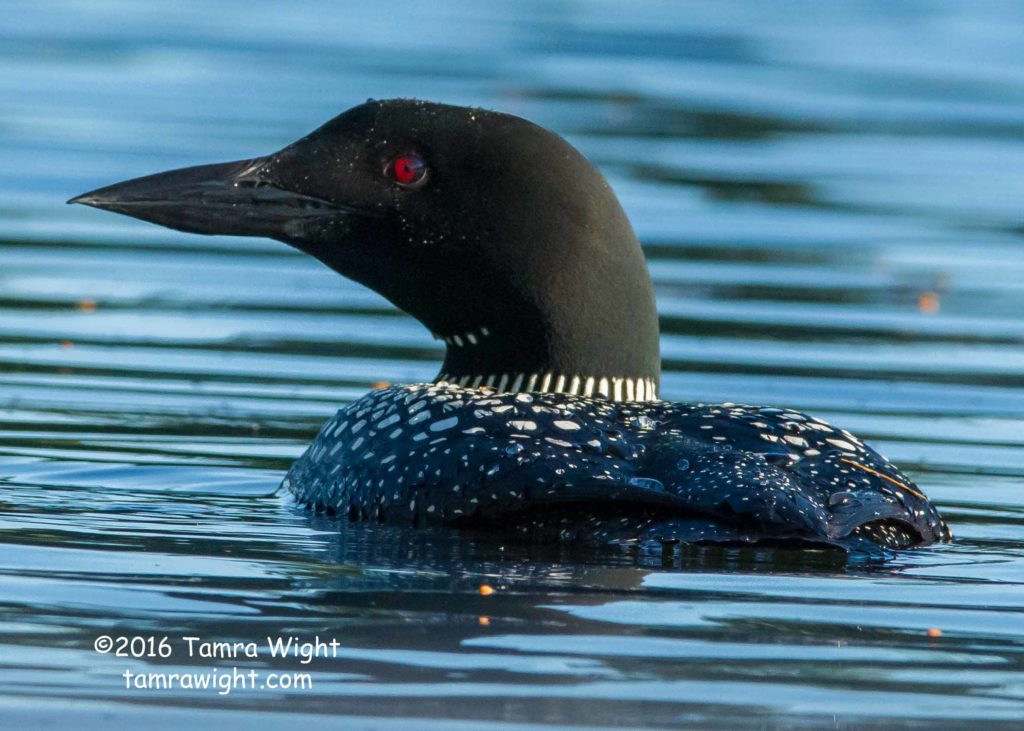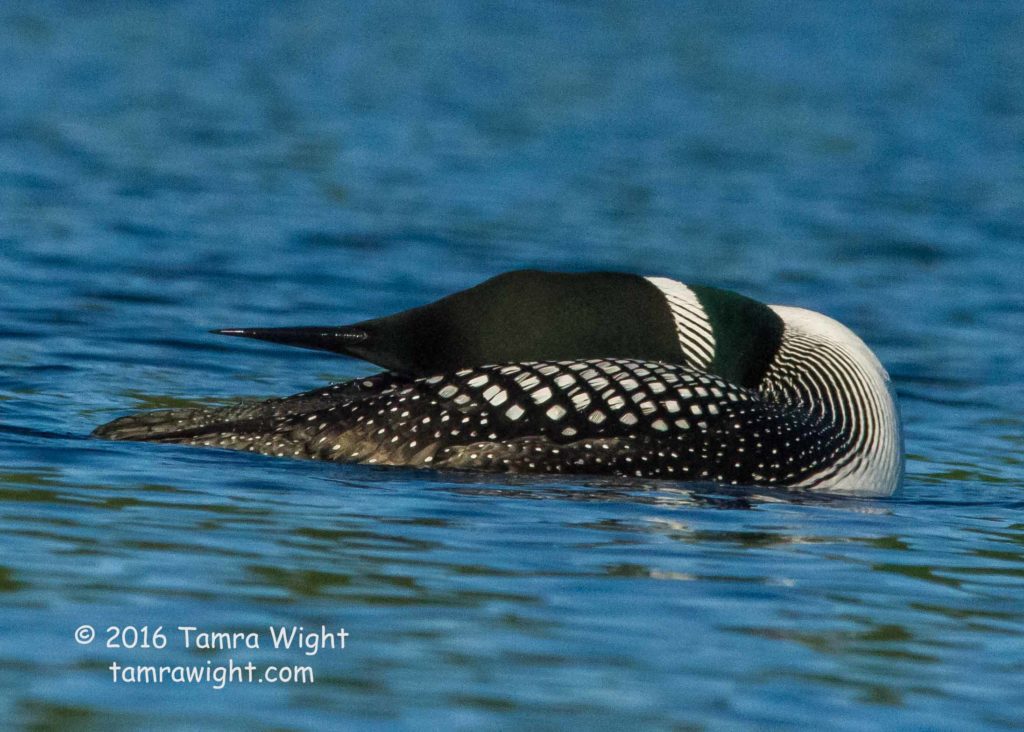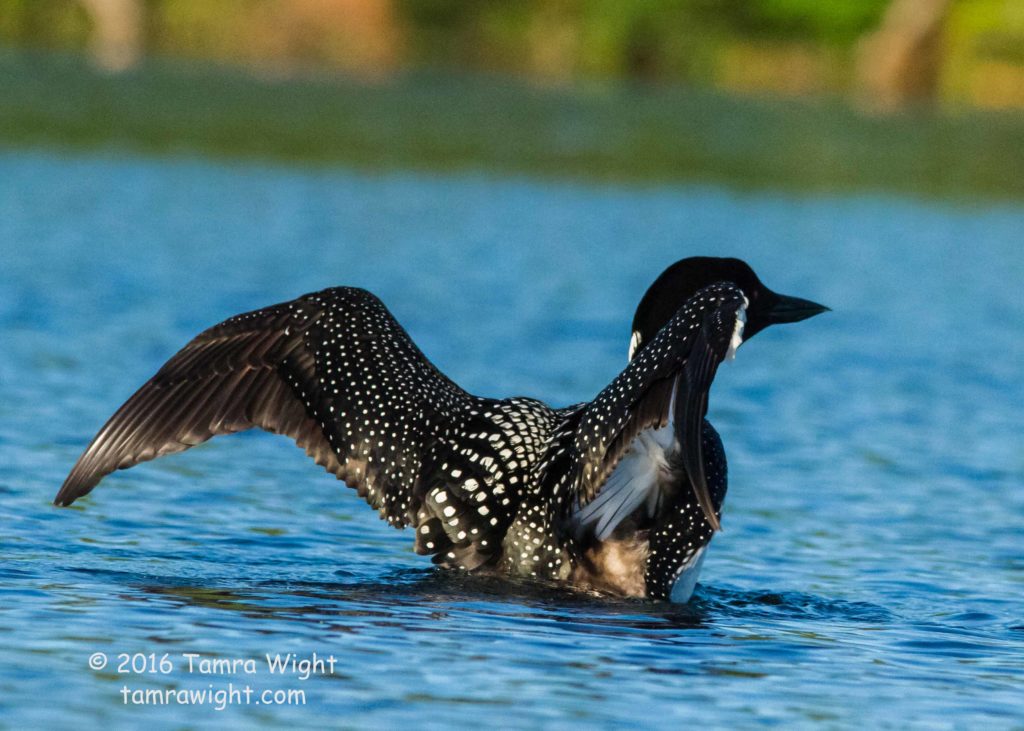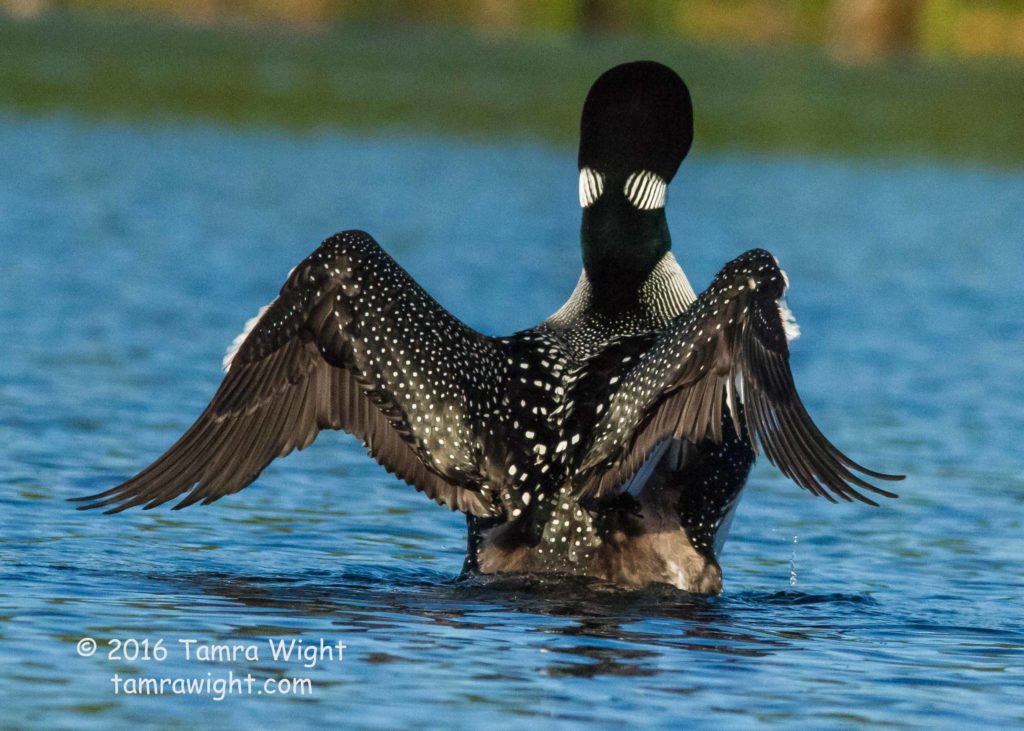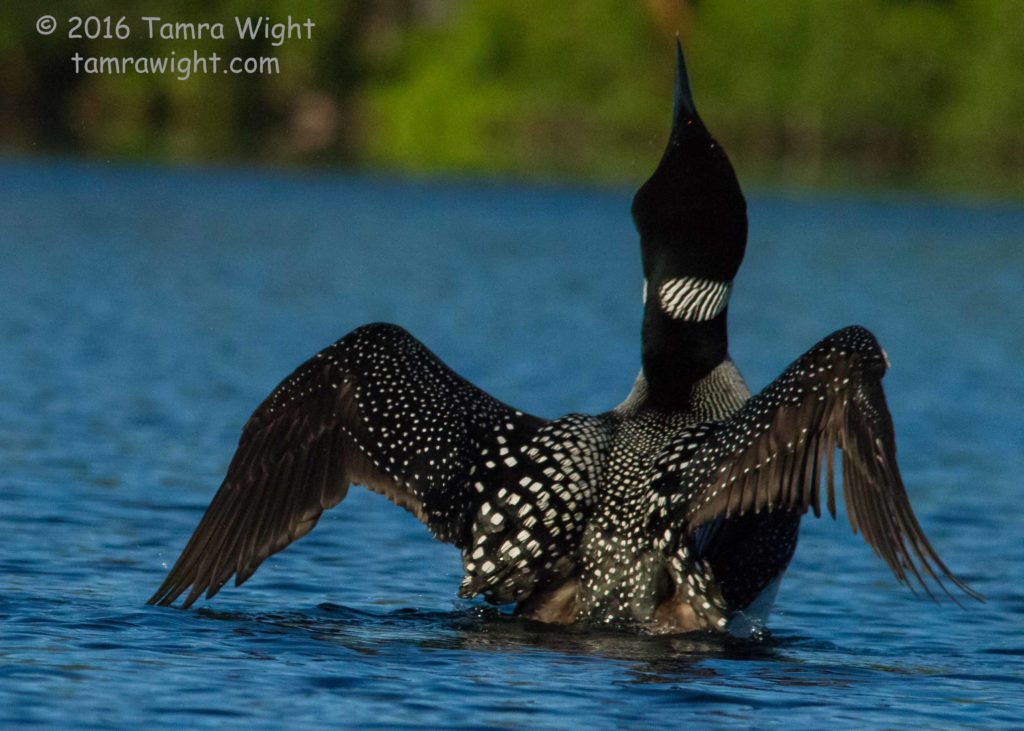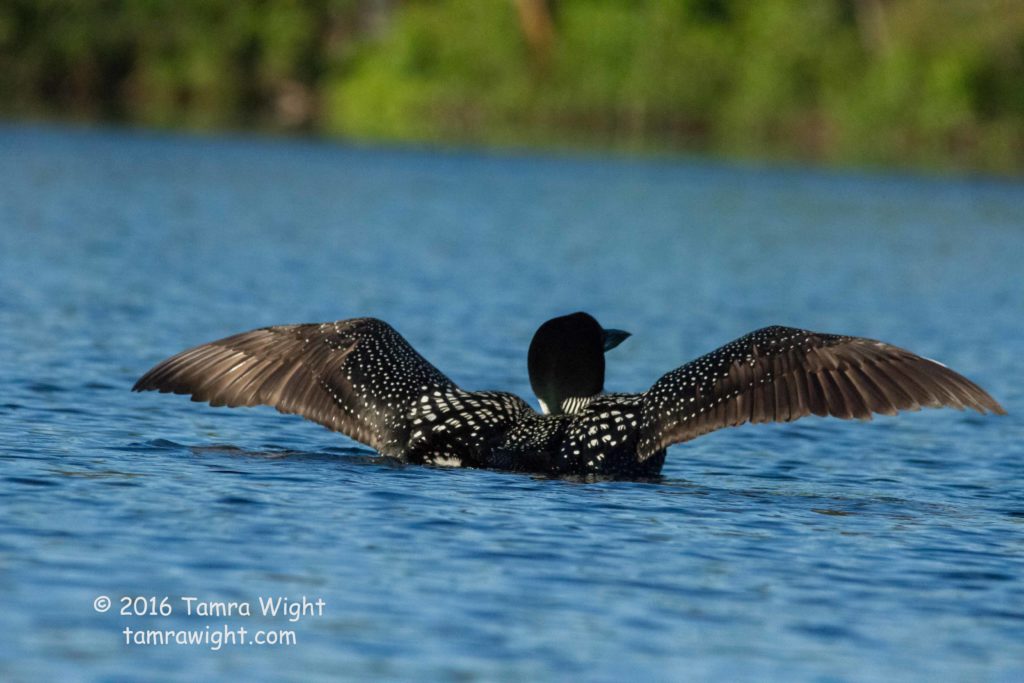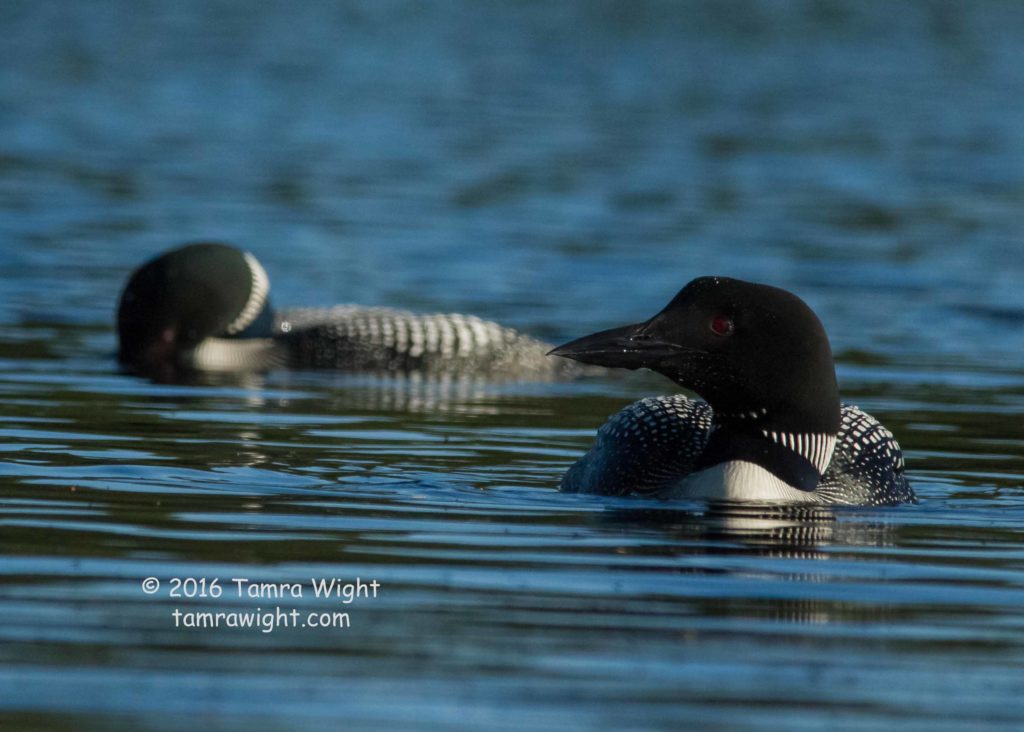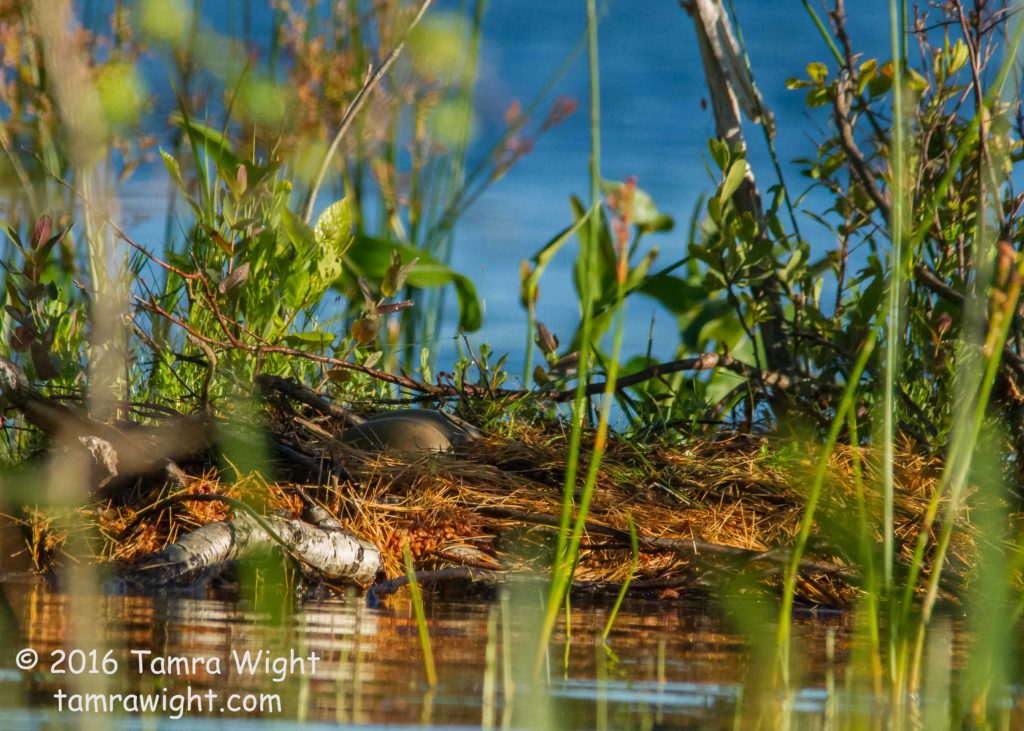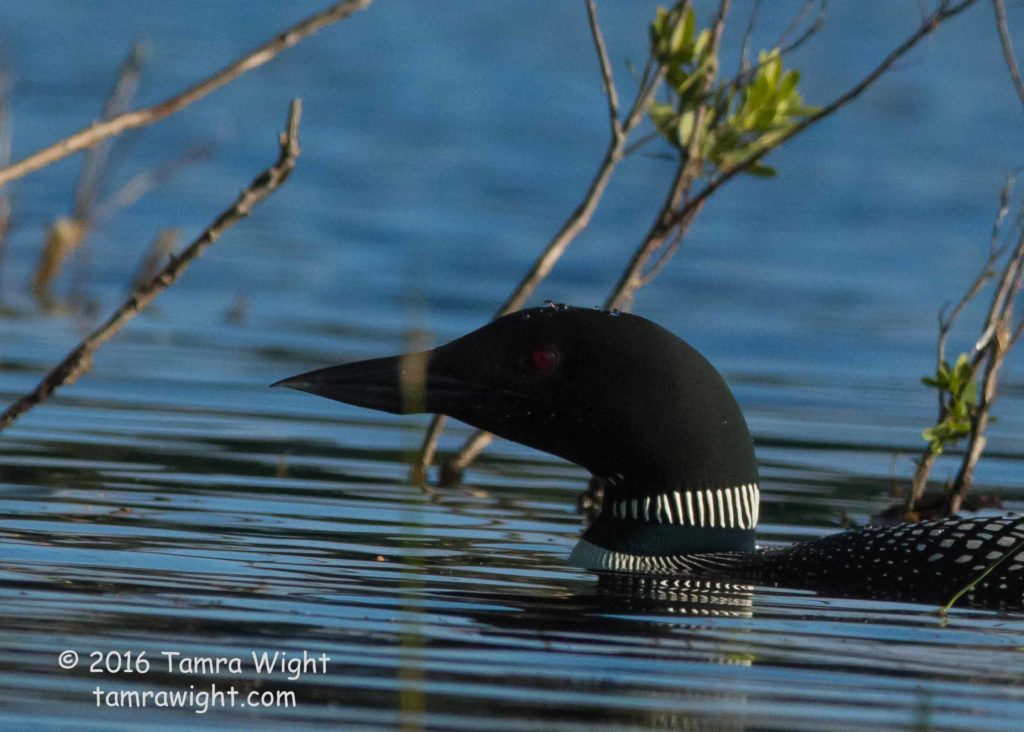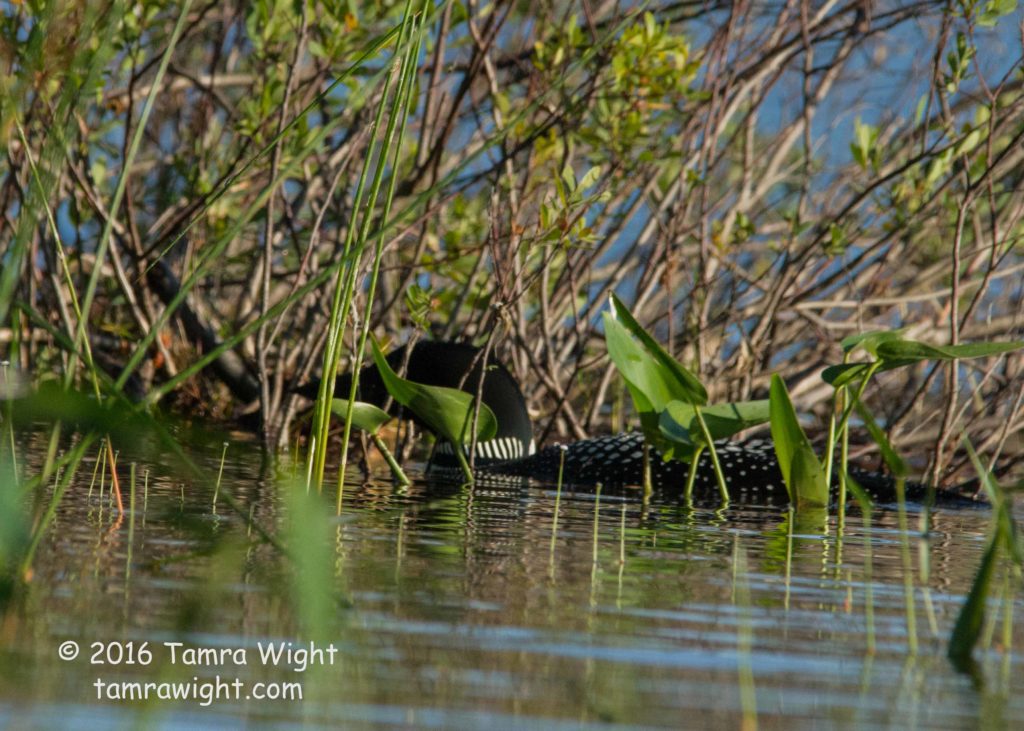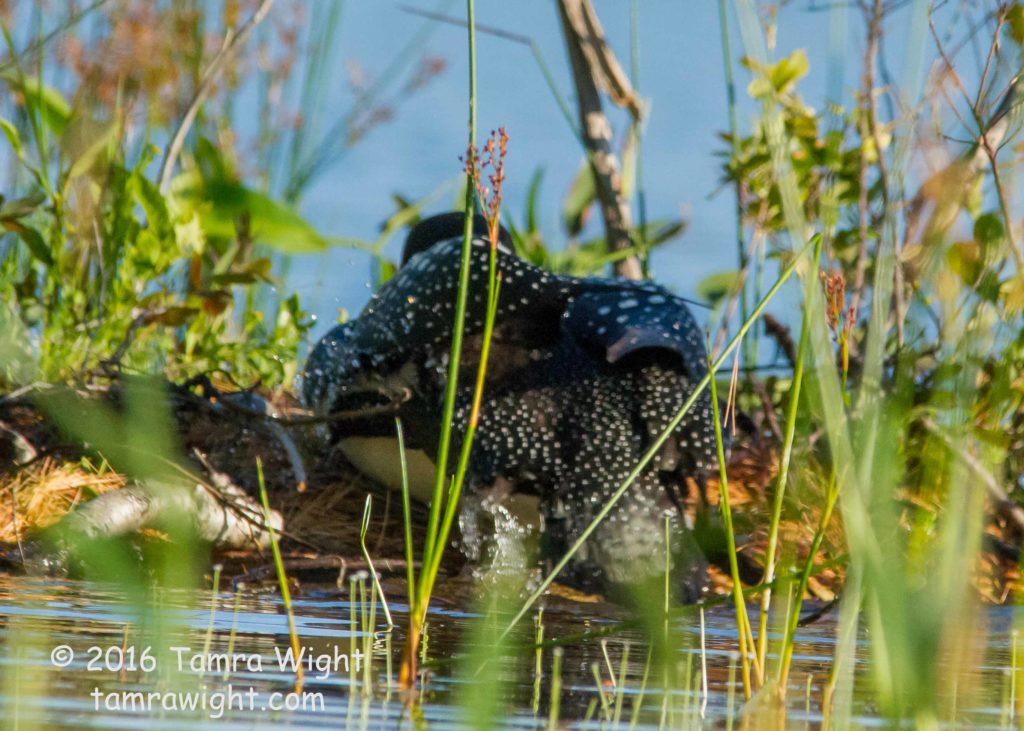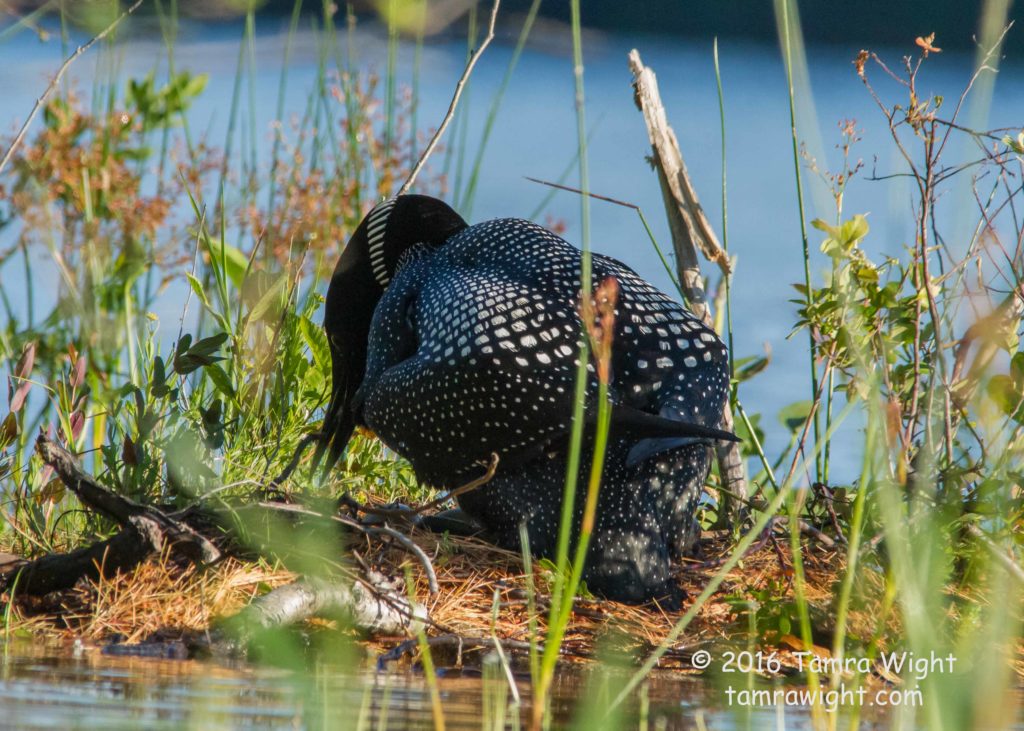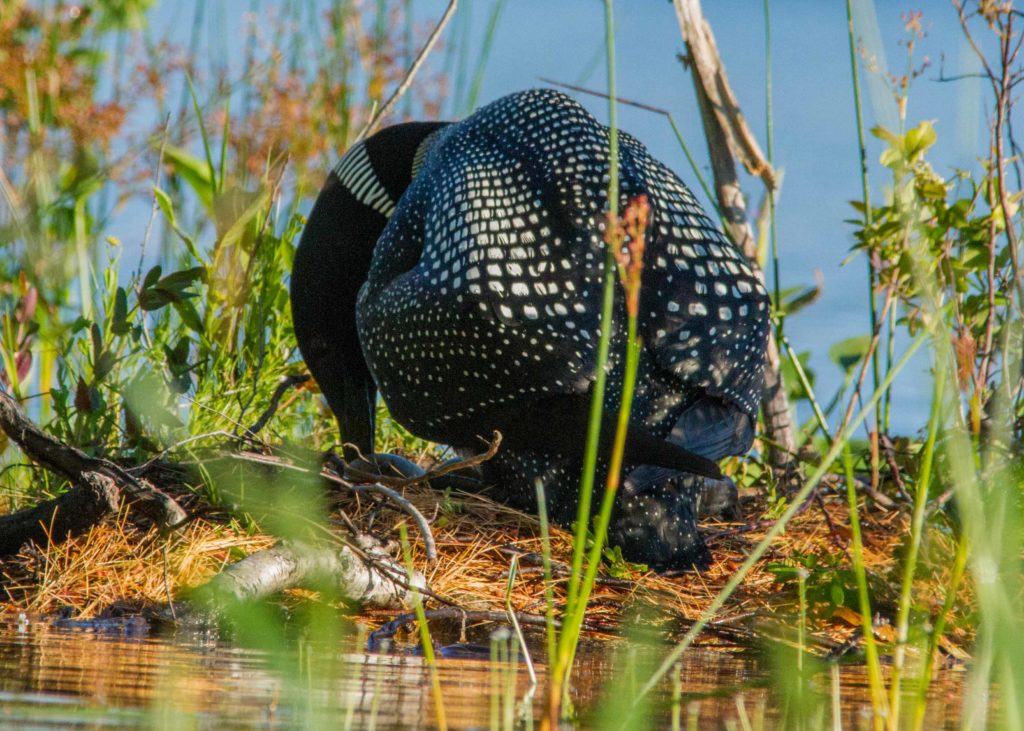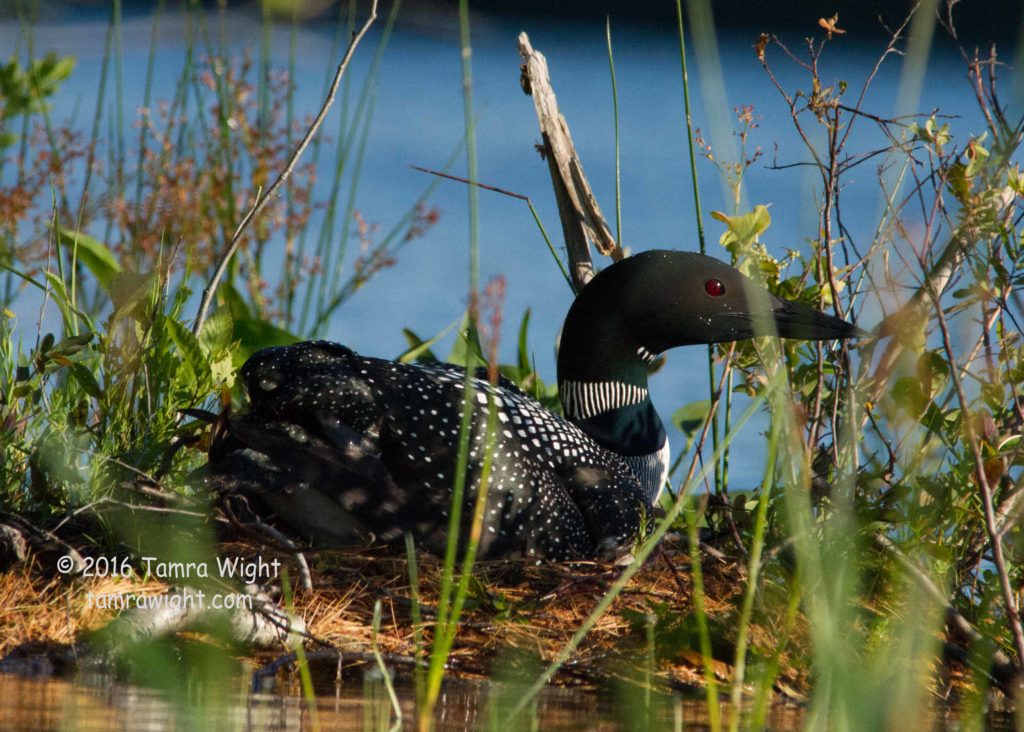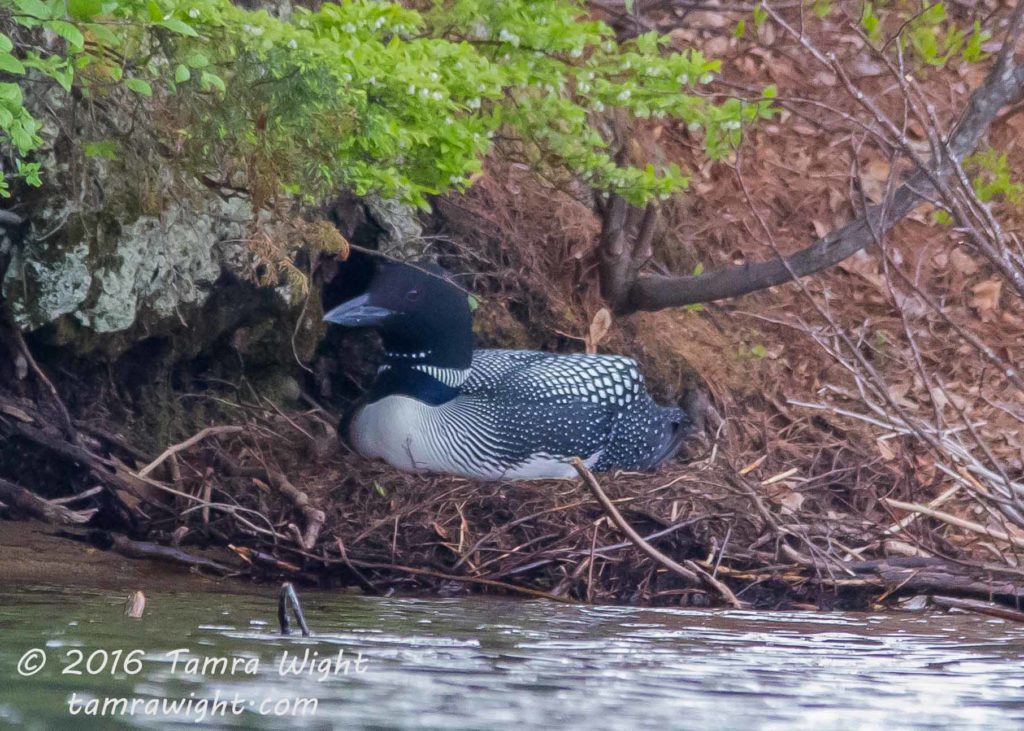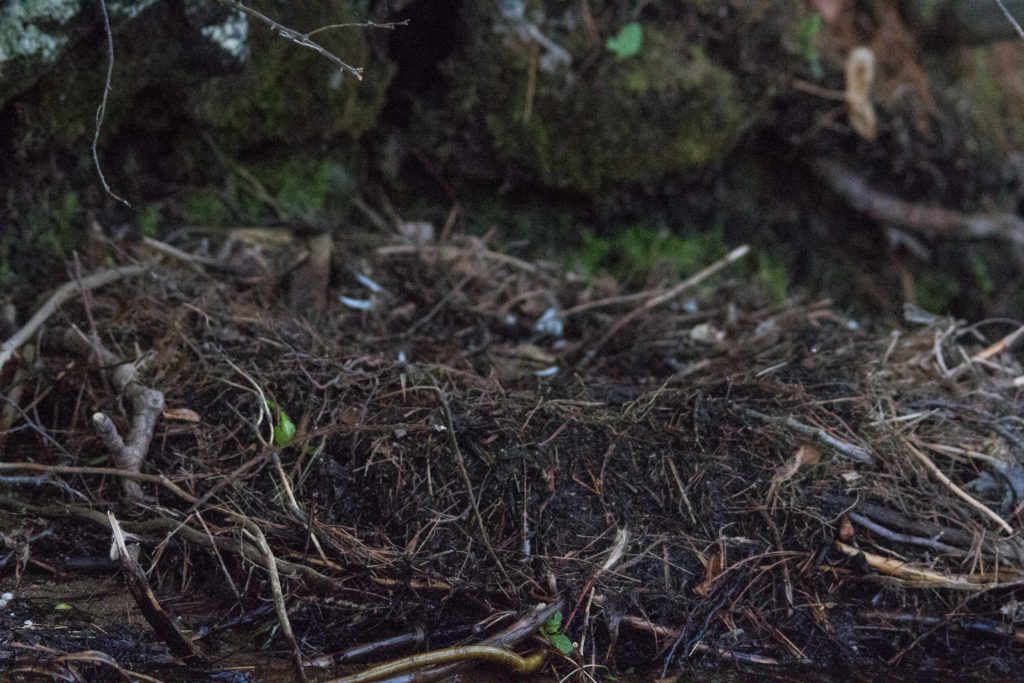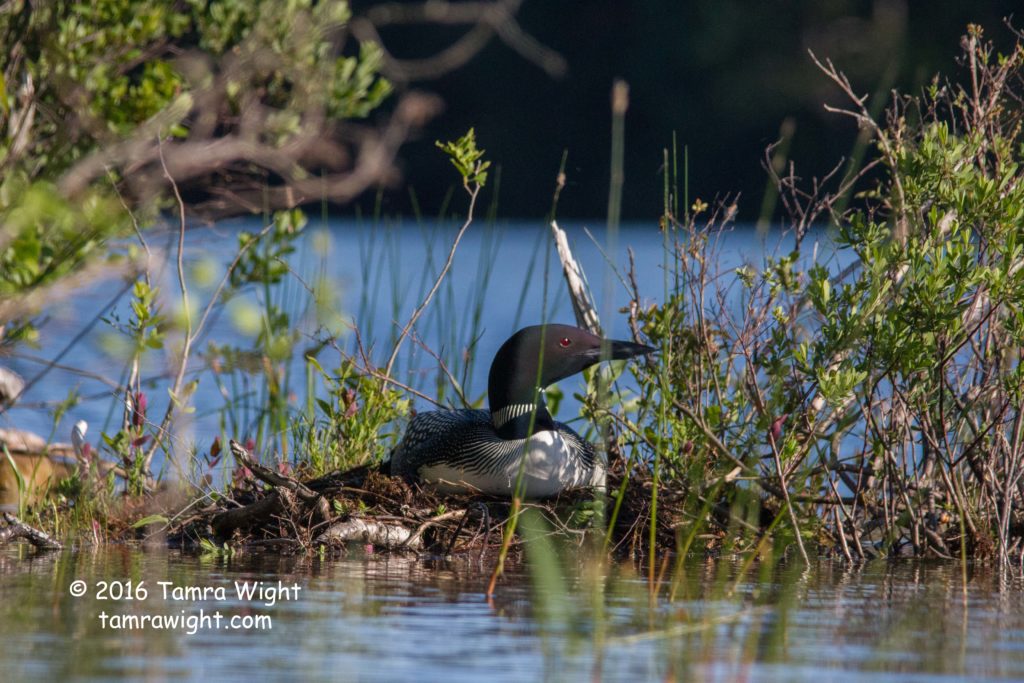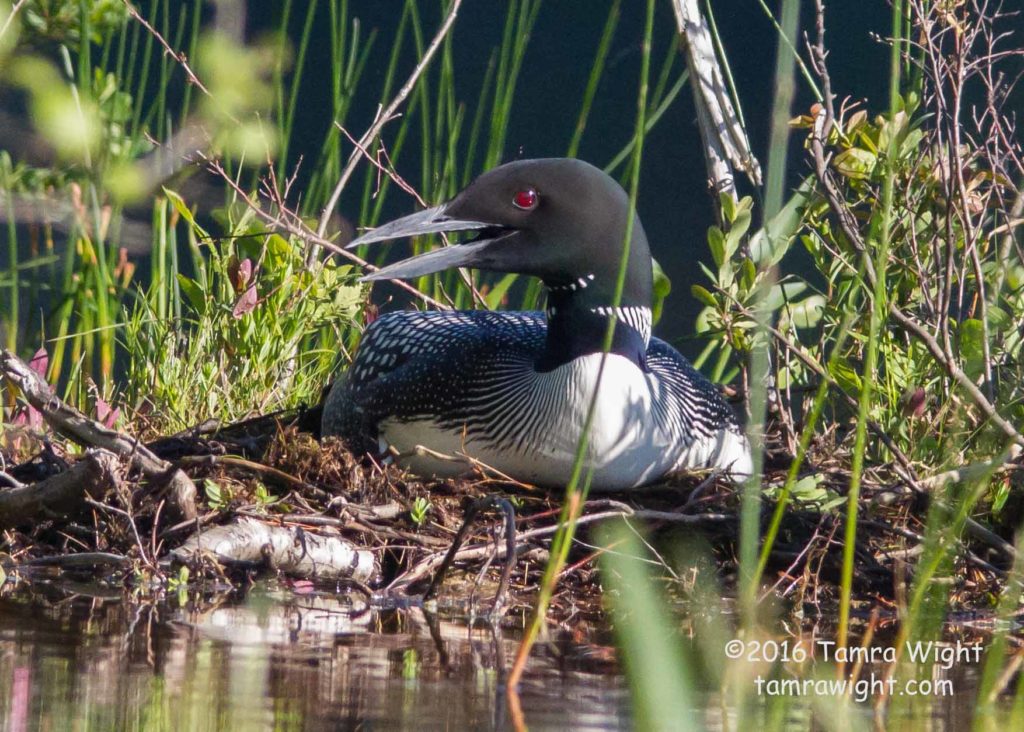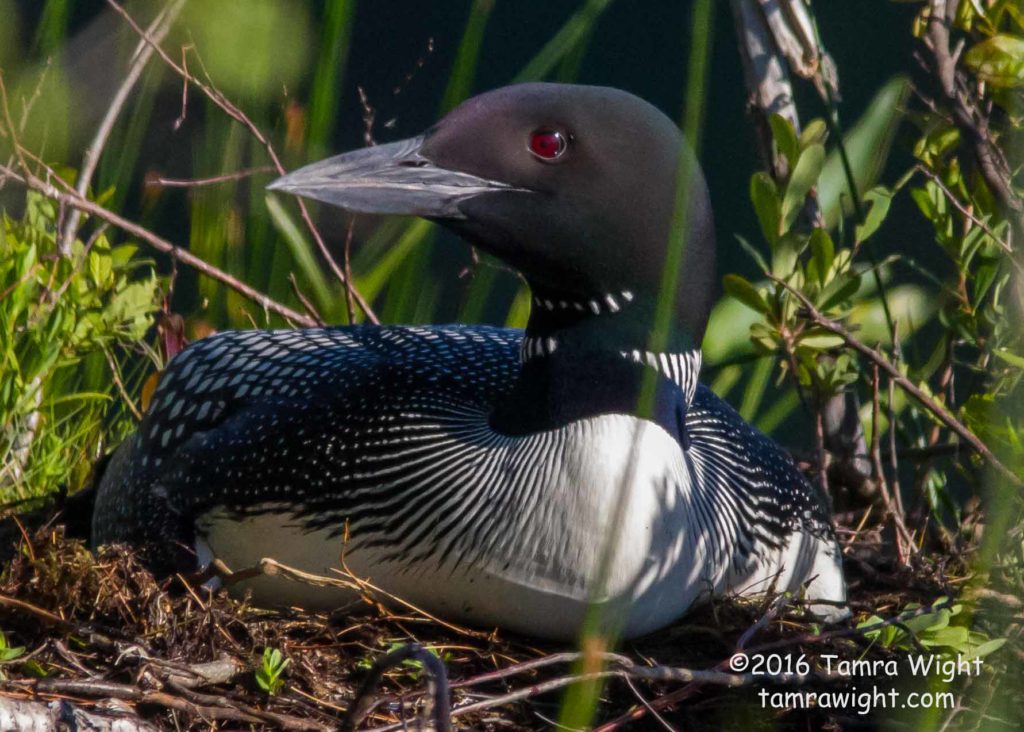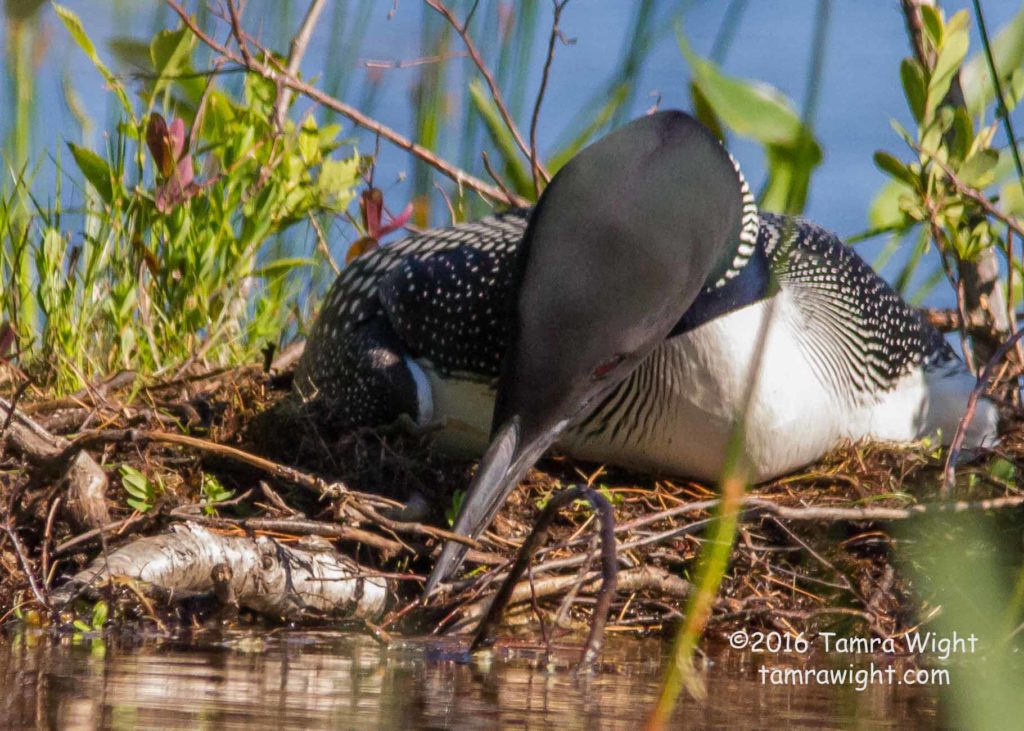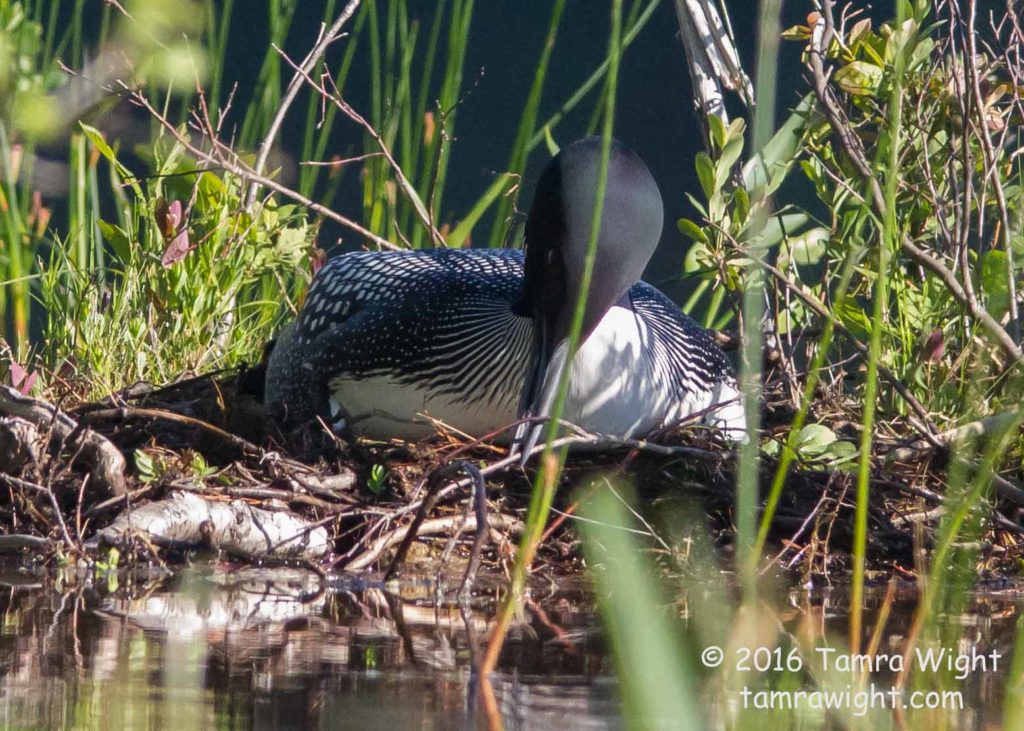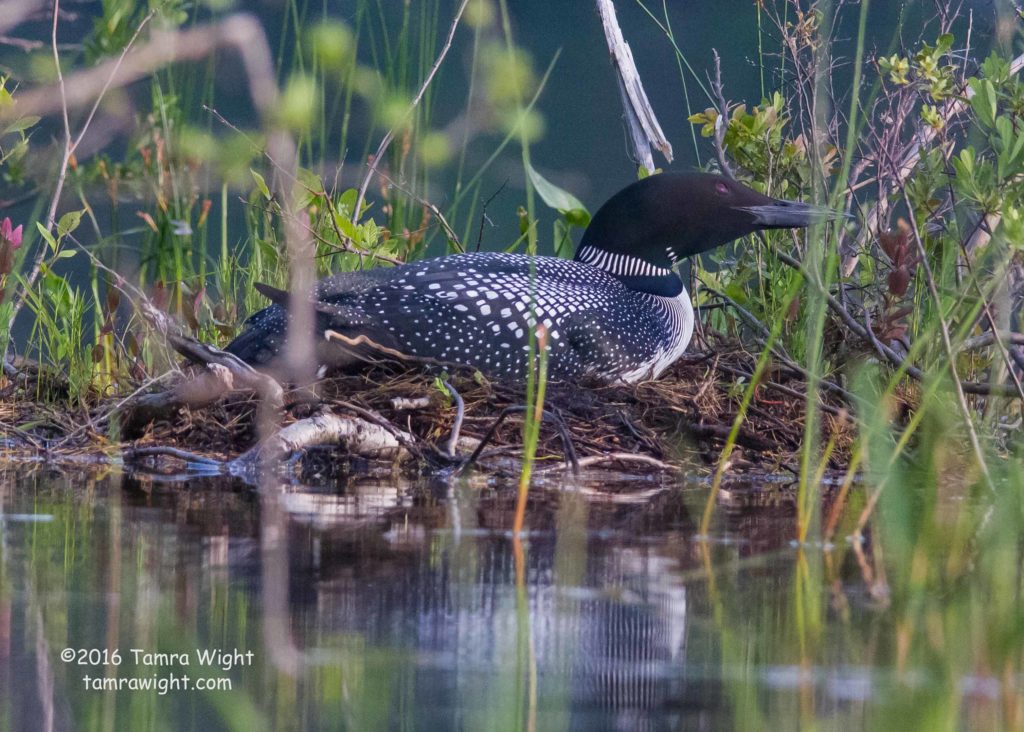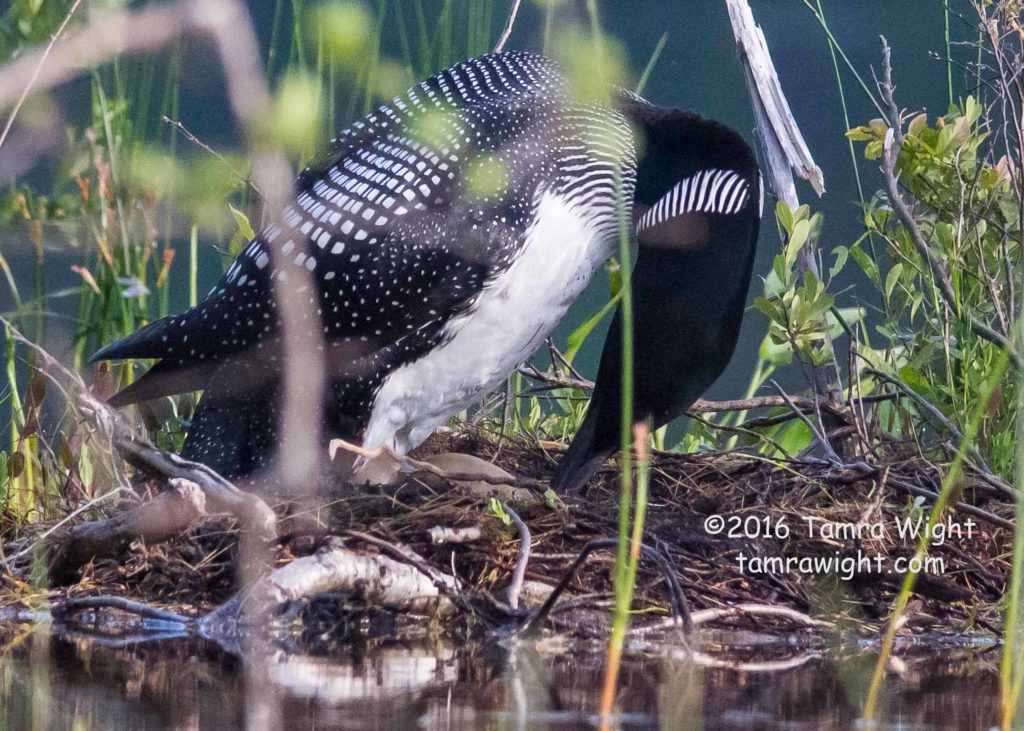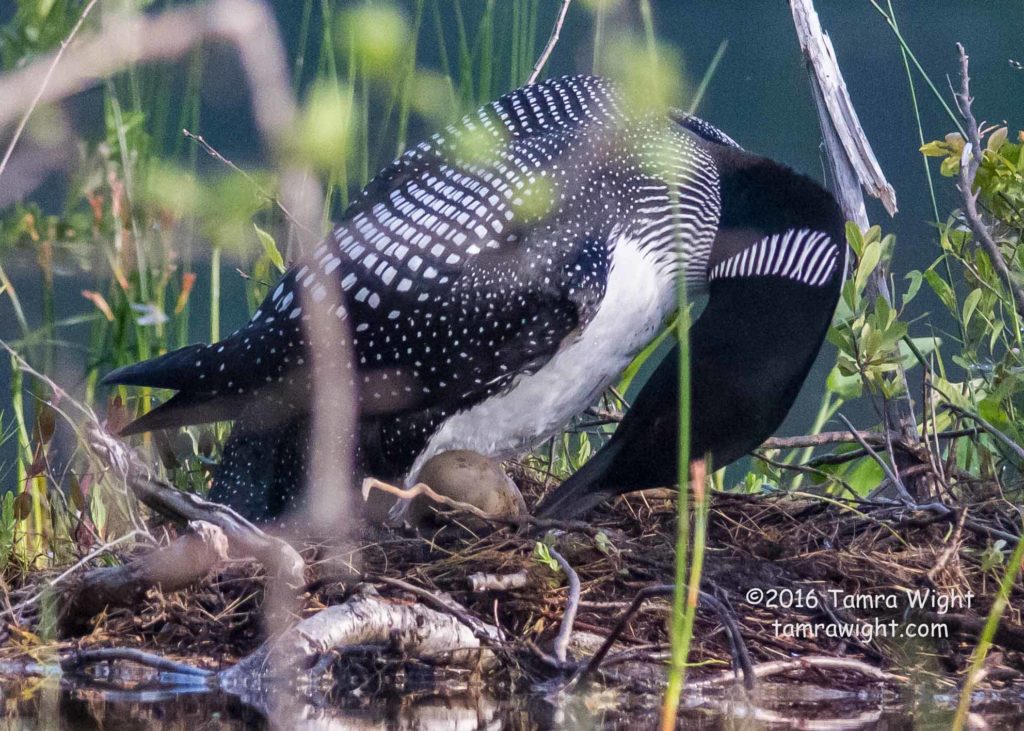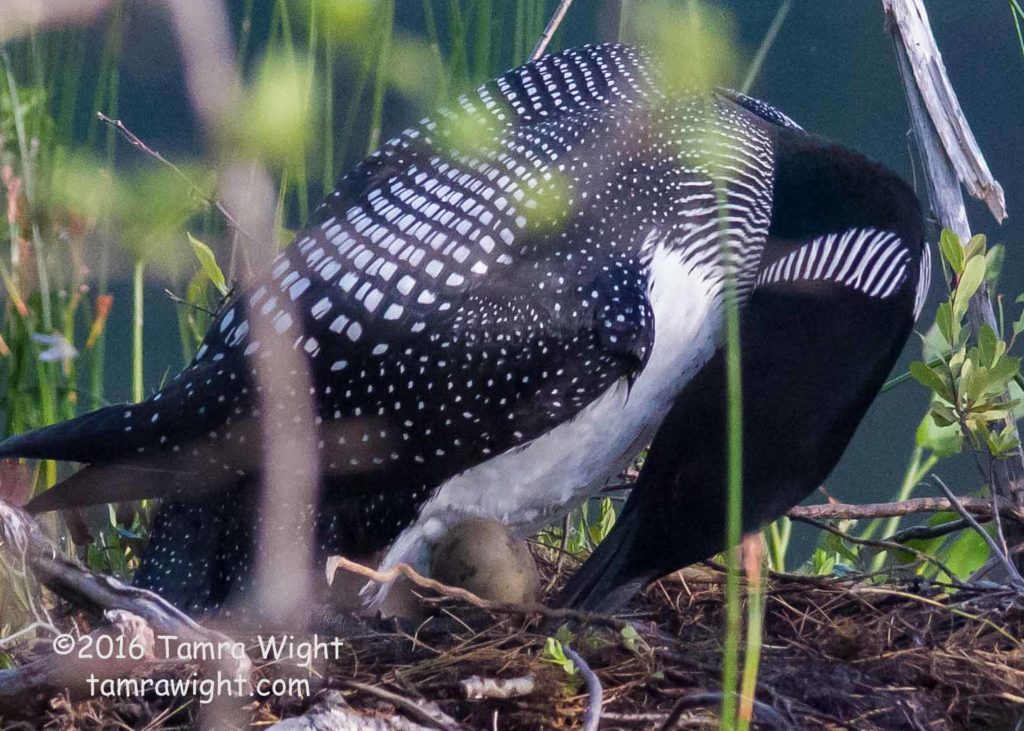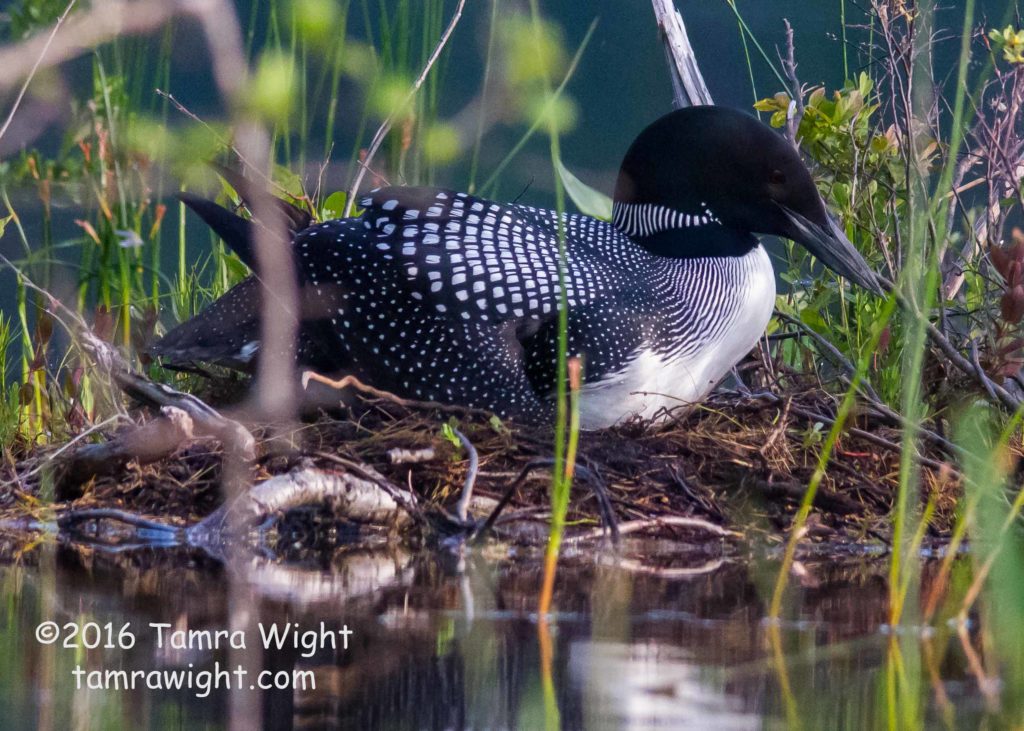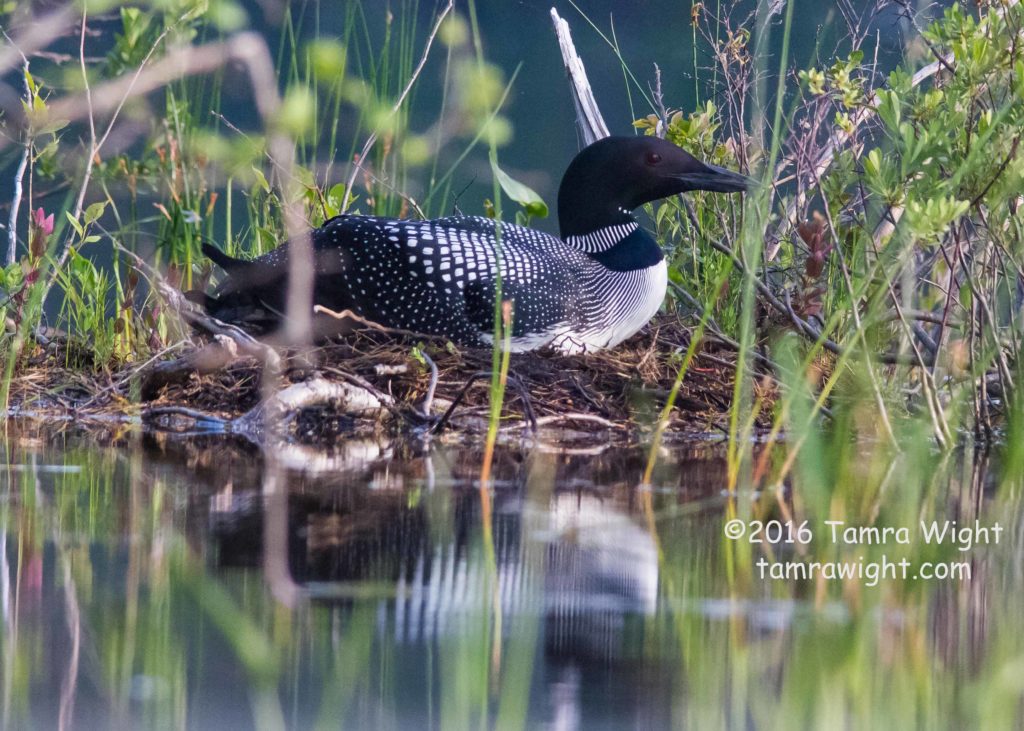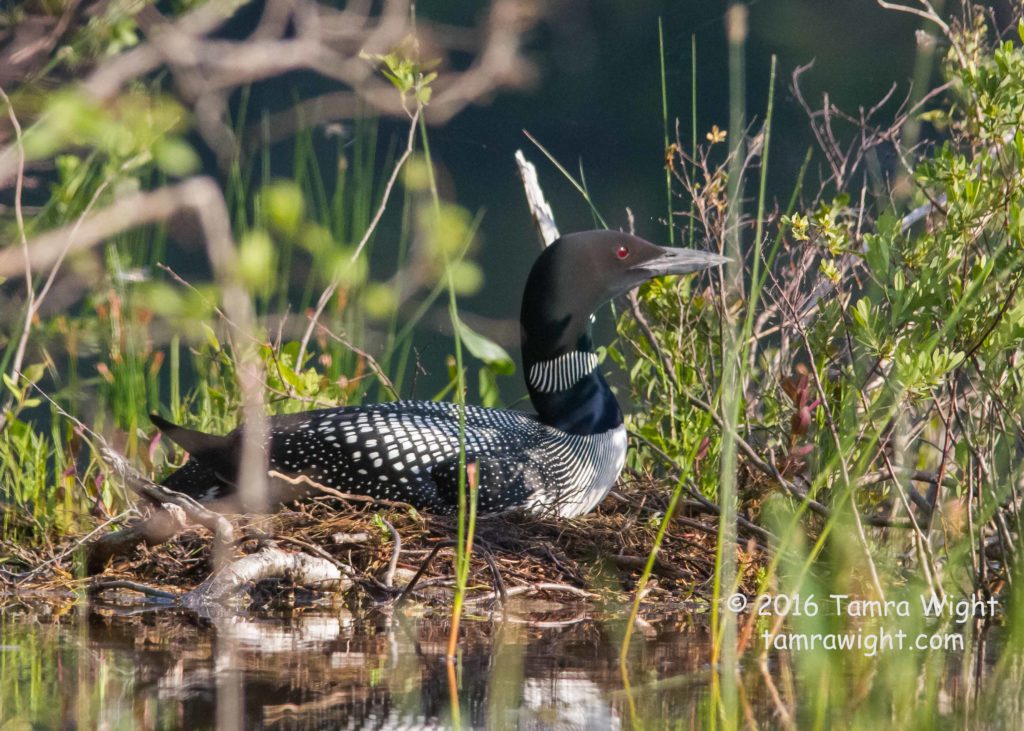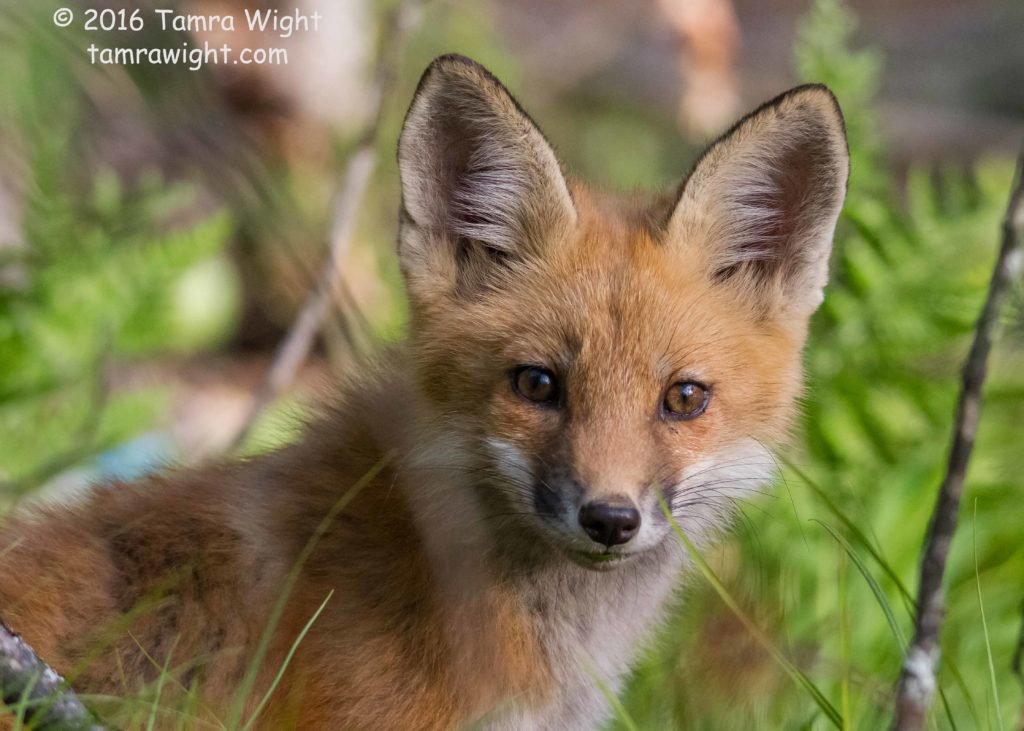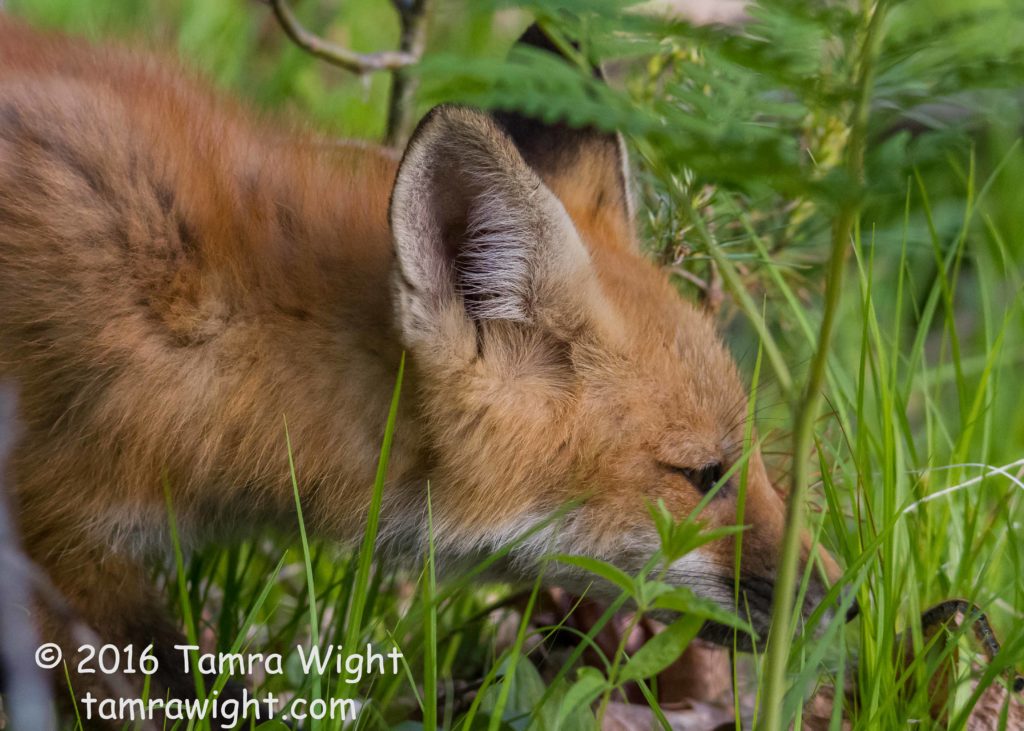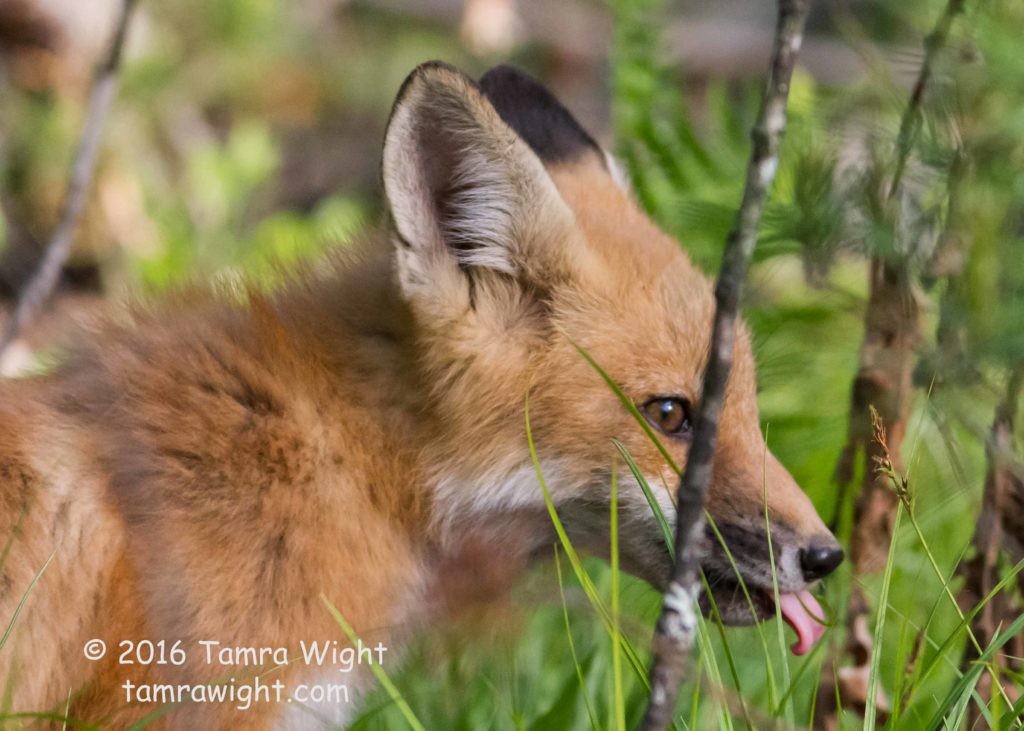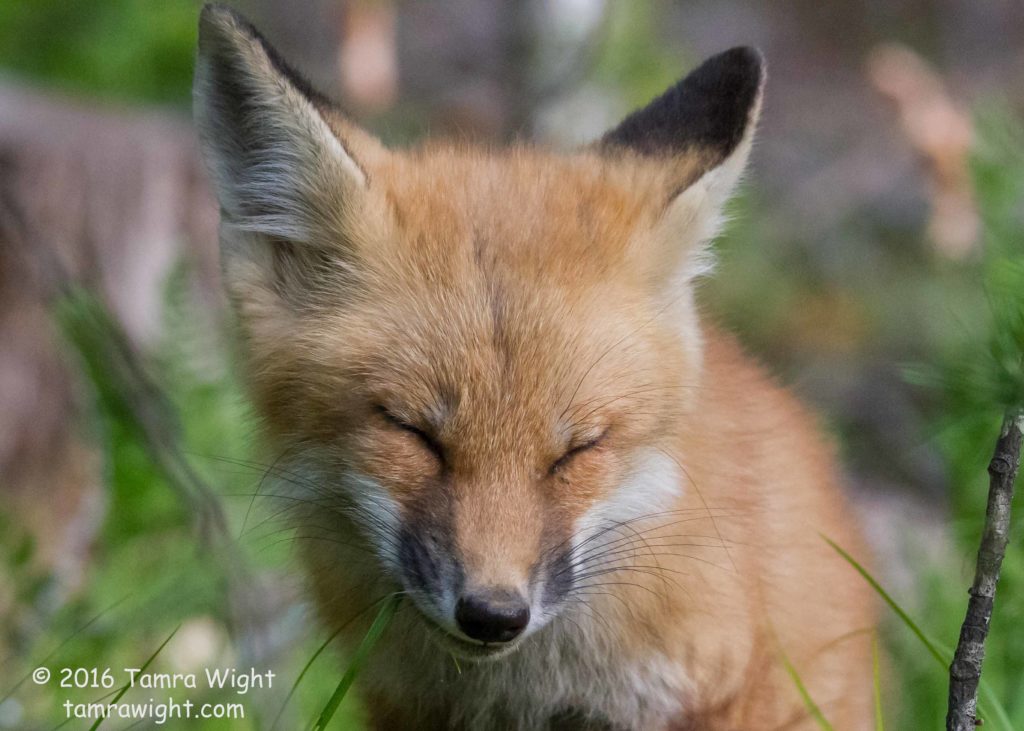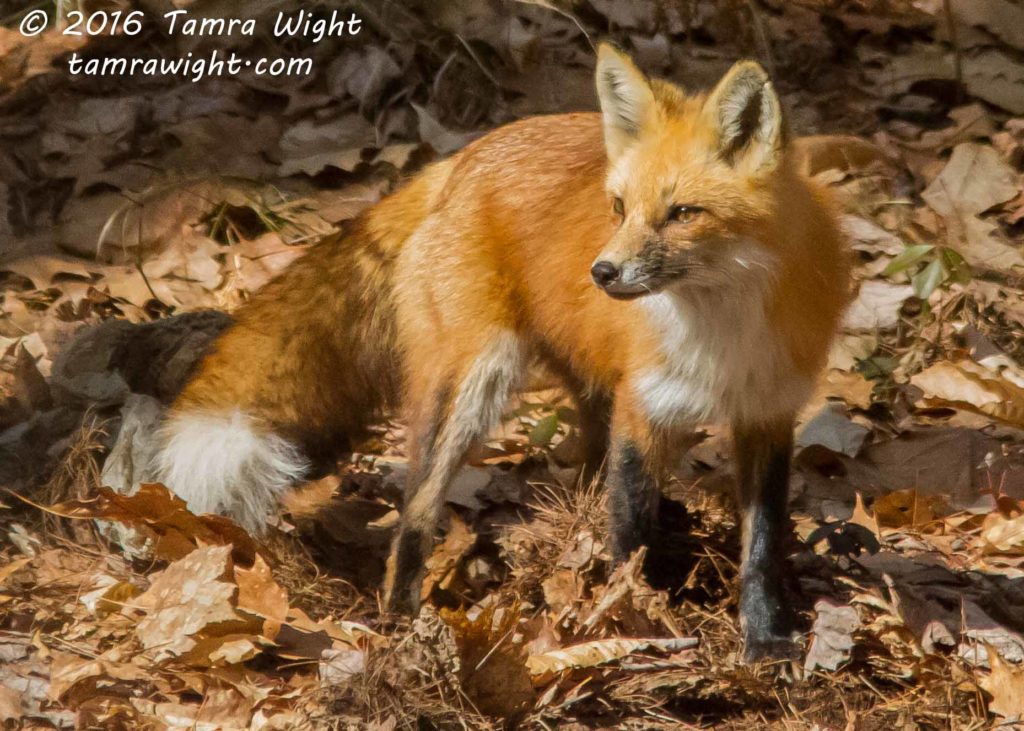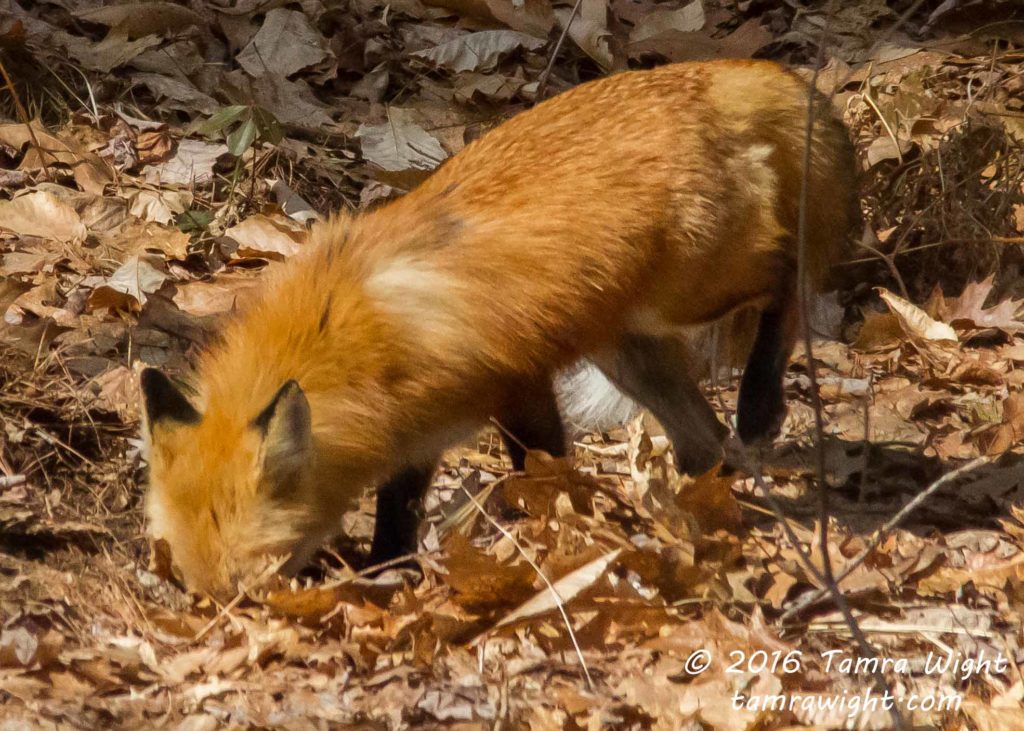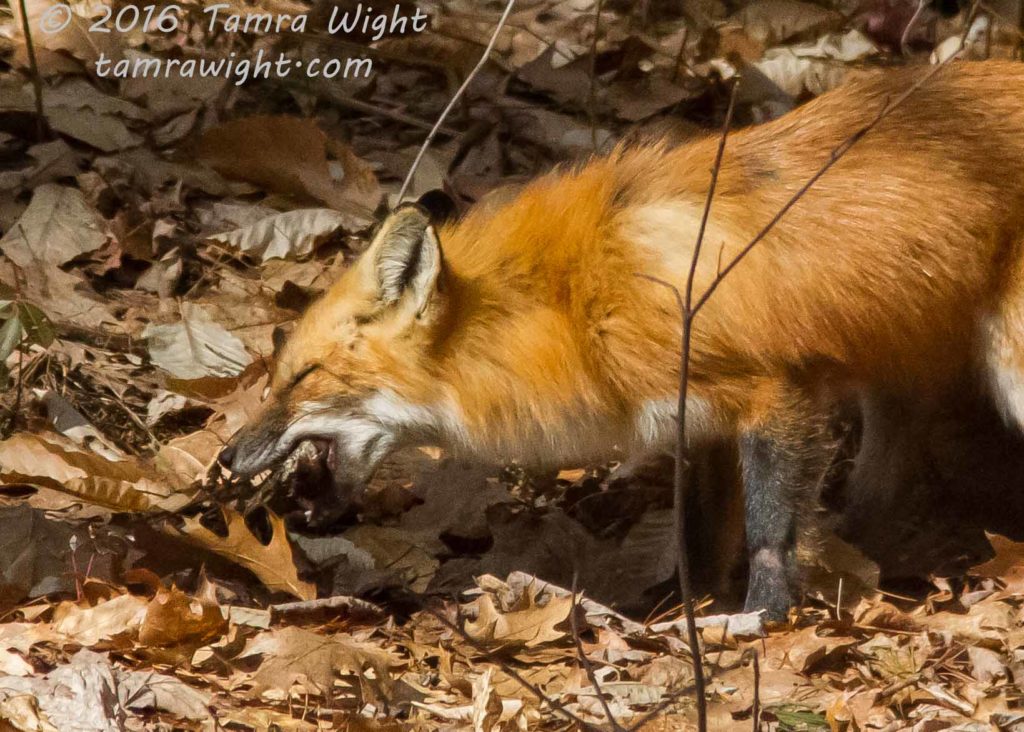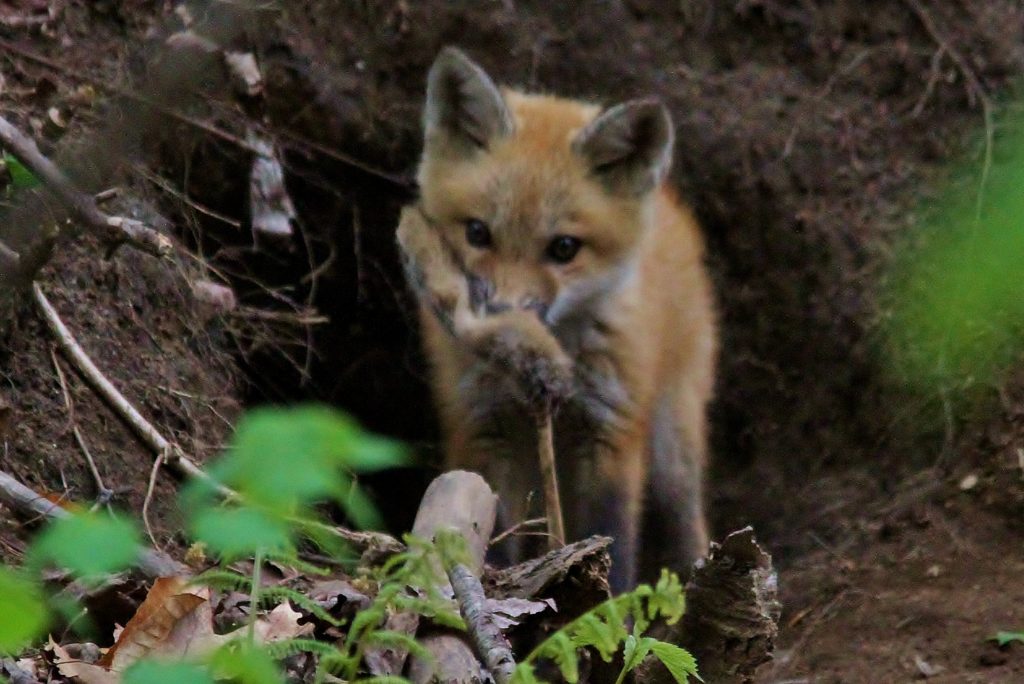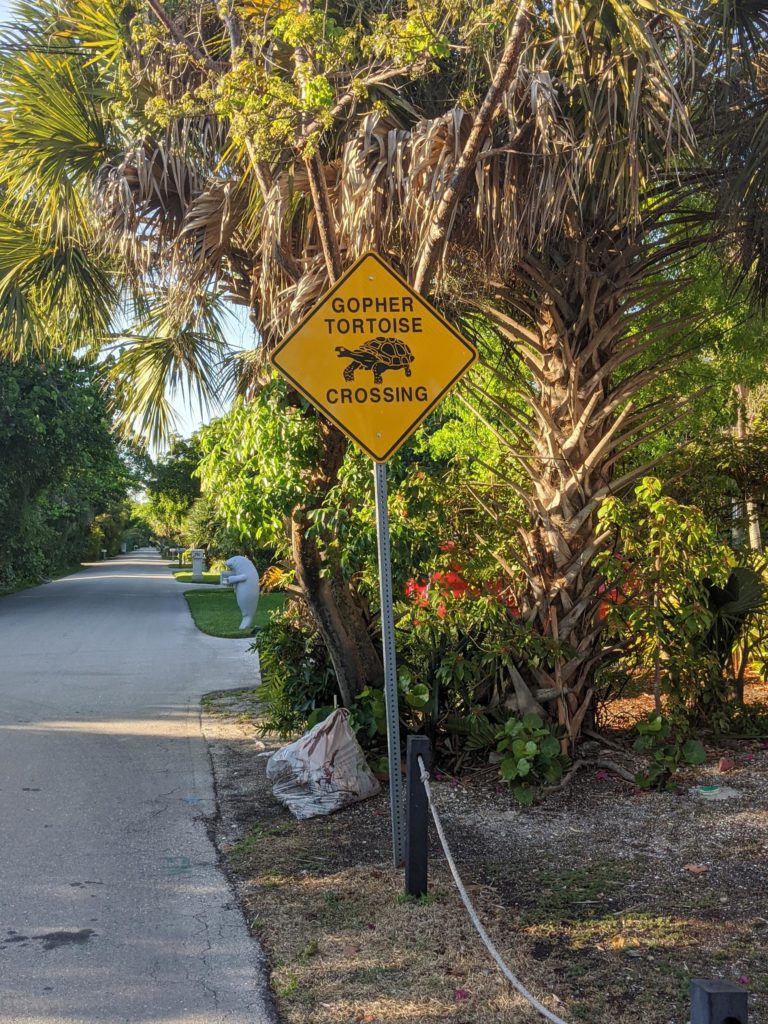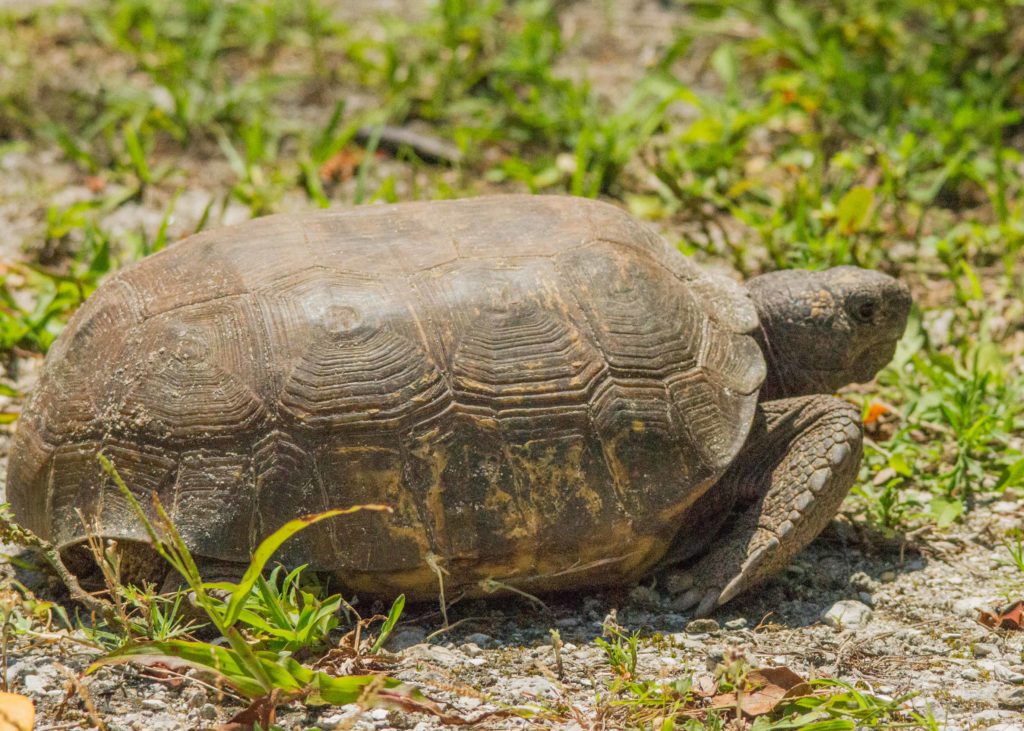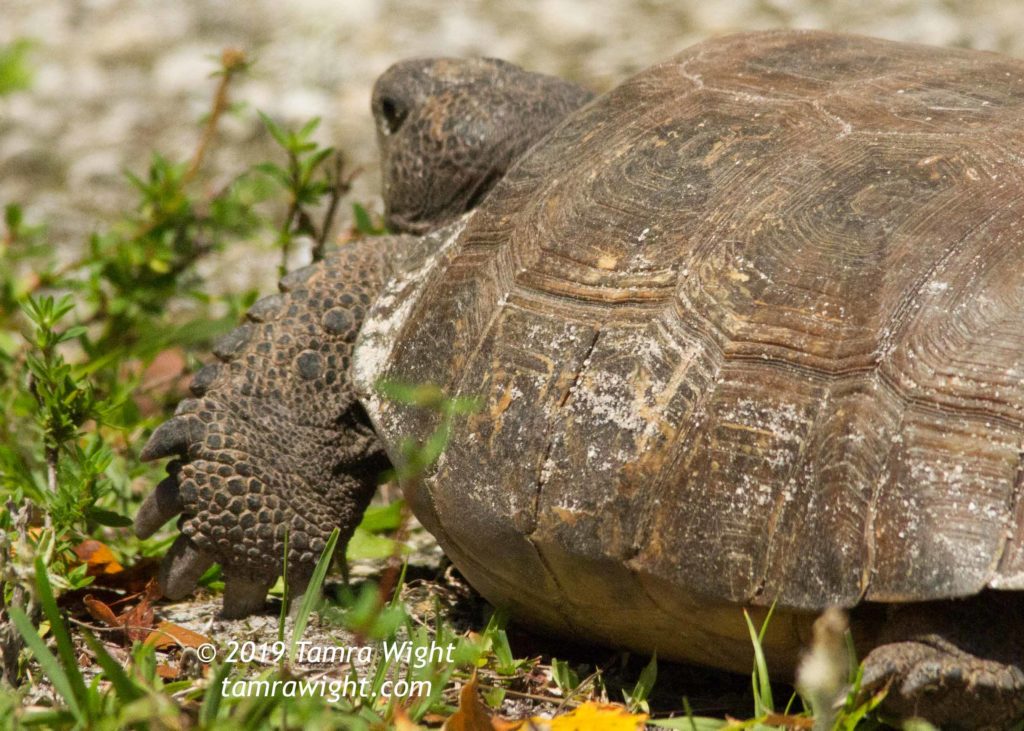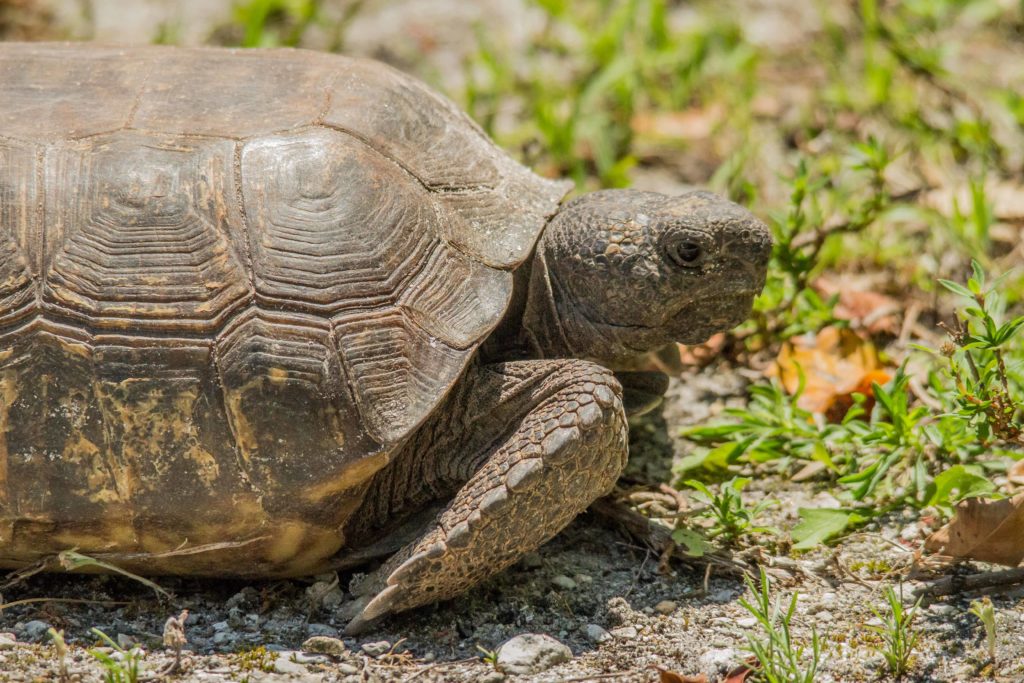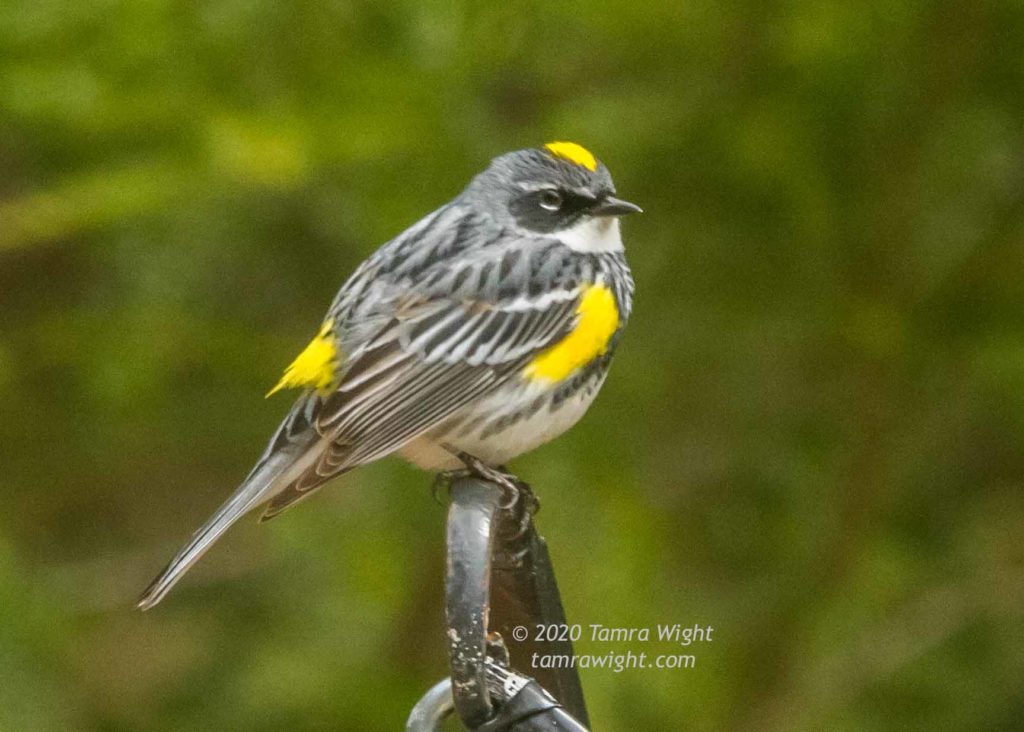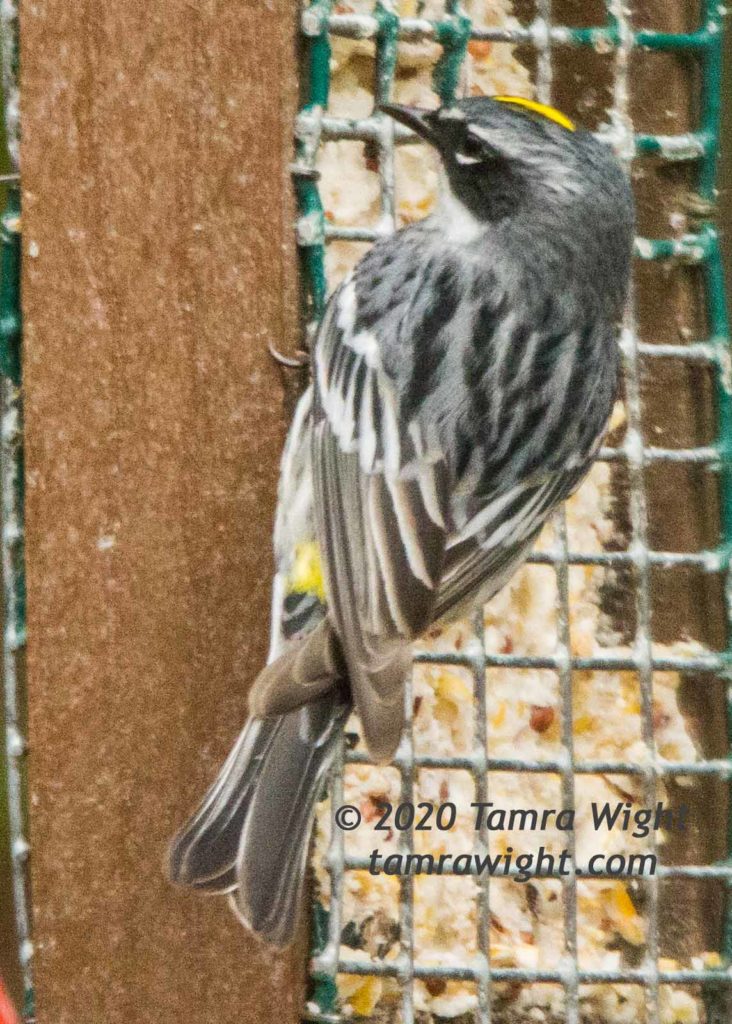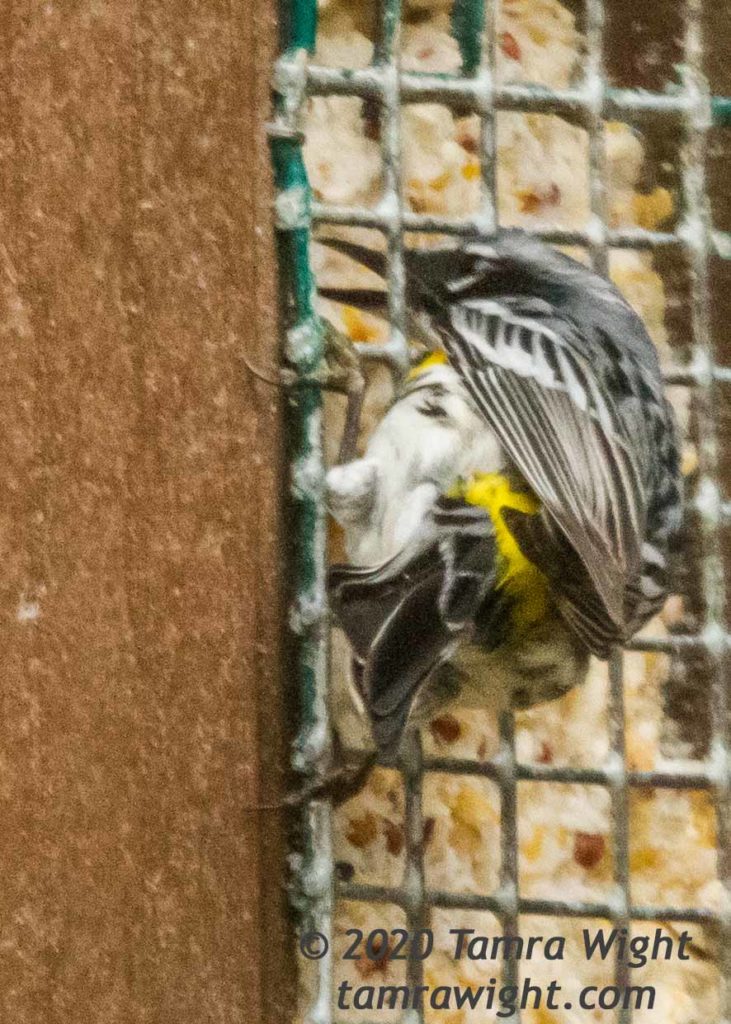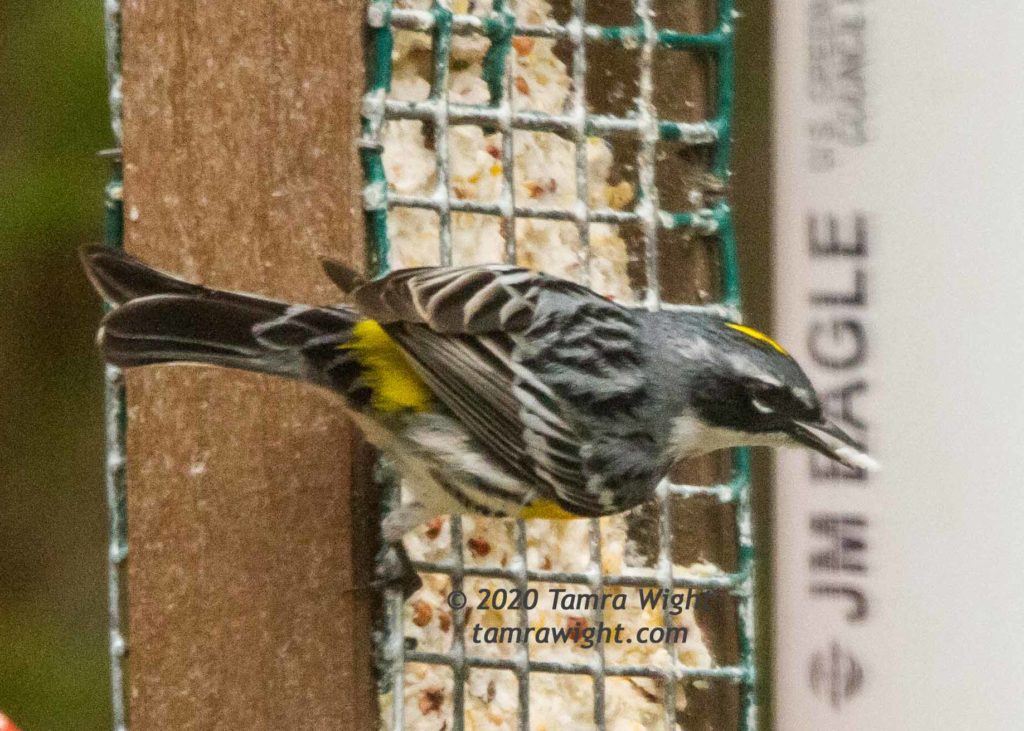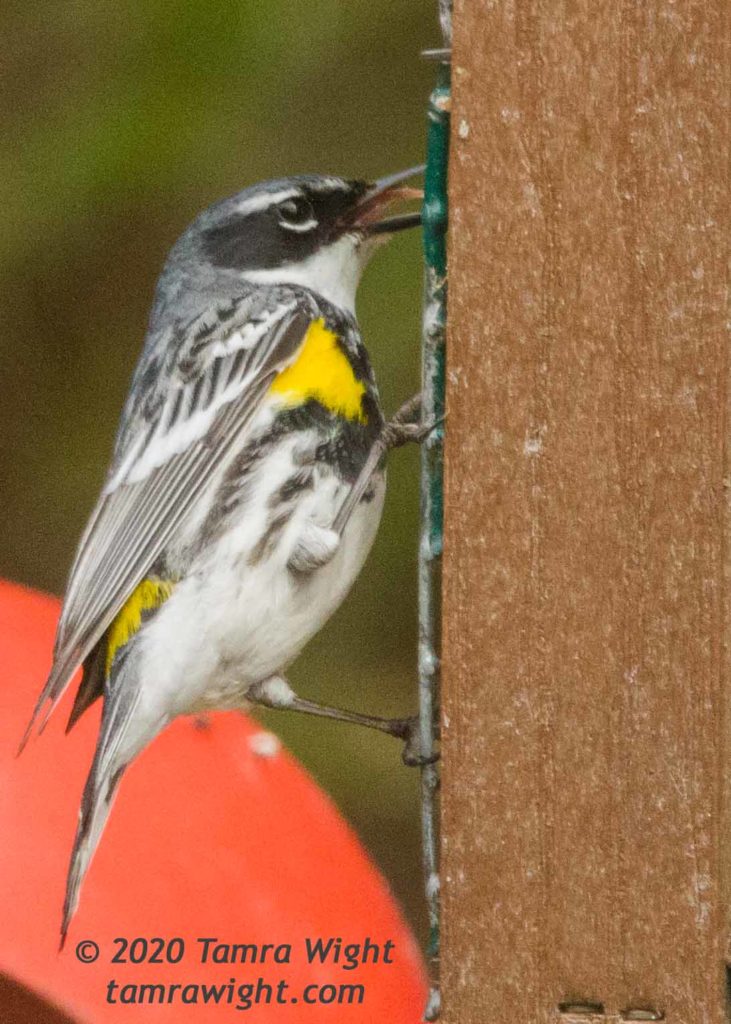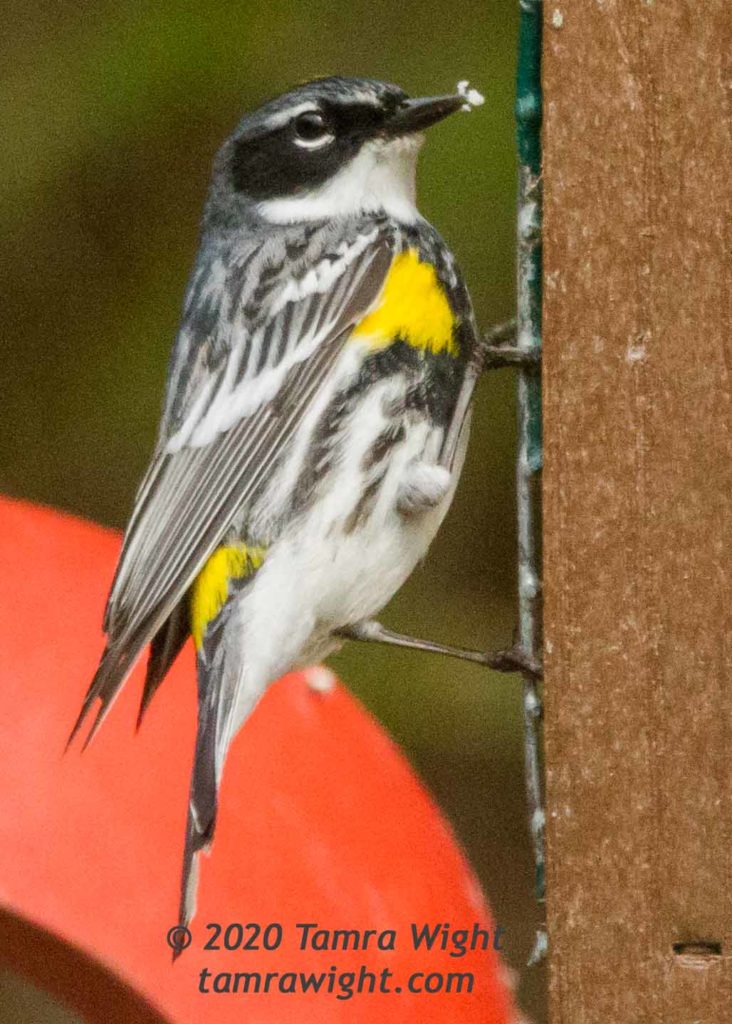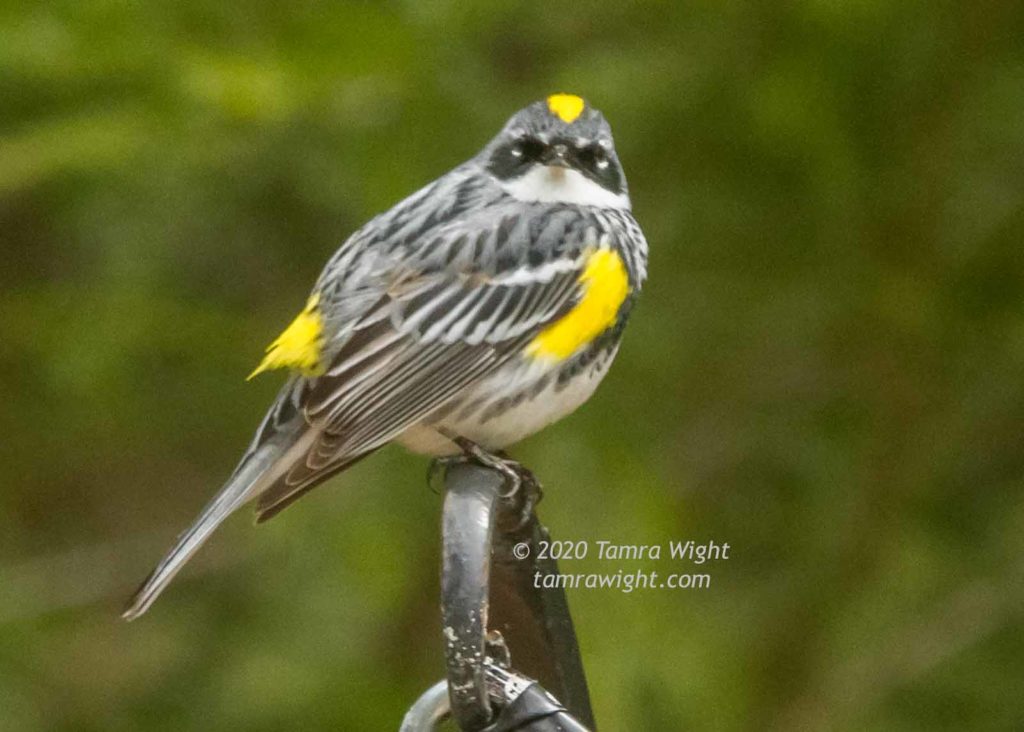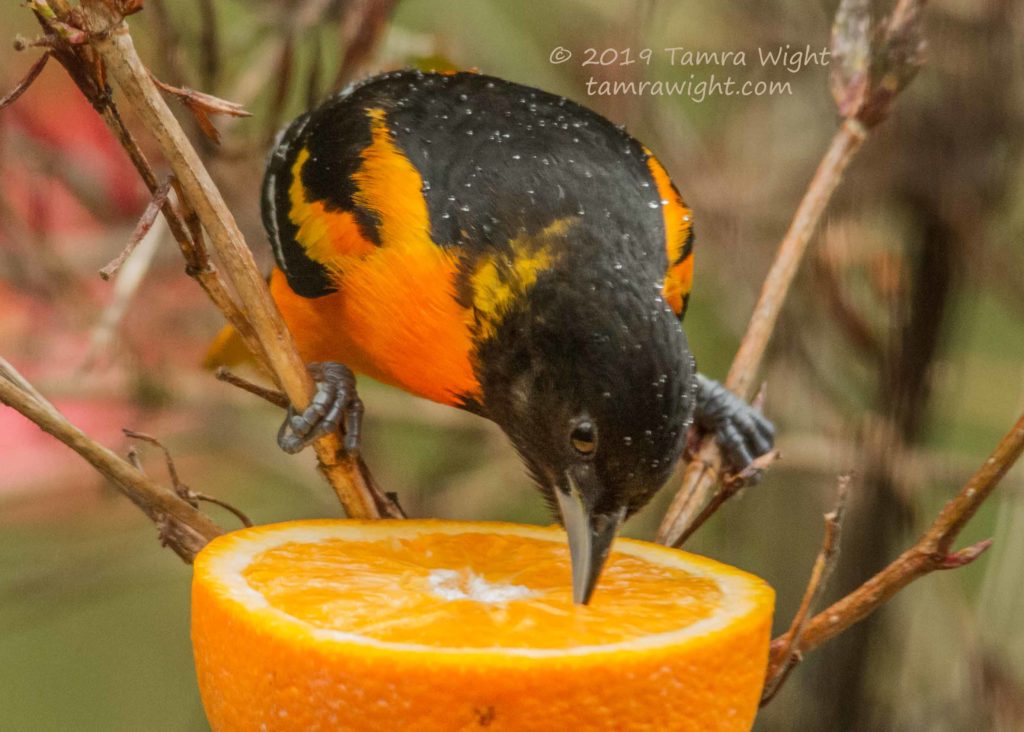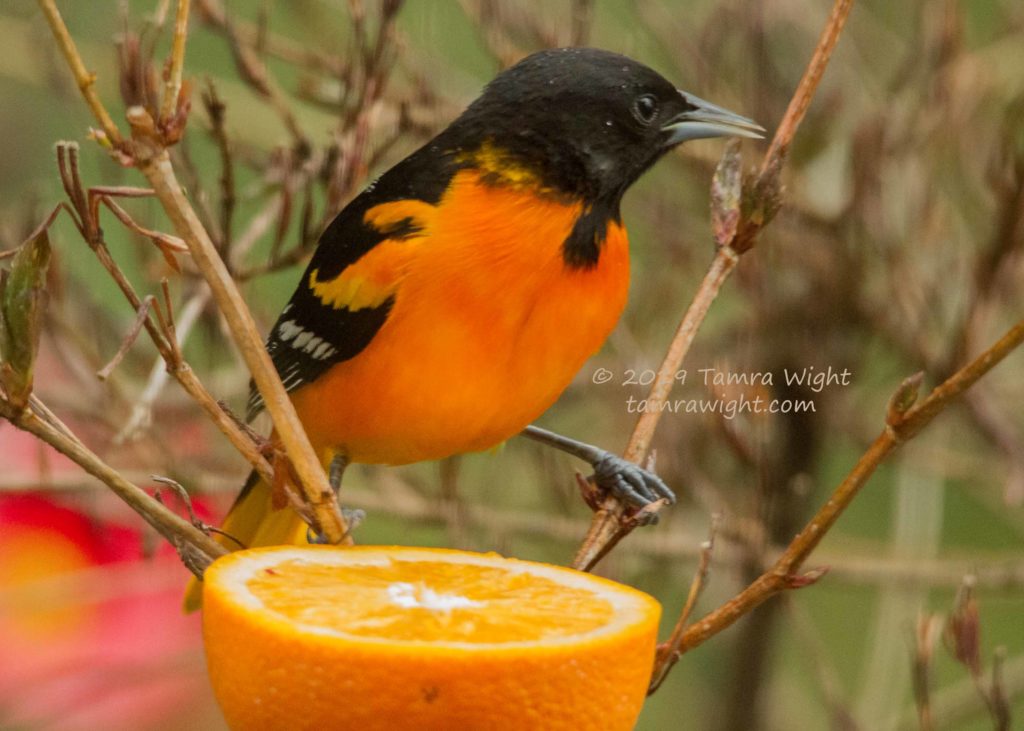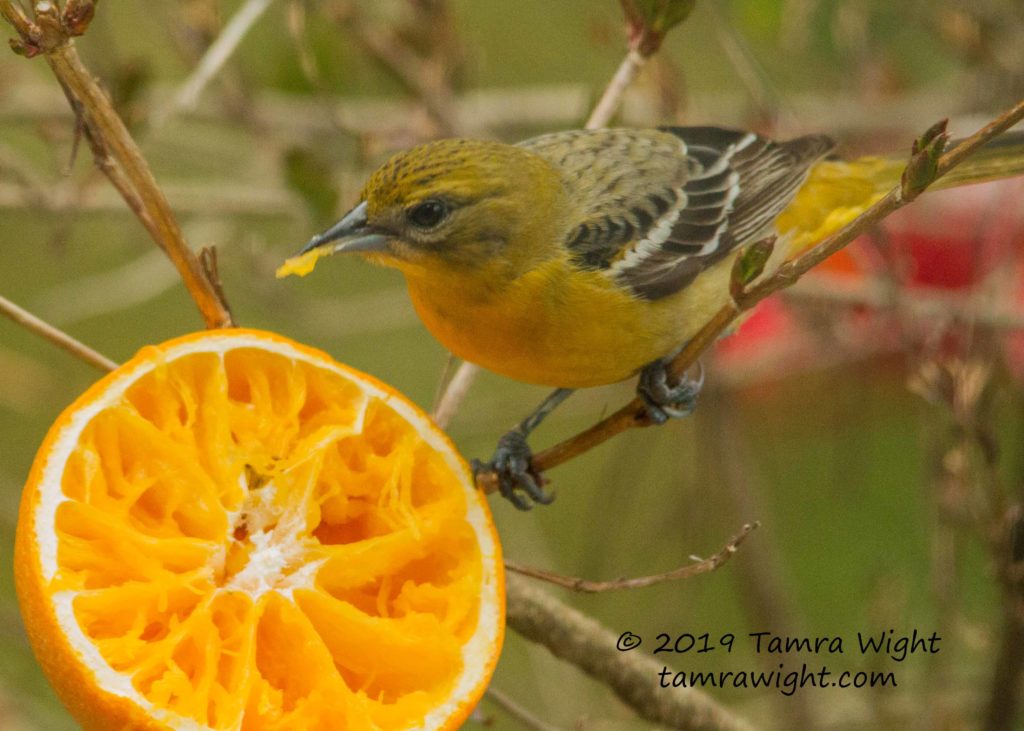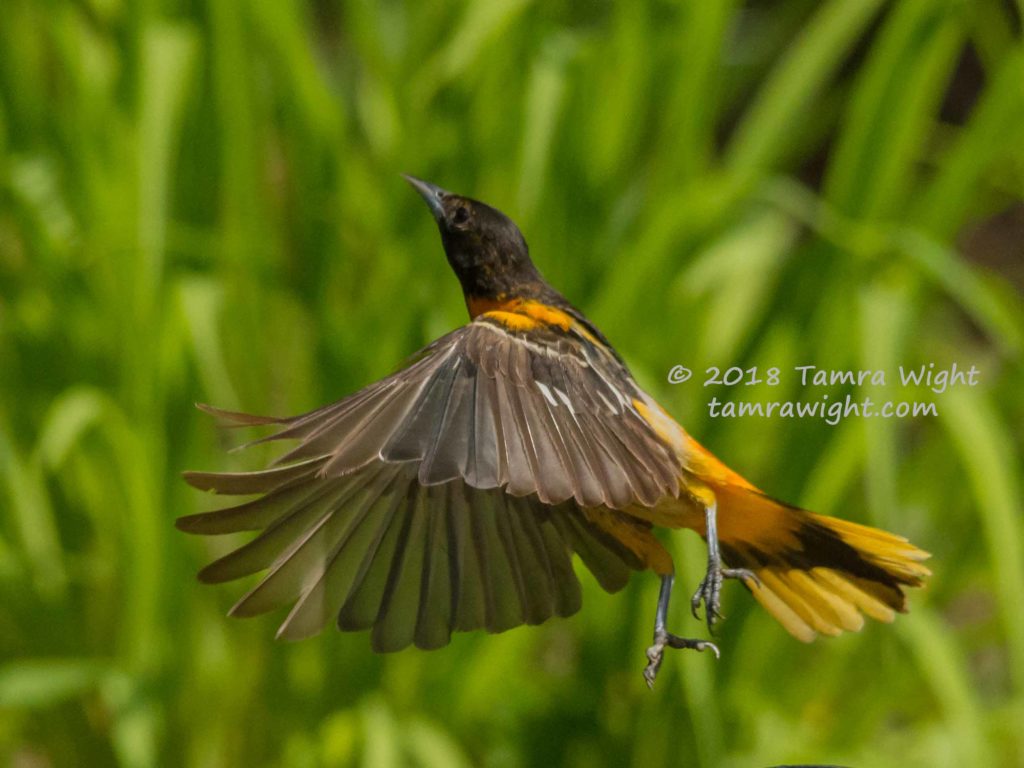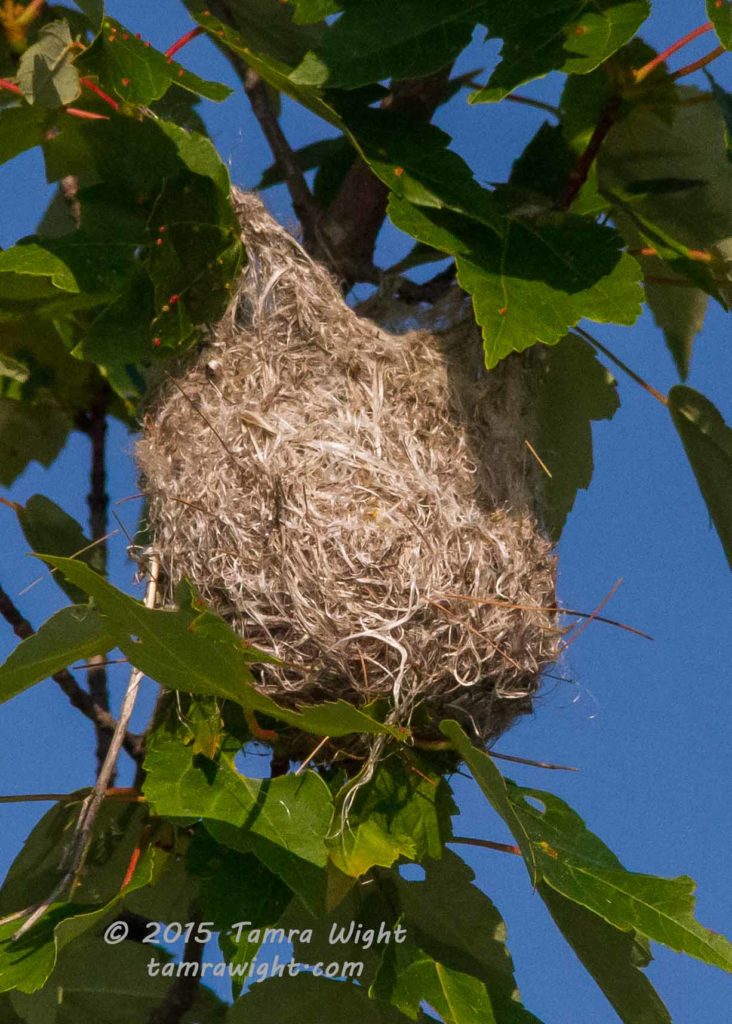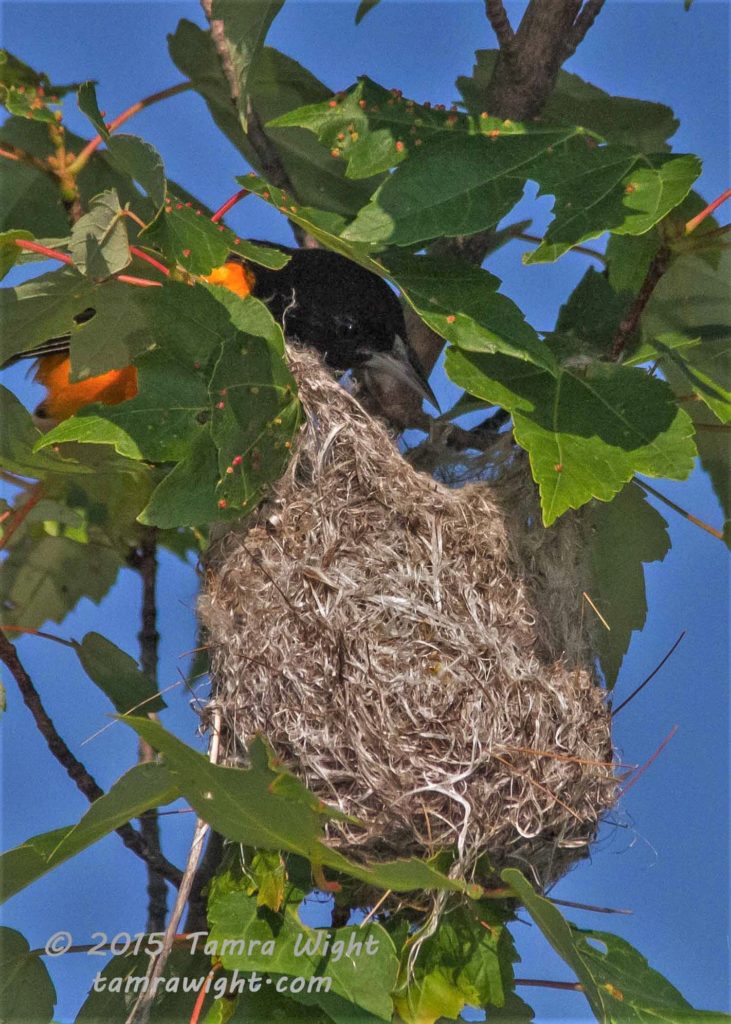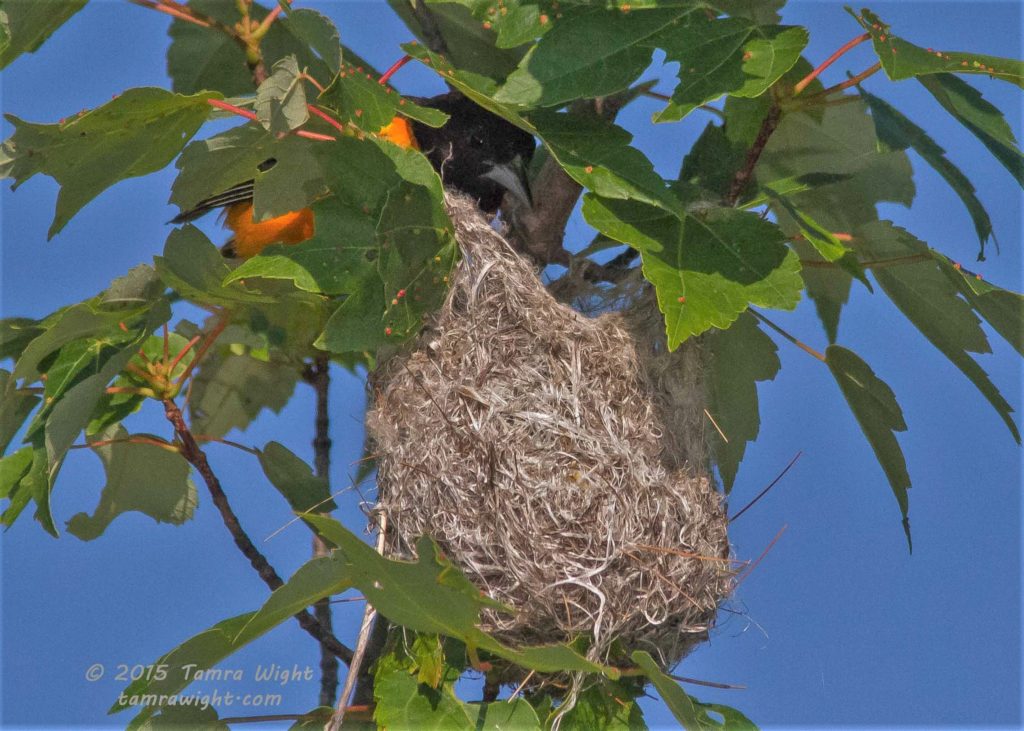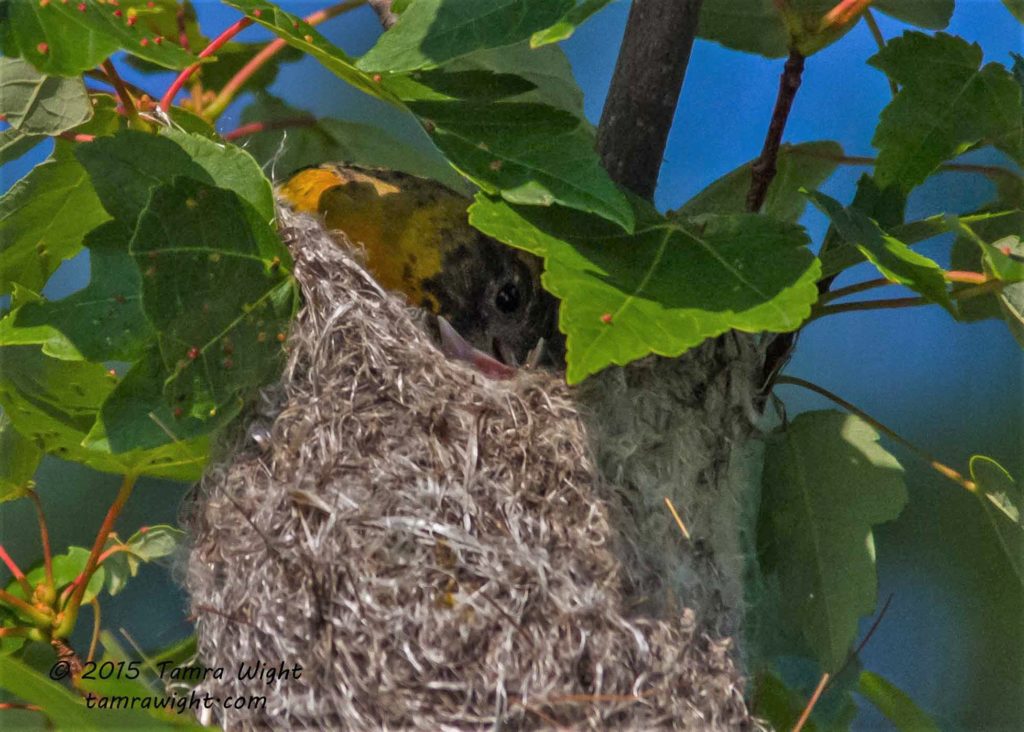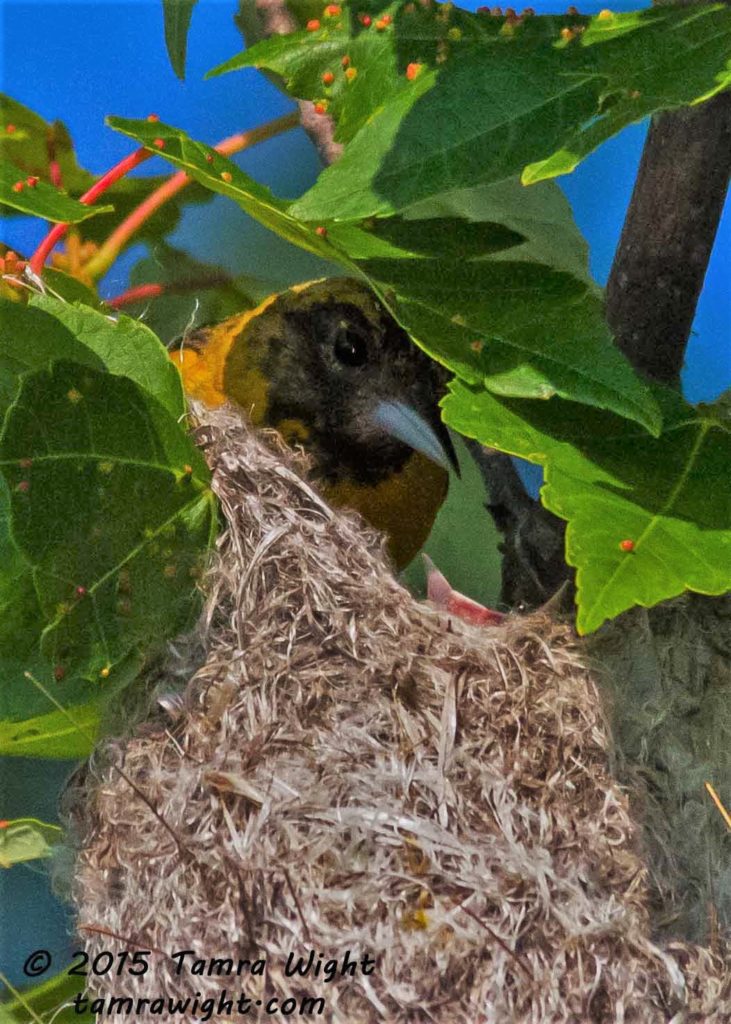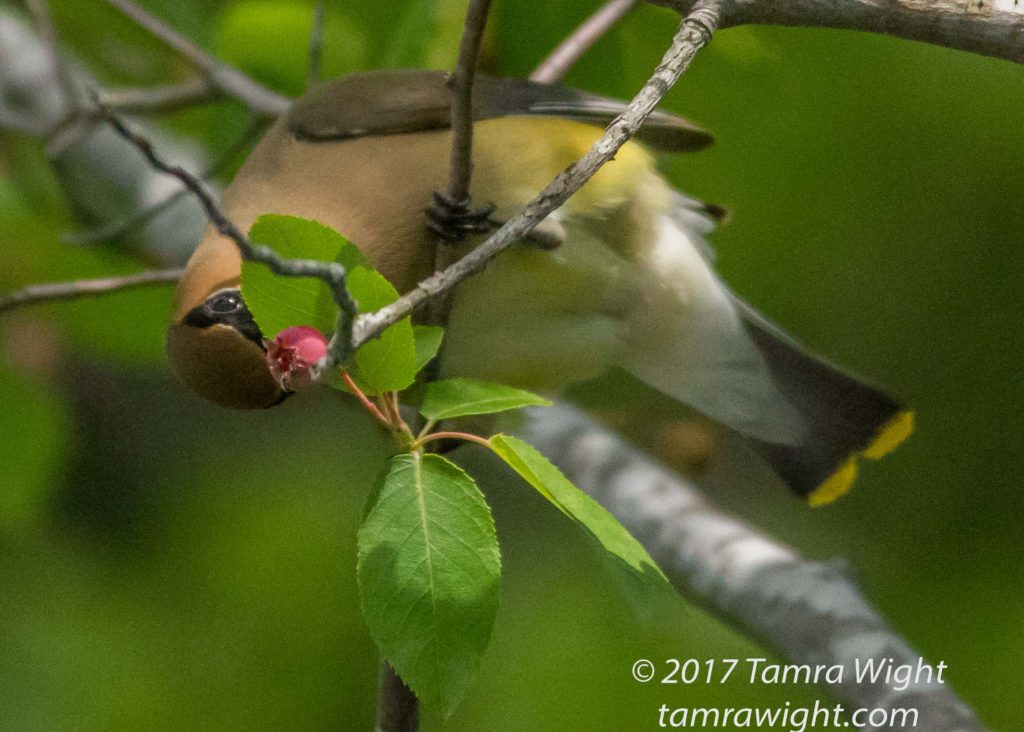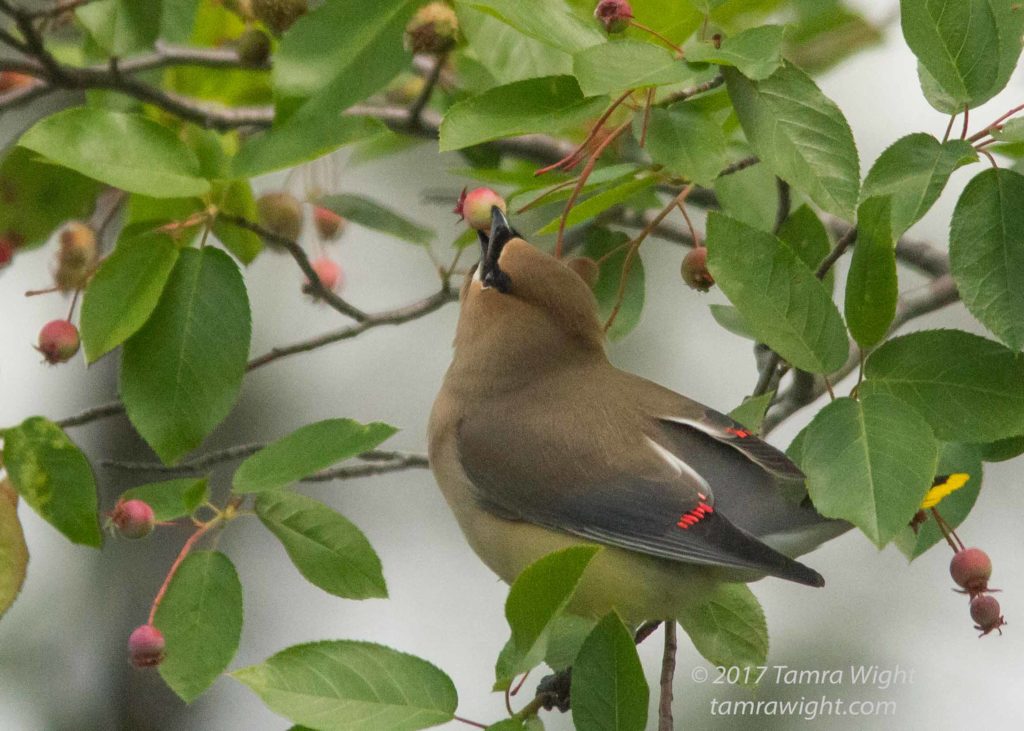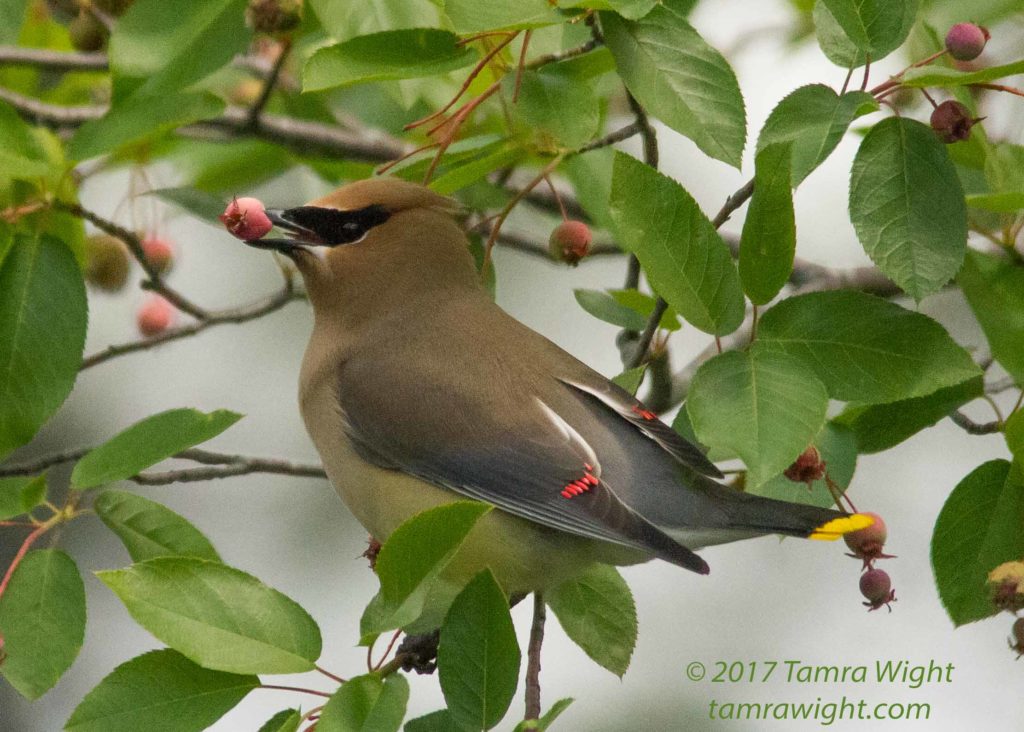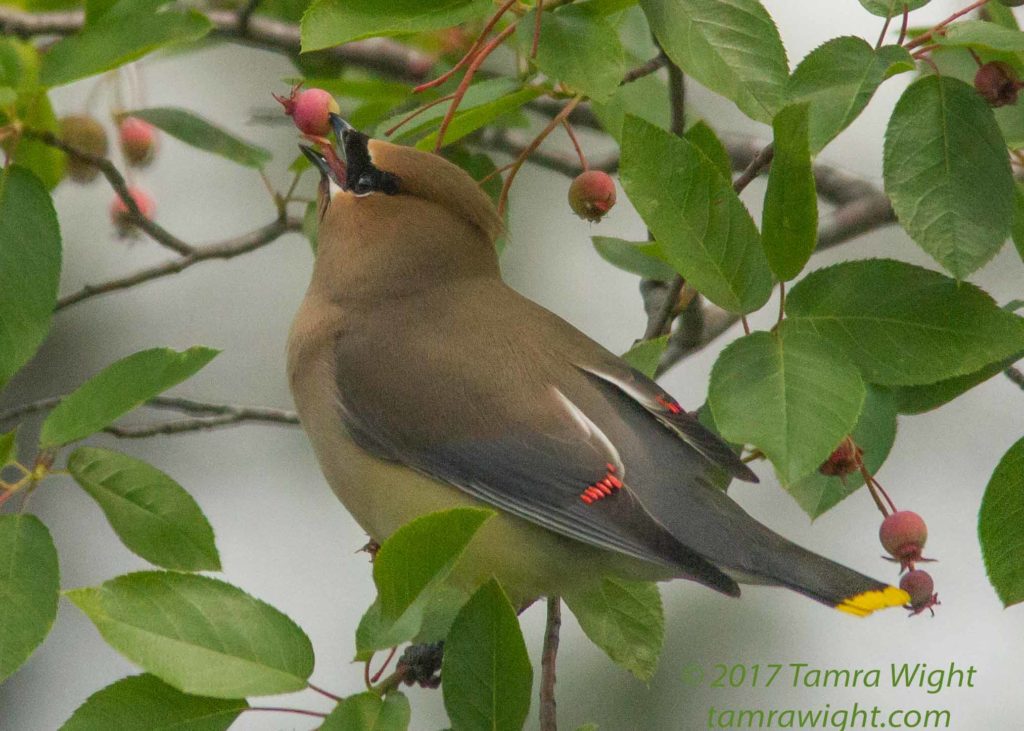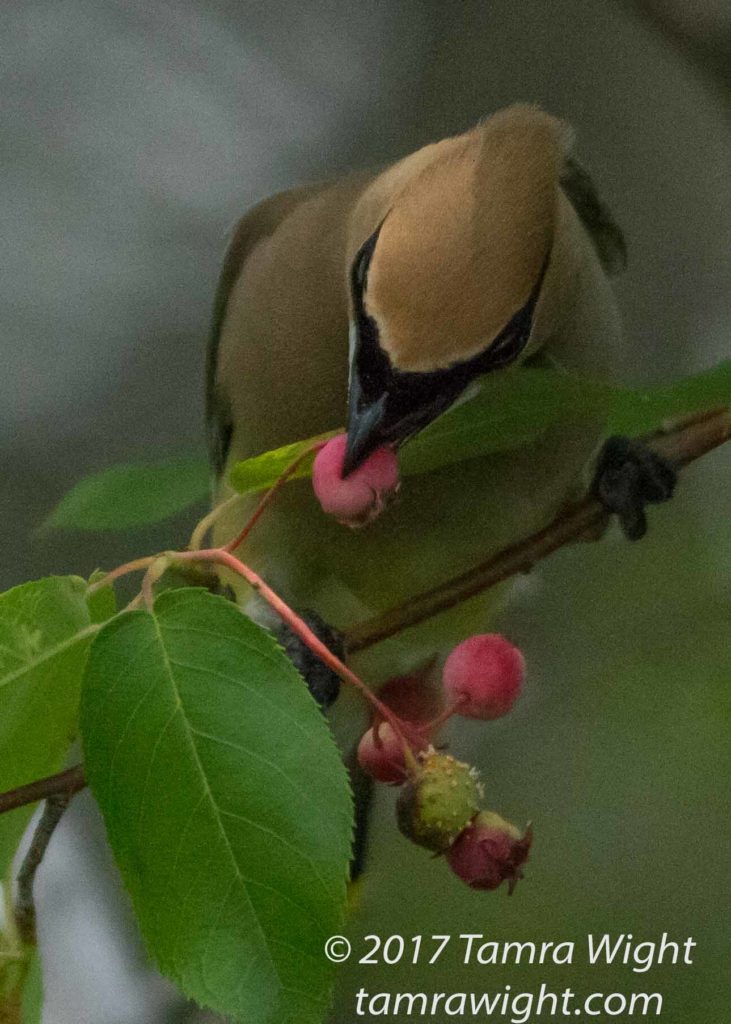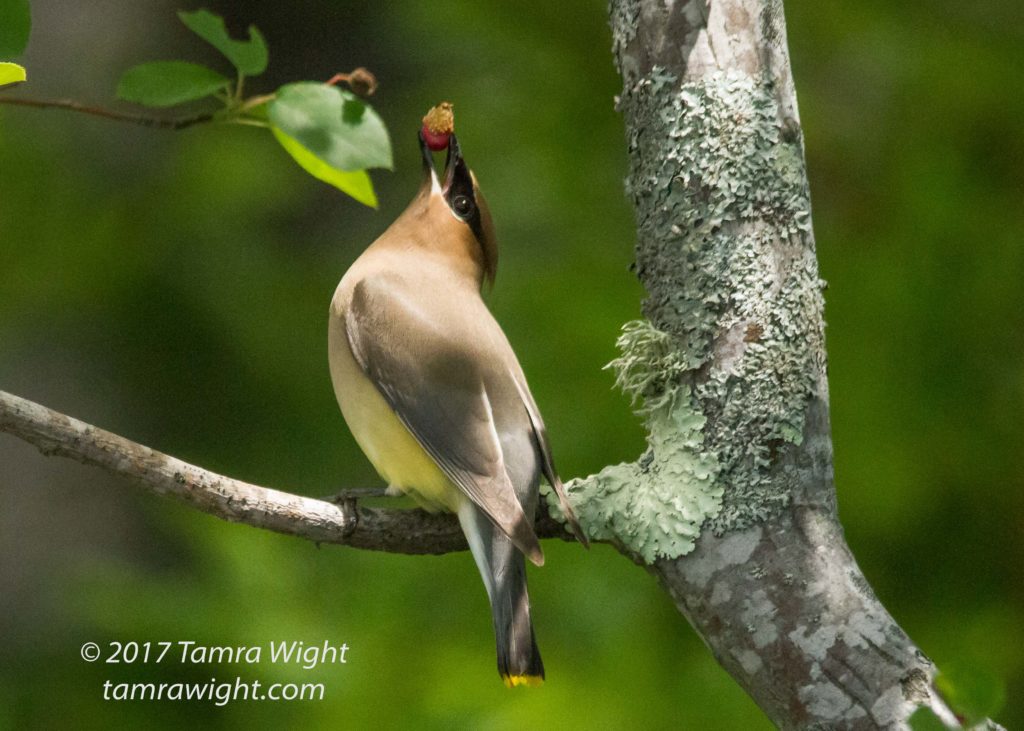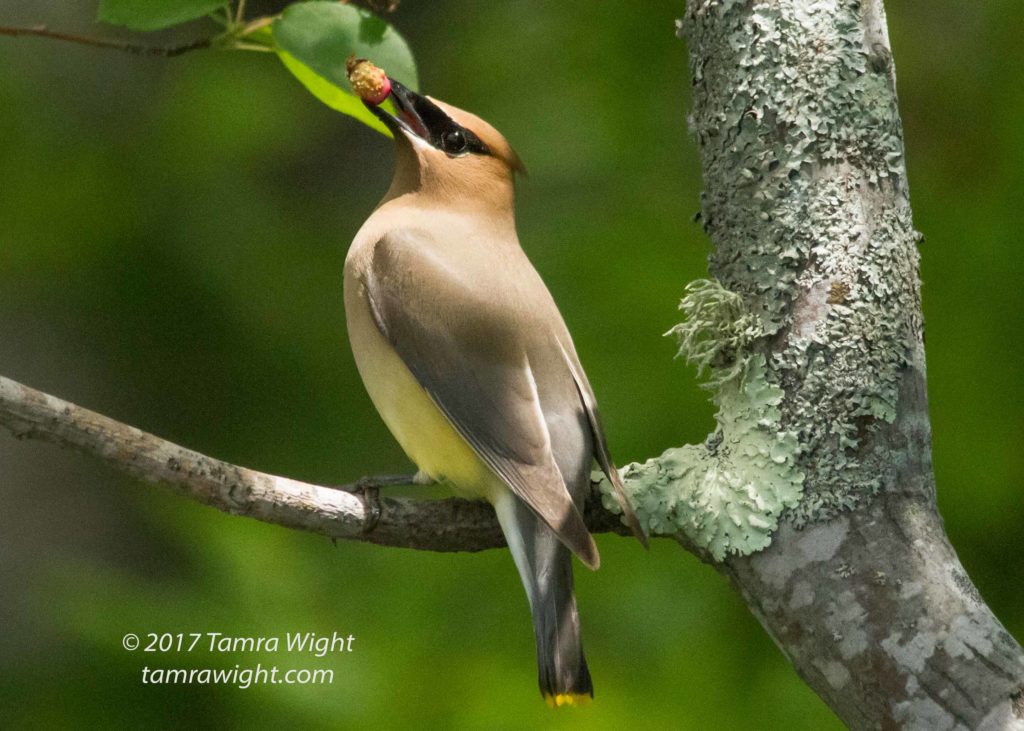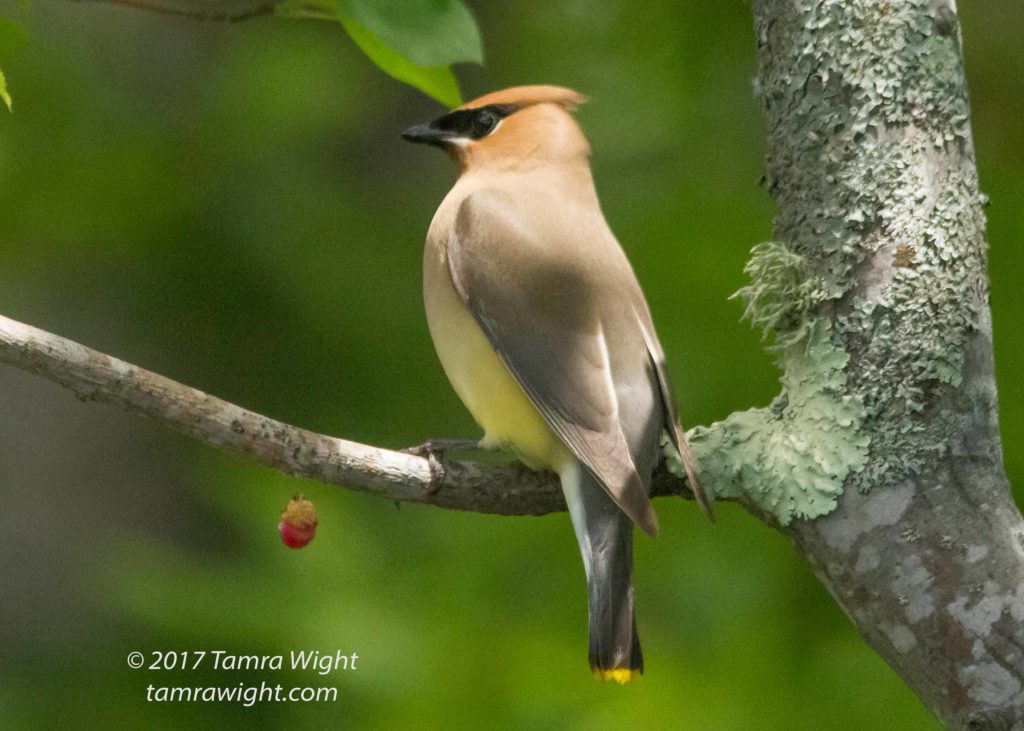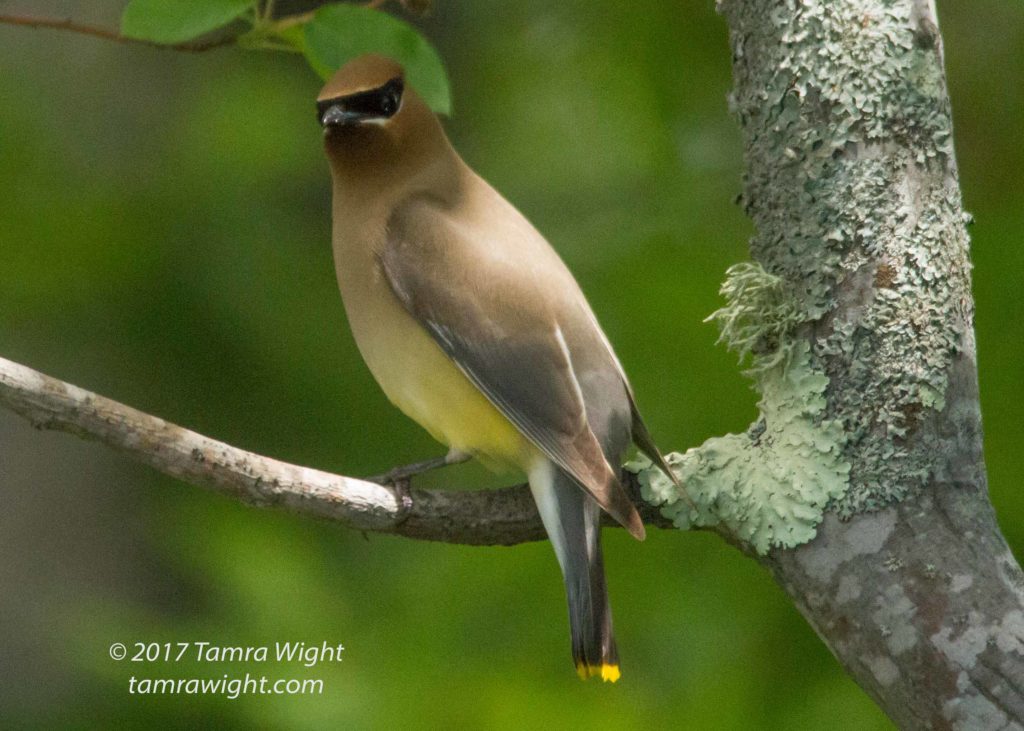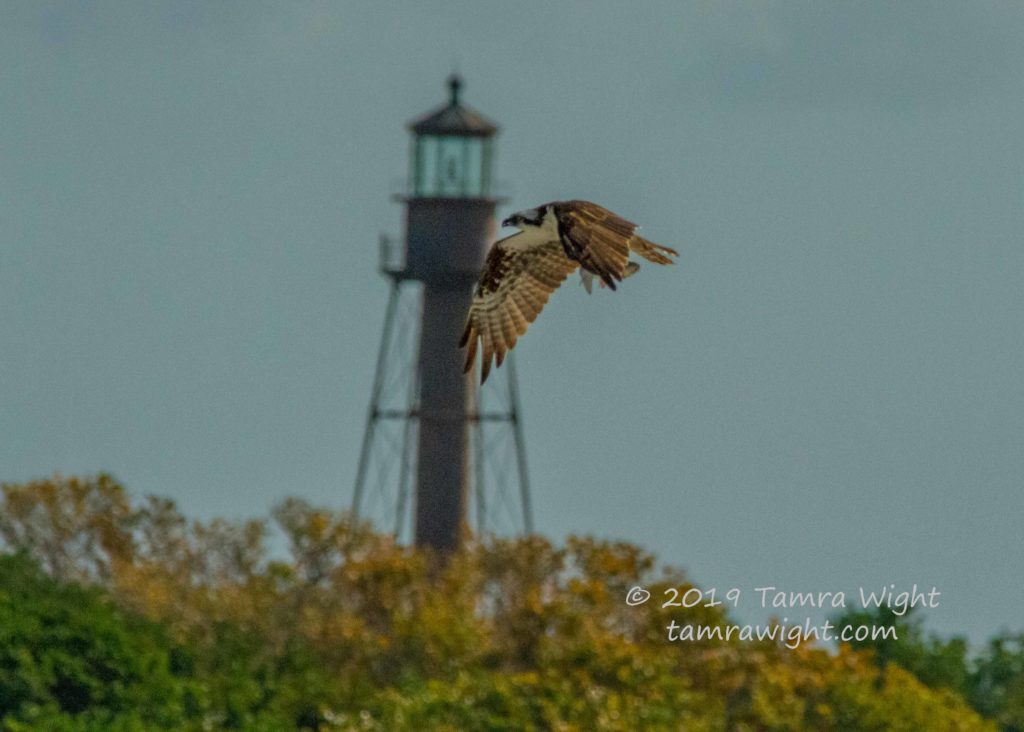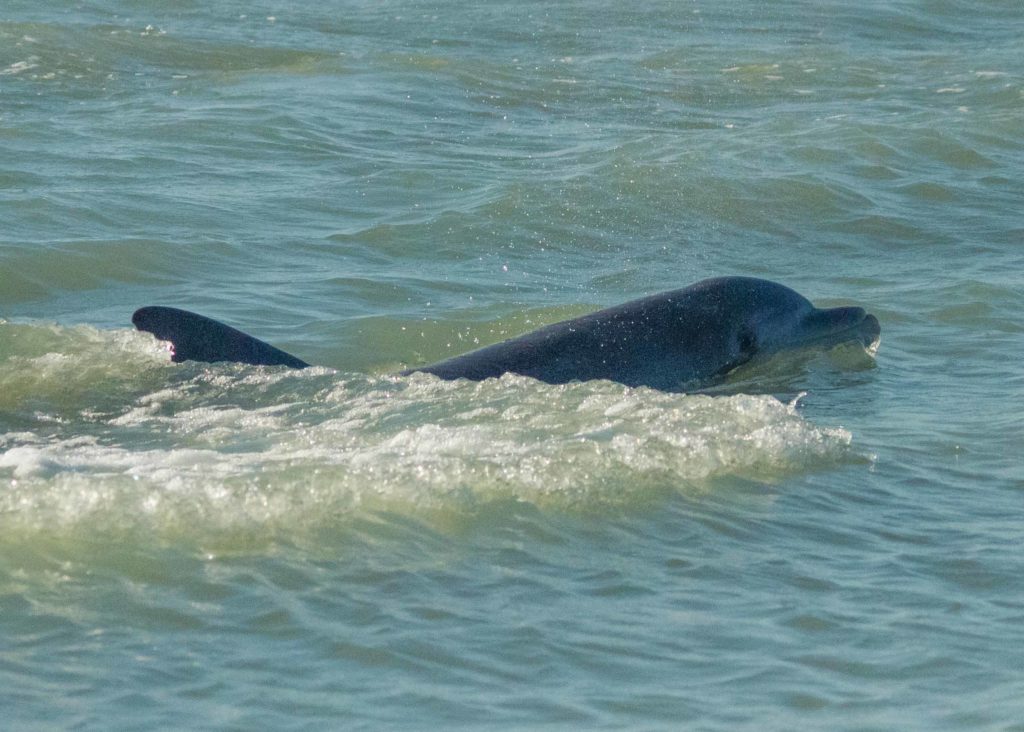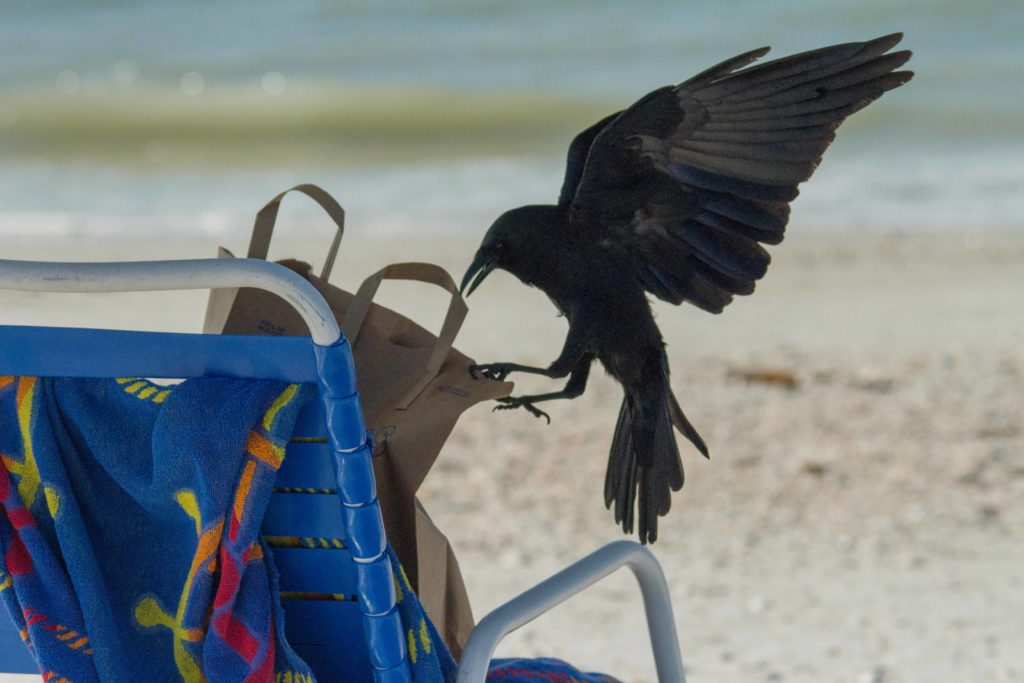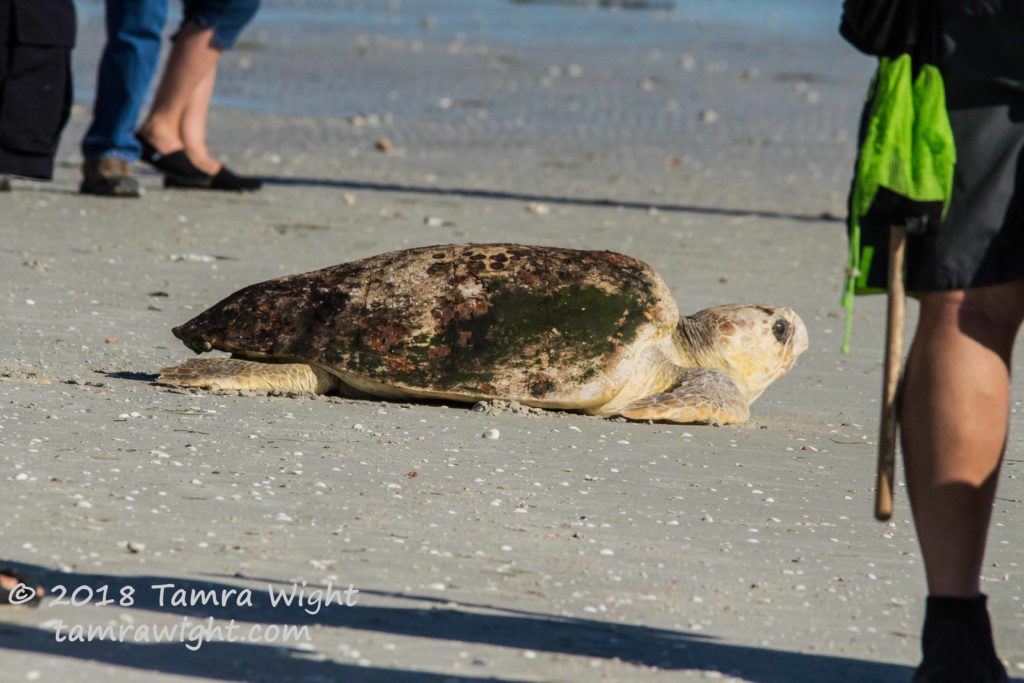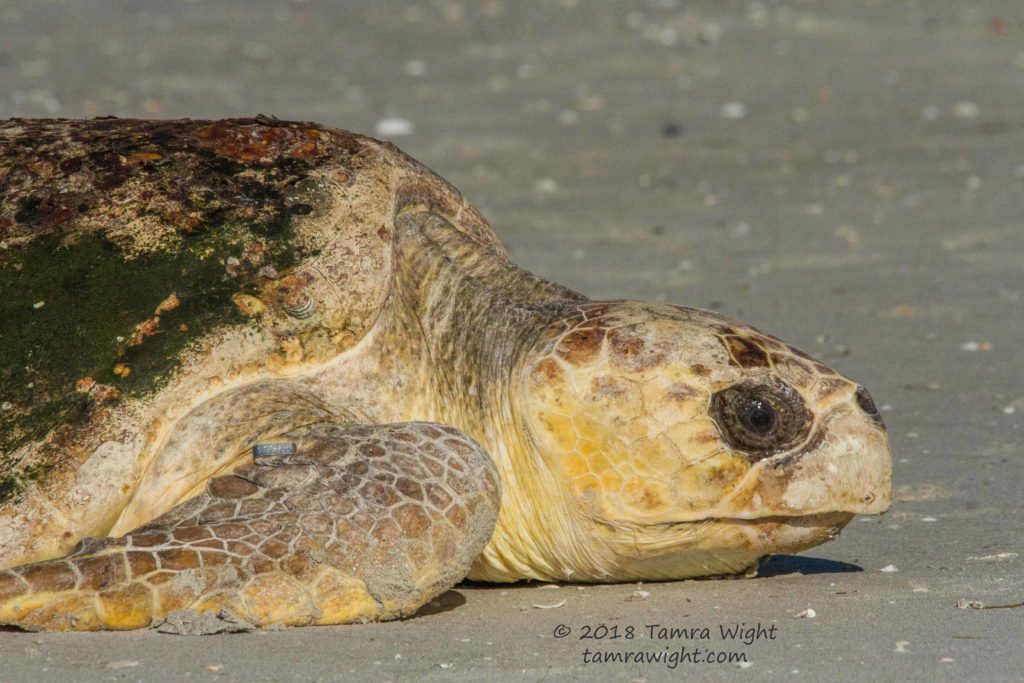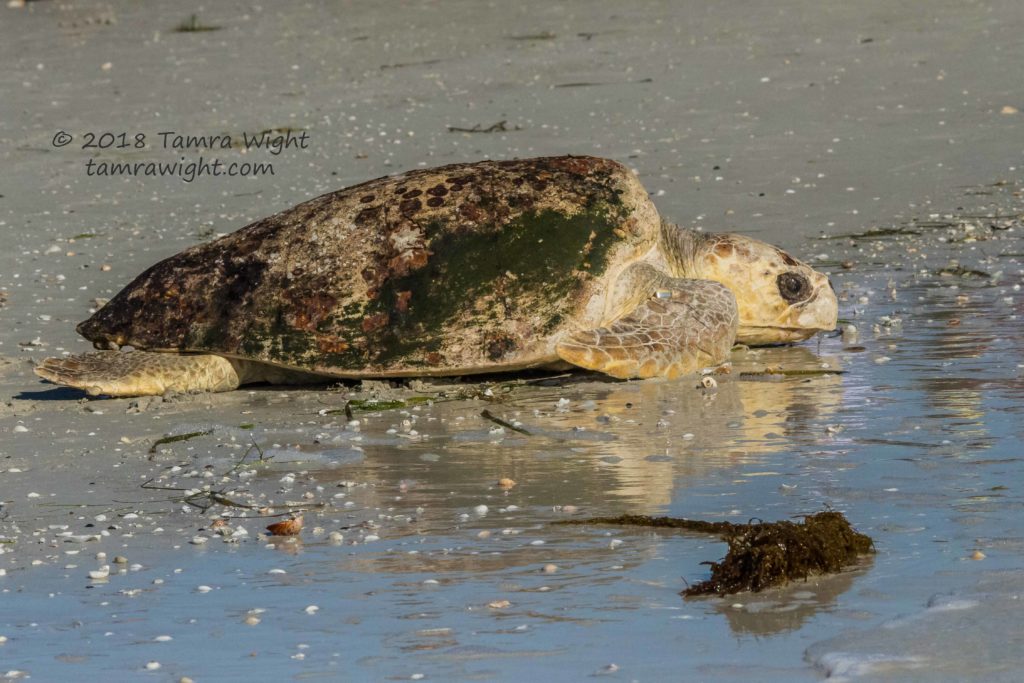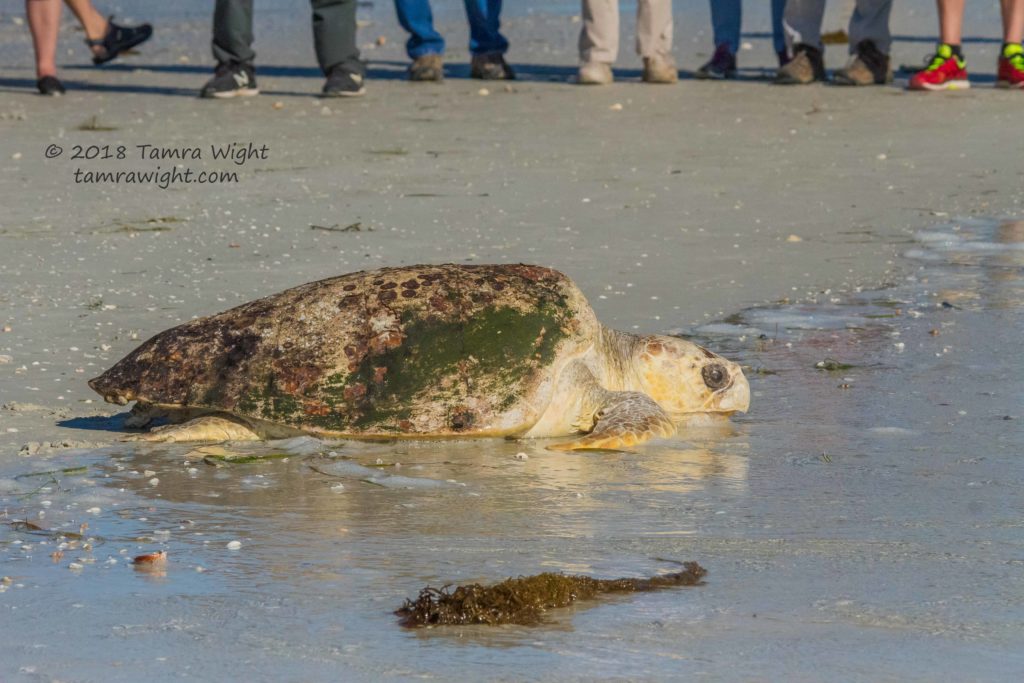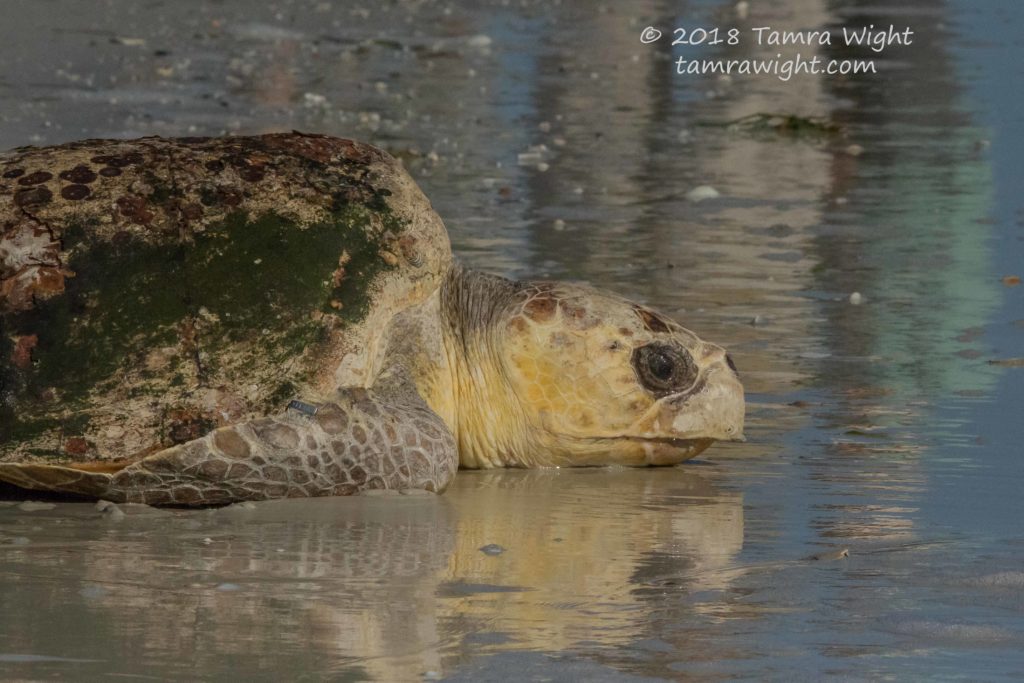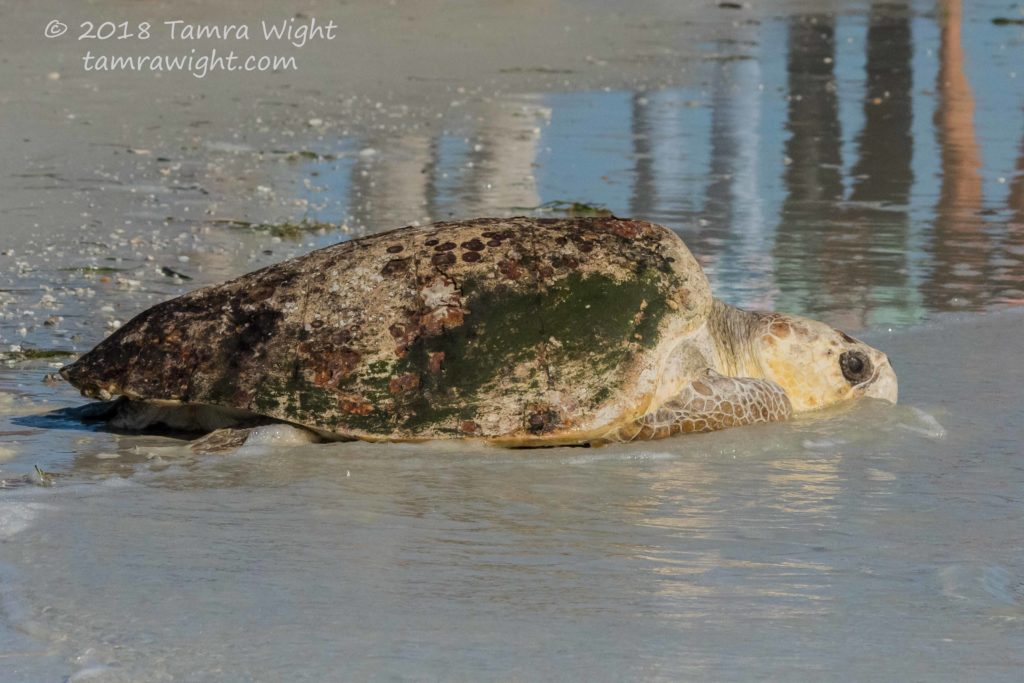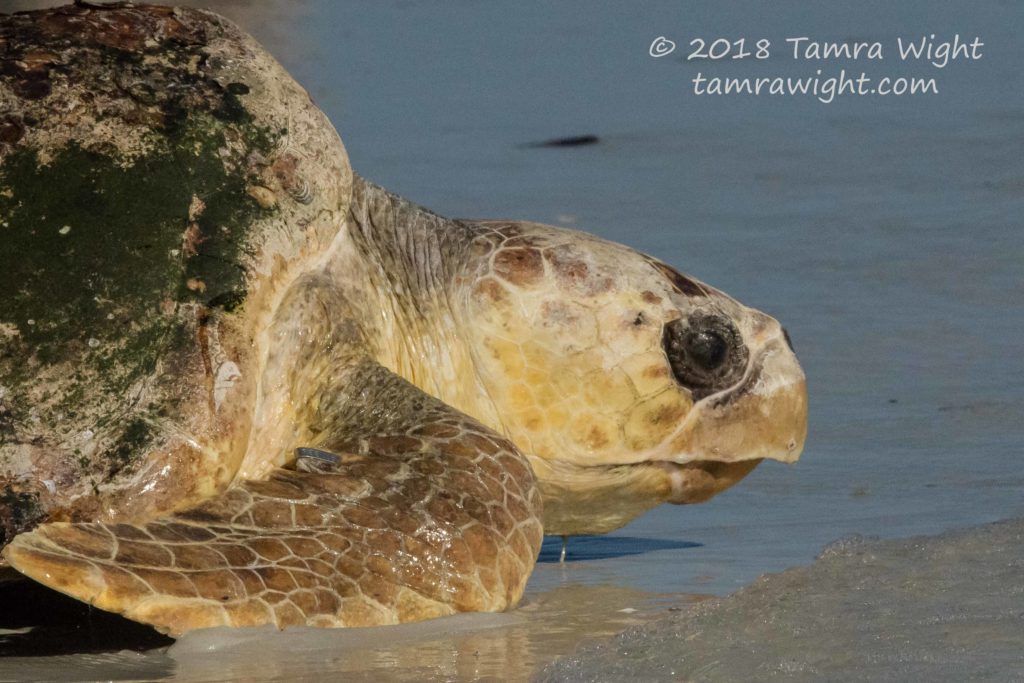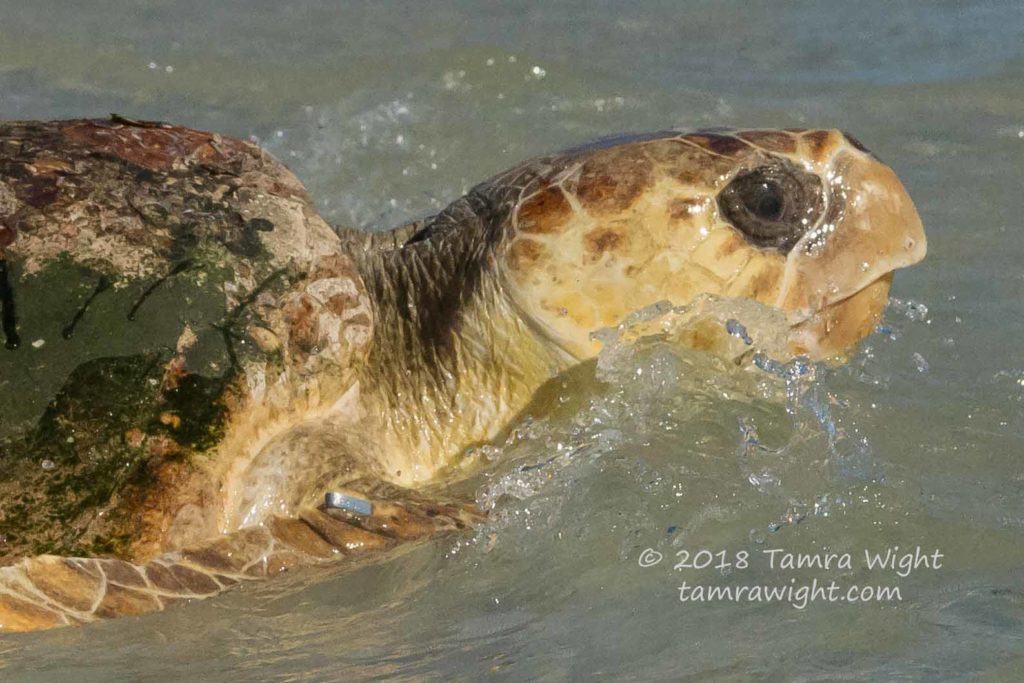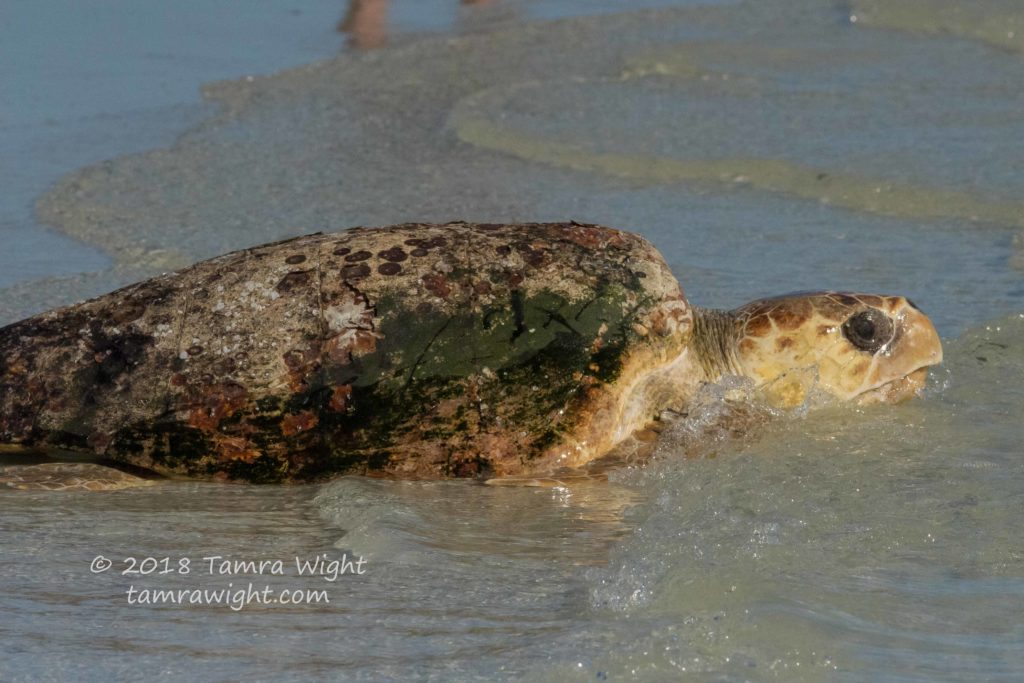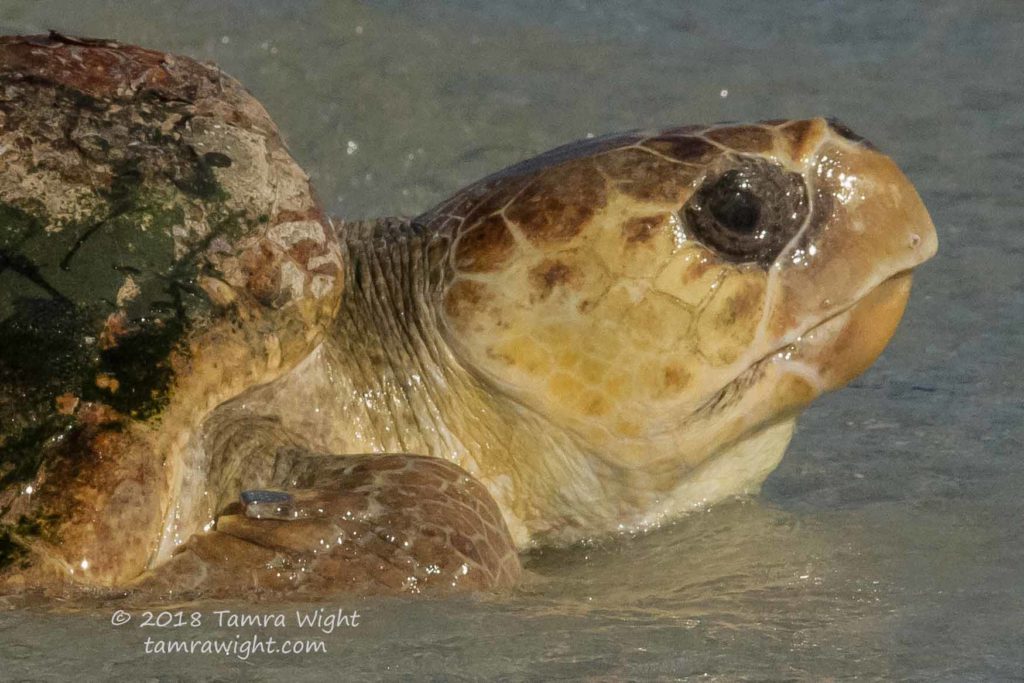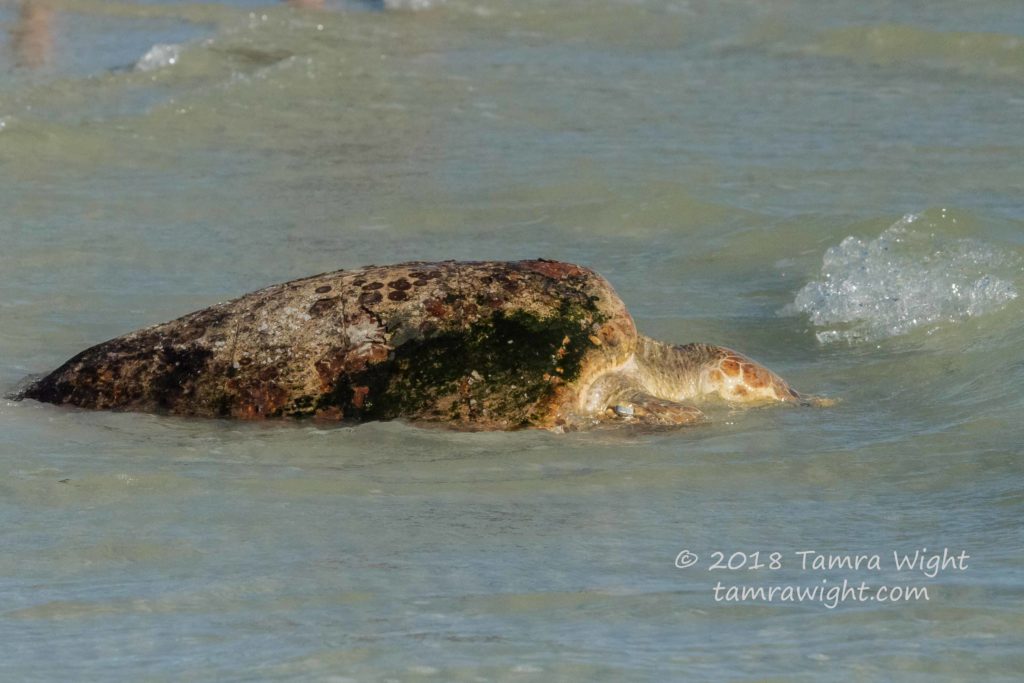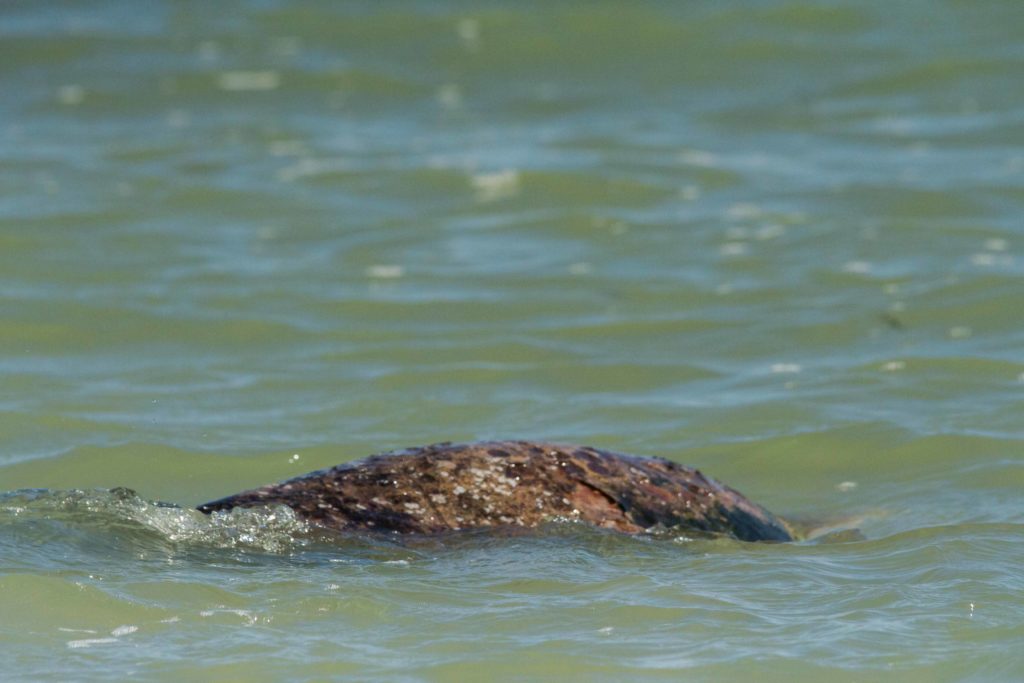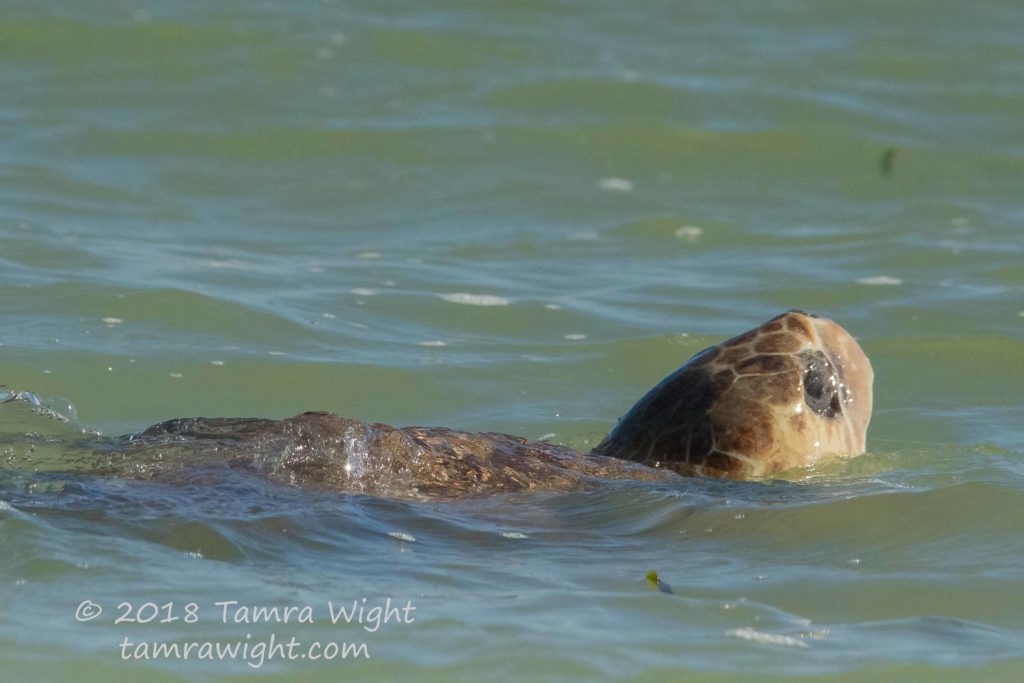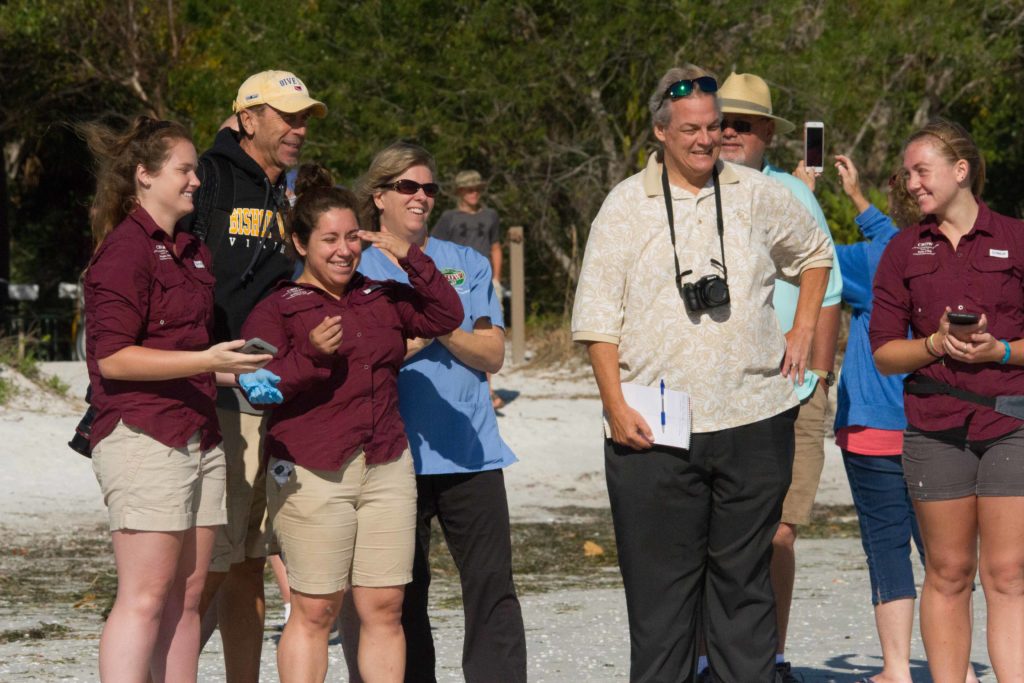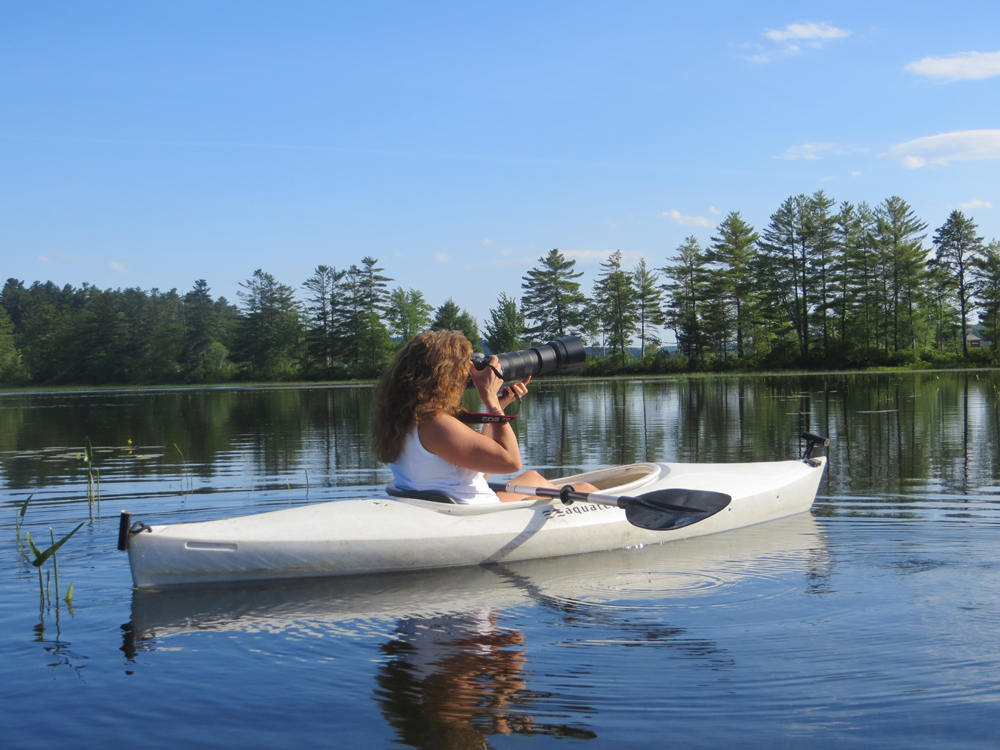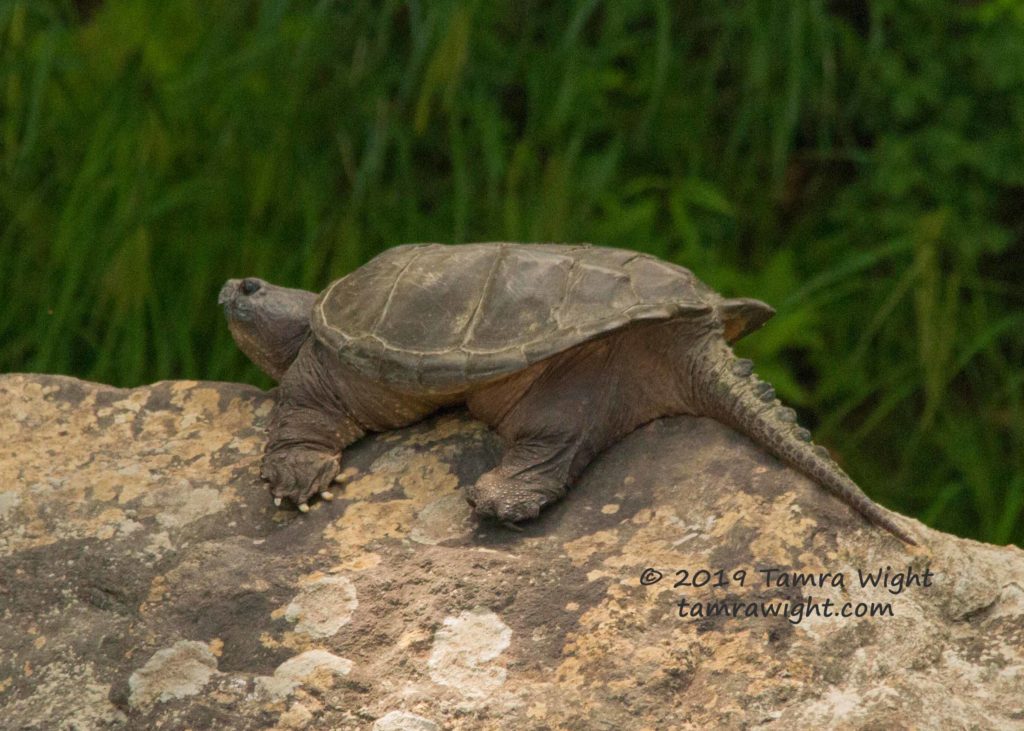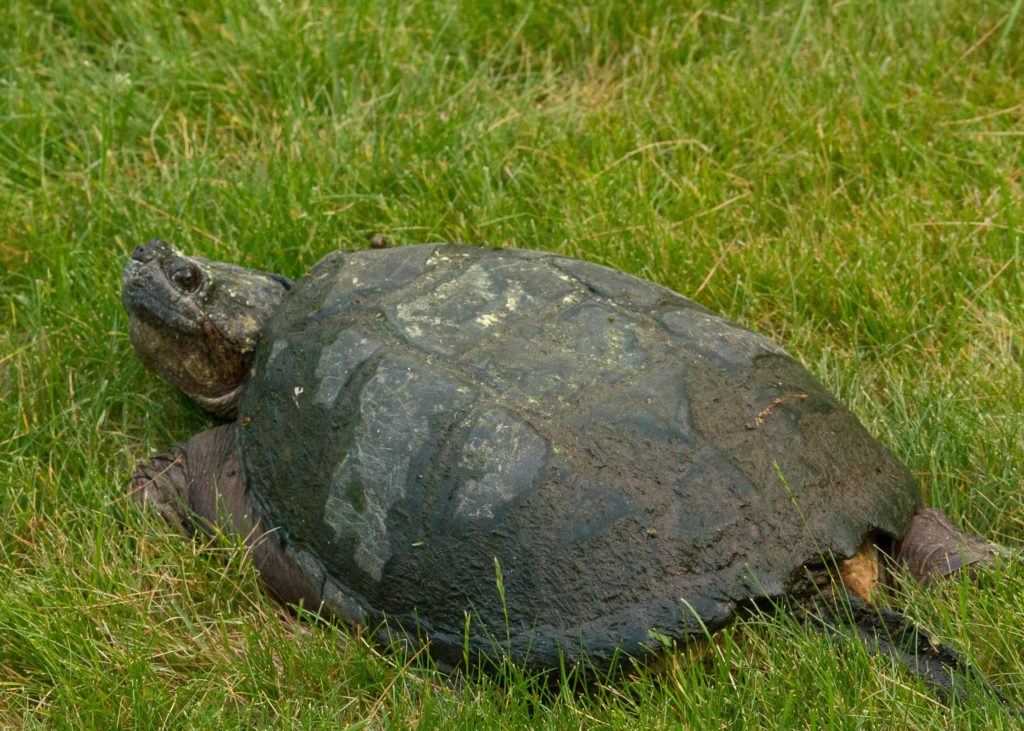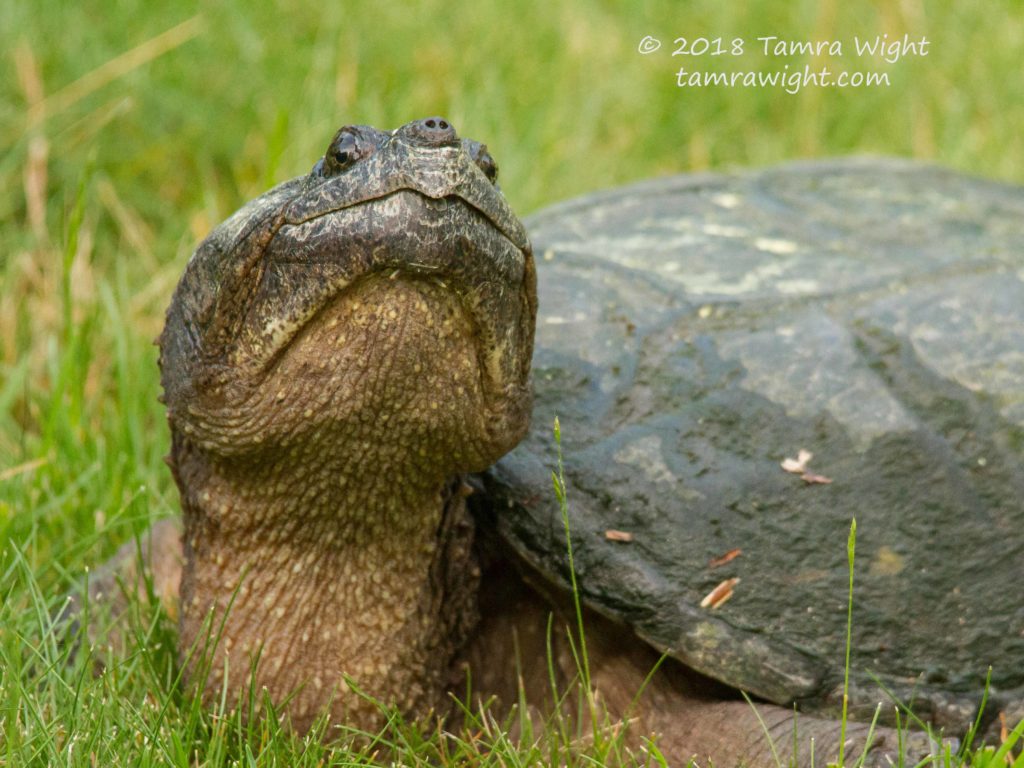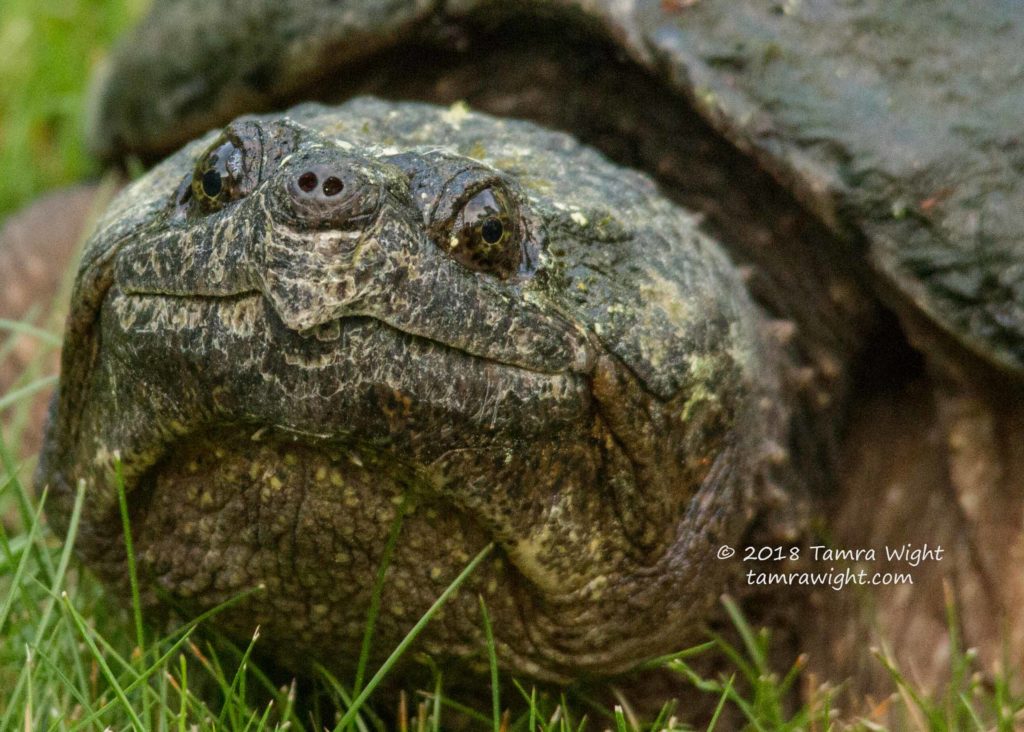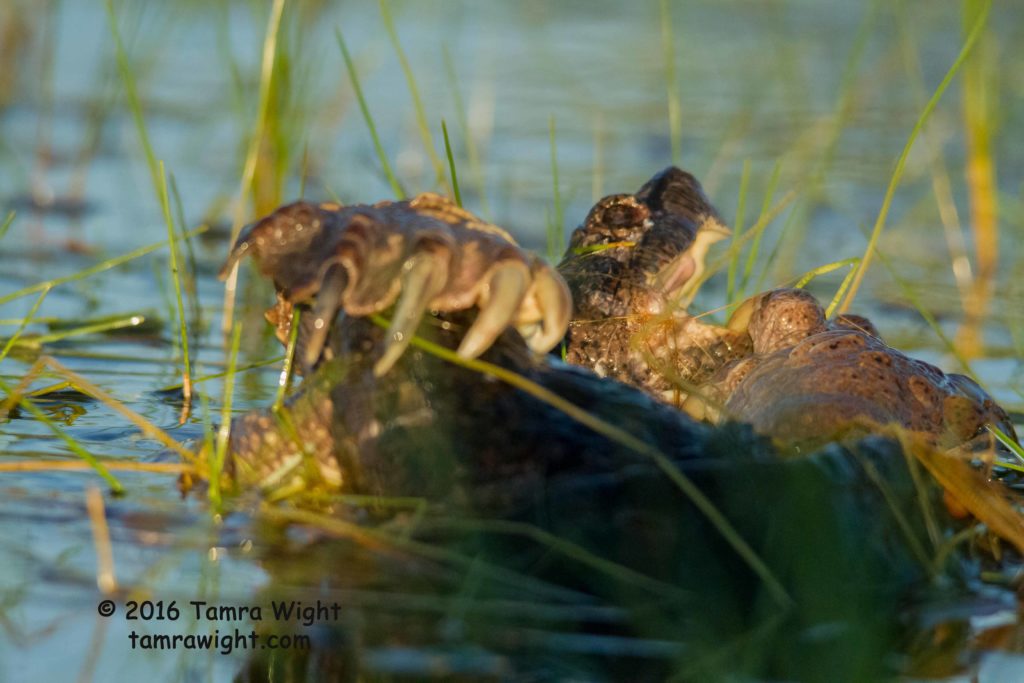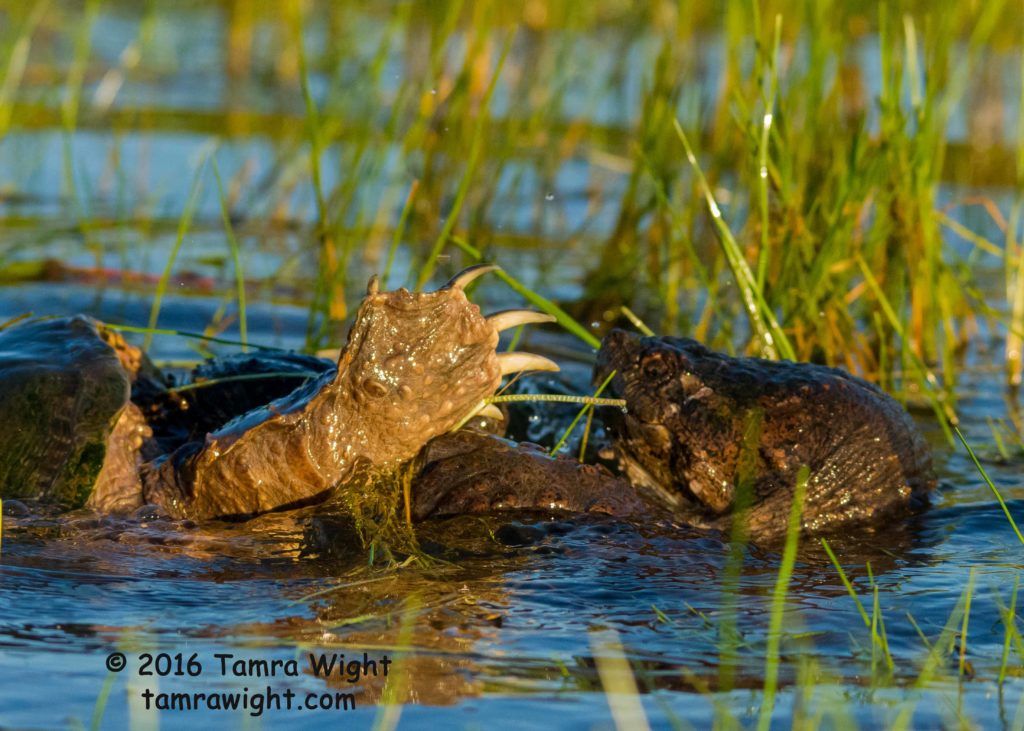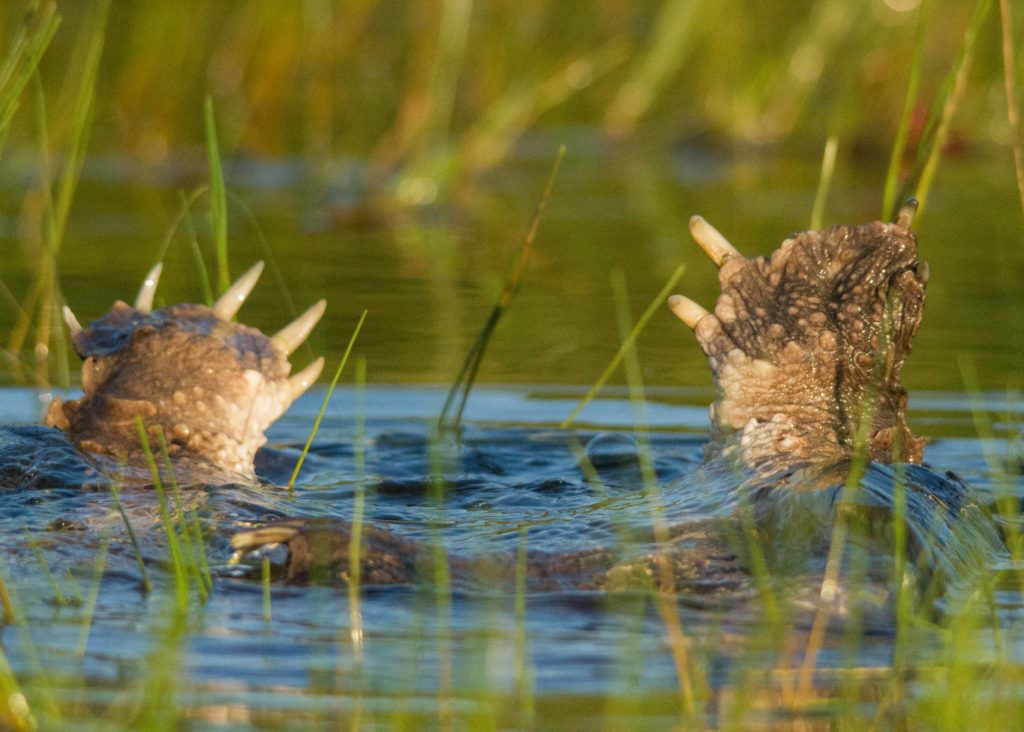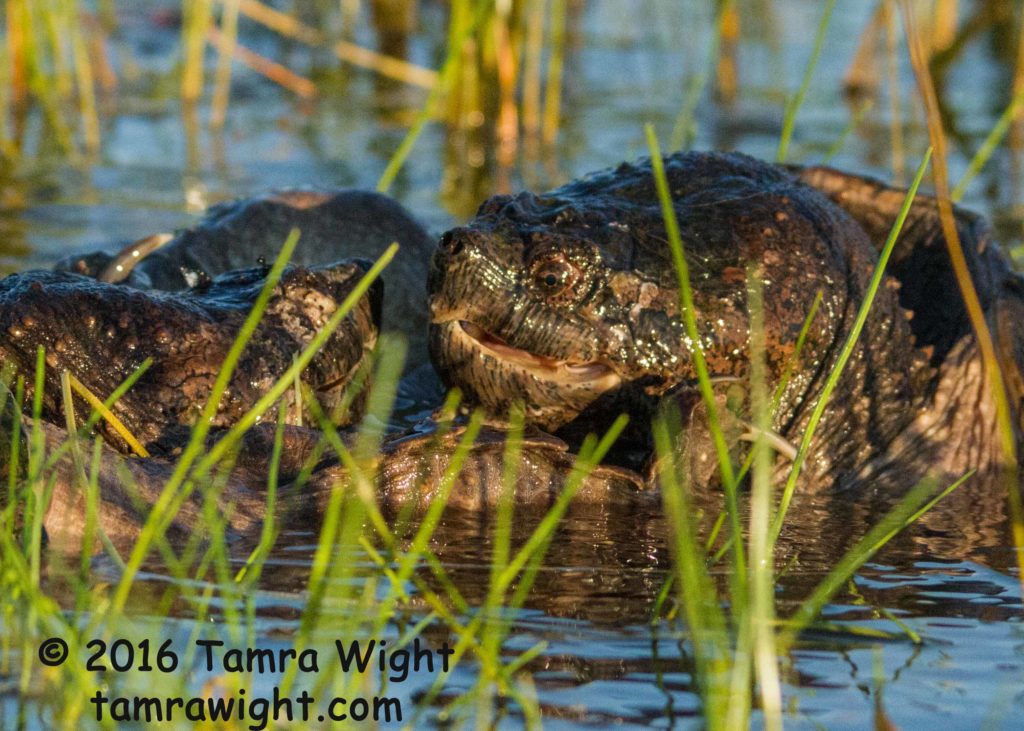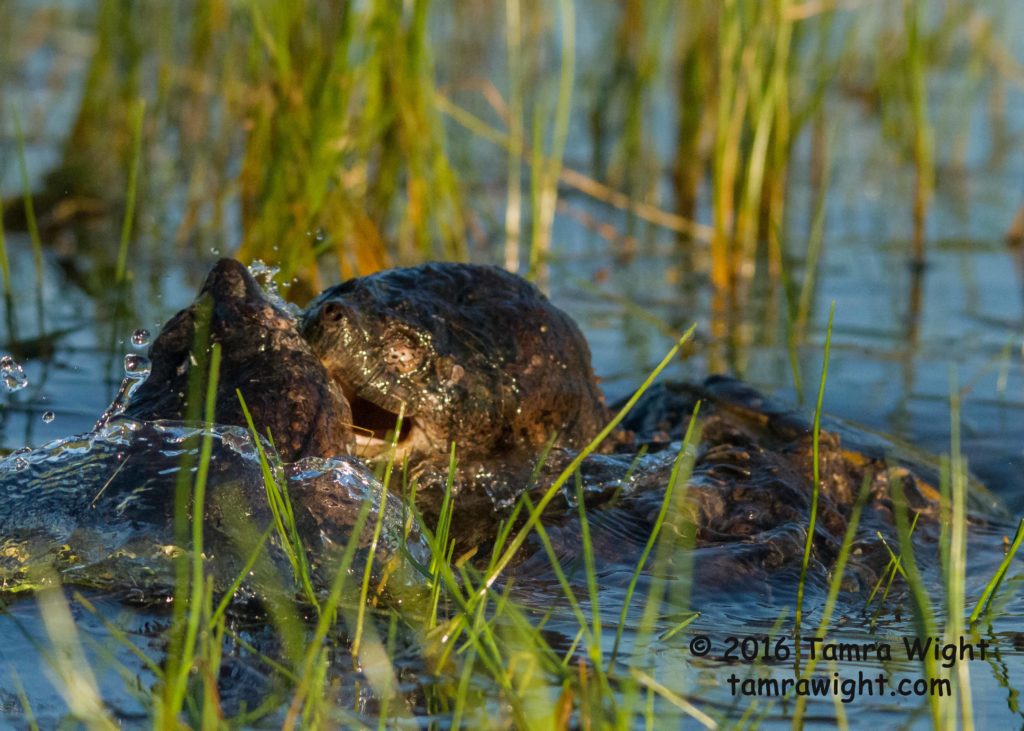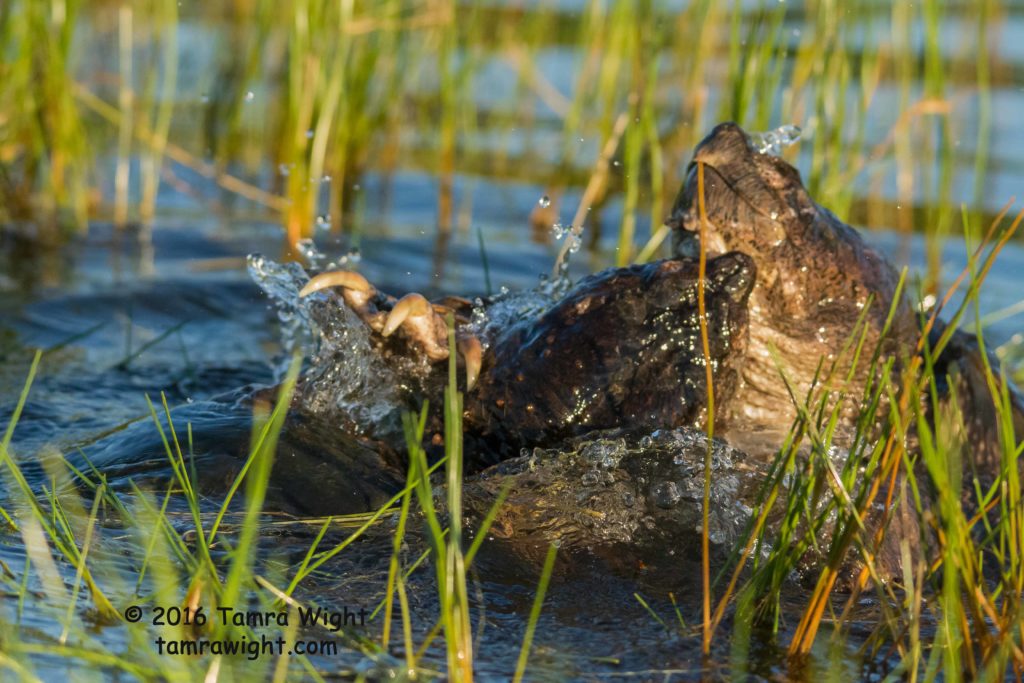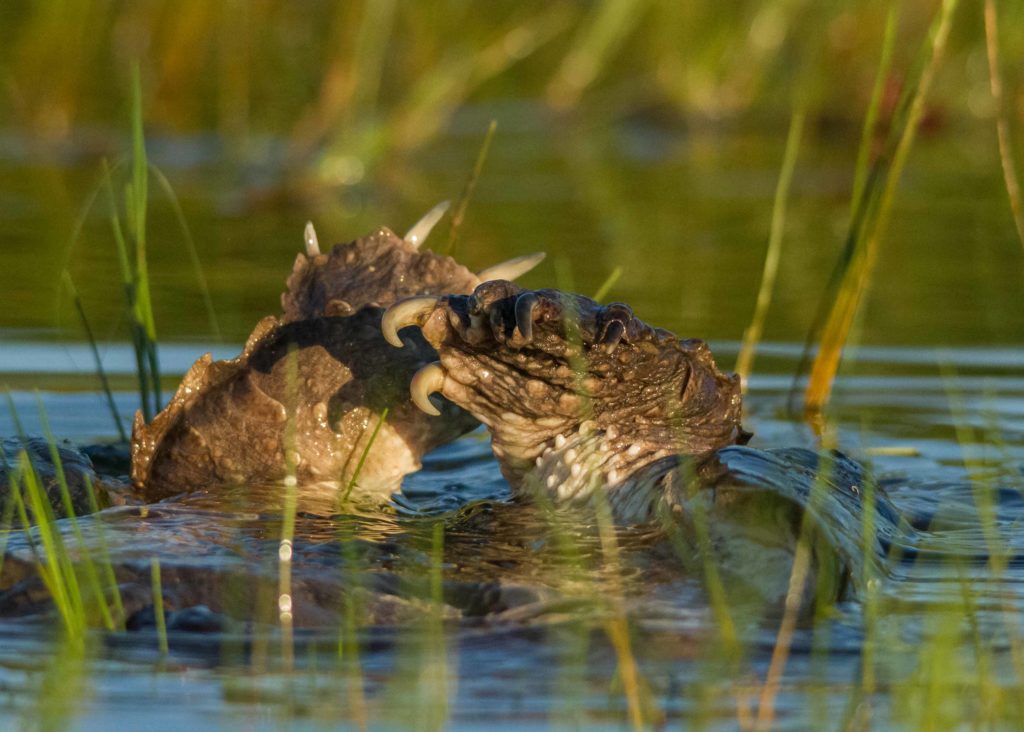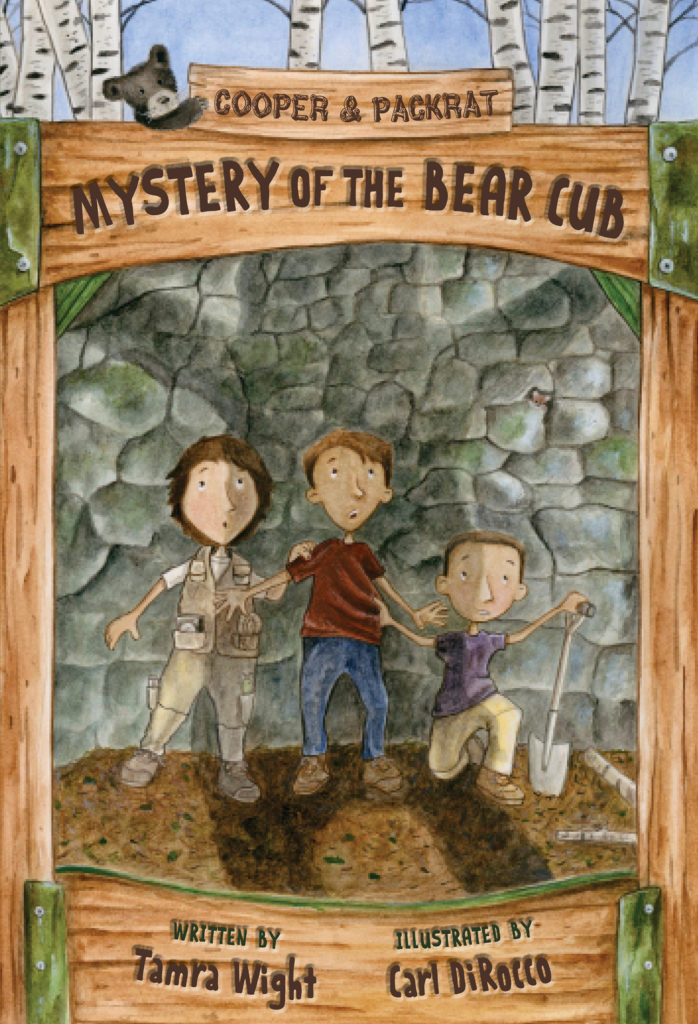My Summer With The Loons: Week 4
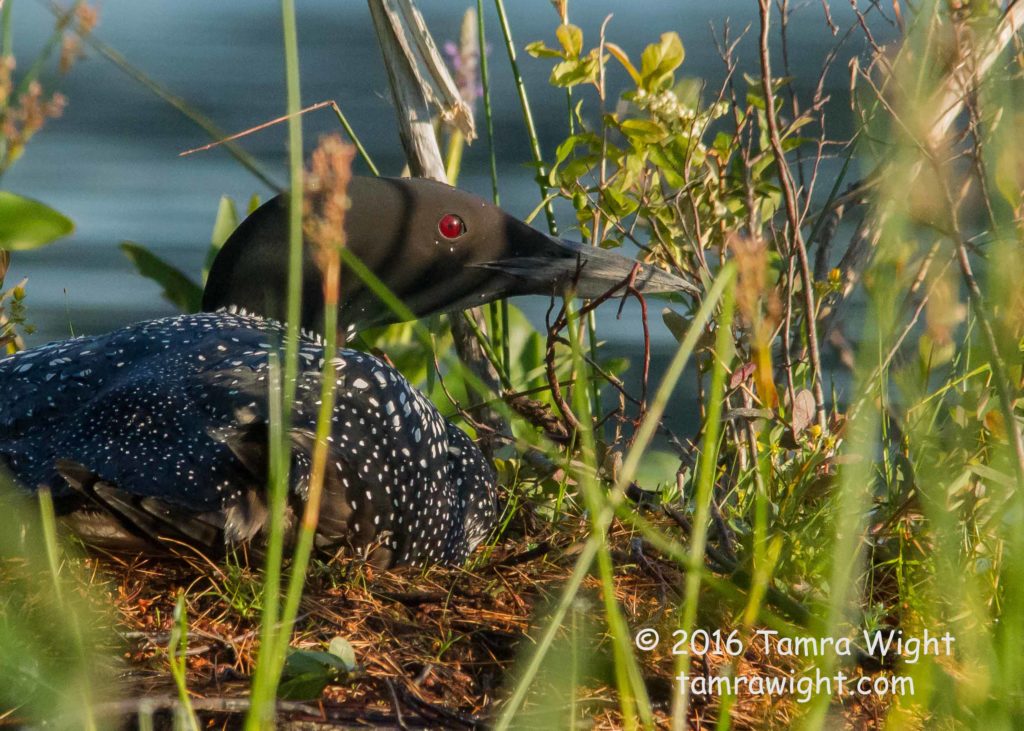
In the final days before (what I’d calculated to be) 2016’s loon hatching day, something felt a little different. I was going out in my kayak at the same time. Sitting in the same spot. Staying in my kayak as I always had.
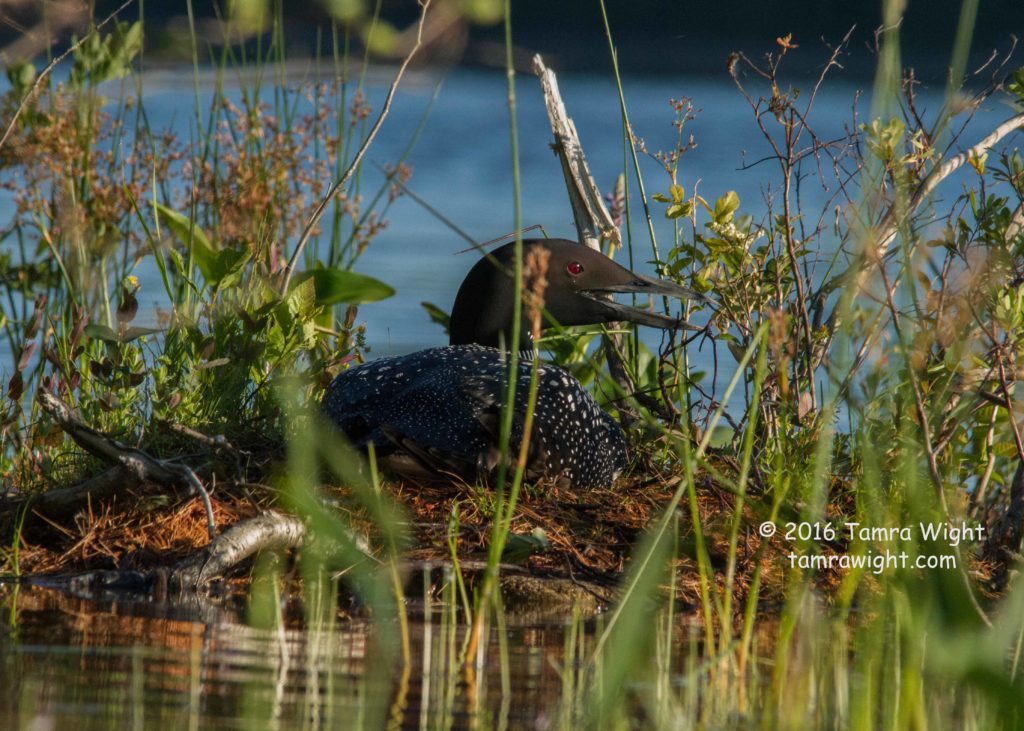
But the loon on the nest seemed to be panting more. Was it the warmer temperatures? Or was she/he stressed because there was more traffic on the lake during the day?
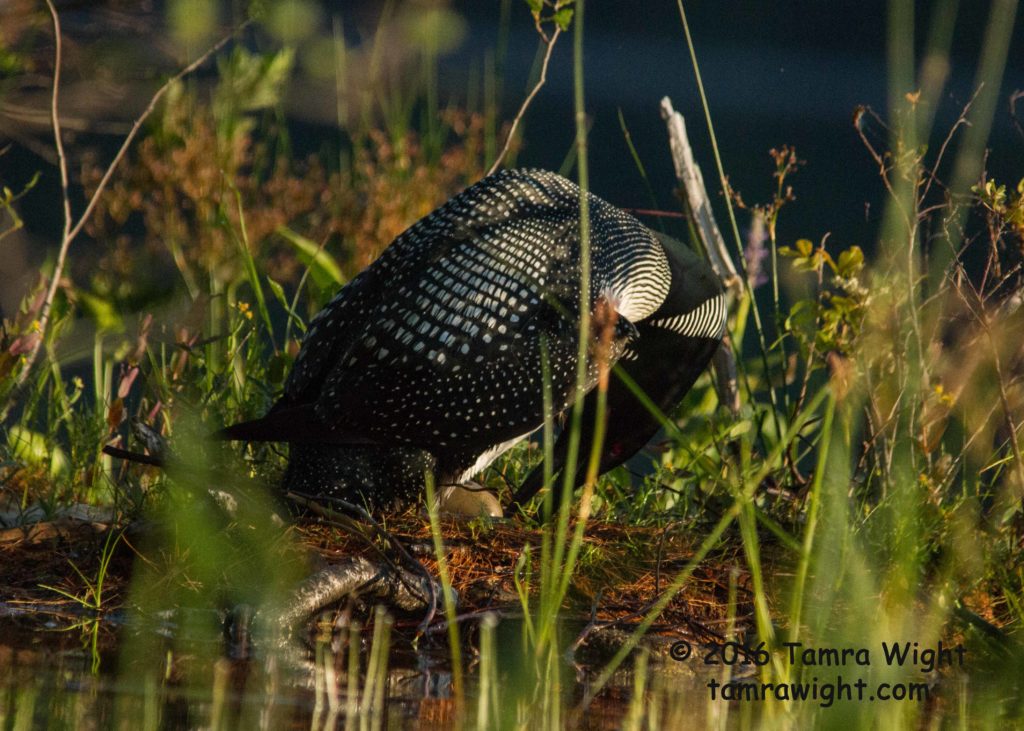
There seemed to be more egg turning and less leaving the nest to swim together as I’d mentioned in the last two posts about weeks 1 through 3.
(To read those first and learn the background behind my summer adventure with the loons, click the back-arrow on the top right of this page)
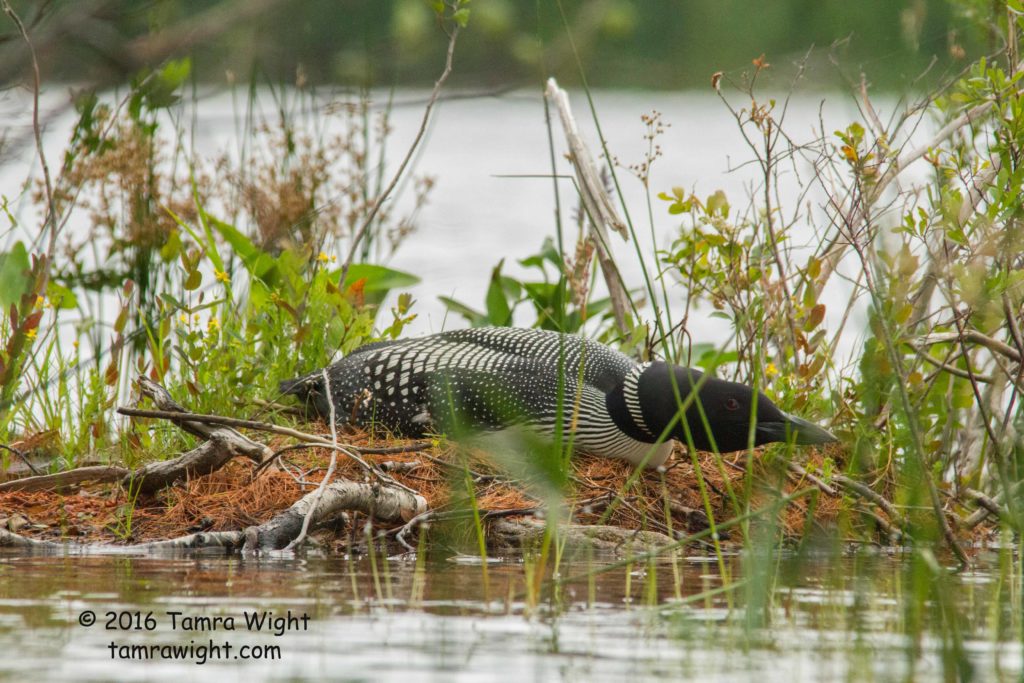
And one of the loons was much more skittish. EVERY bird that flew overhead, not just the eagles and herons, caused it to lay flat.
Luckily, my presence did not. Because I wouldn’t have been able to continue with my story.
Two observations from week four stand out as being “cool nature moments”, the kind Cooper and Packrat would love. I thought you might love them, too.
Three days before what I now know was hatching day, I paddled out to the nest on a gray, misty afternoon. I hadn’t been able to go out that morning because it was pouring, but knowing we were only days from the big event, I decided to risk getting caught in a shower. By the time I beached the kayak though, the mist had thickened enough for me to leave it and climb the banking to sit under a big old pine tree on my friend’s island. (Remember, I’d asked for permission weeks before). The day wasn’t necessarily good for photos, but at this point in the nesting period, I was more interested observing the loon’s behavior anyway.
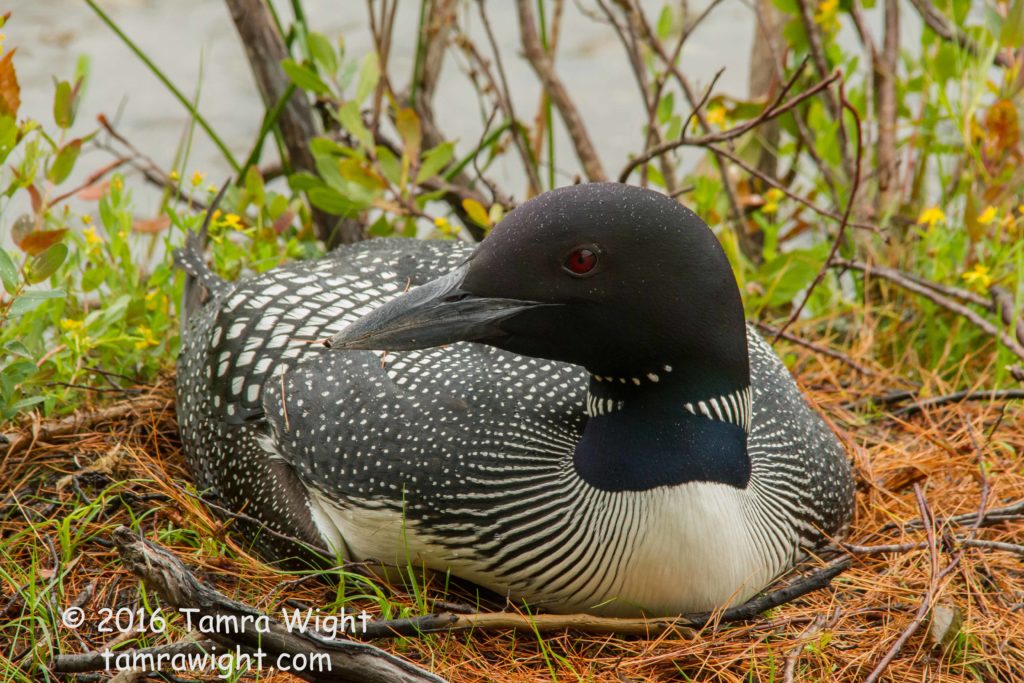
What I didn’t anticipate was sitting up that high, gave me a new vantage point – I could look down on the loon and the nest.
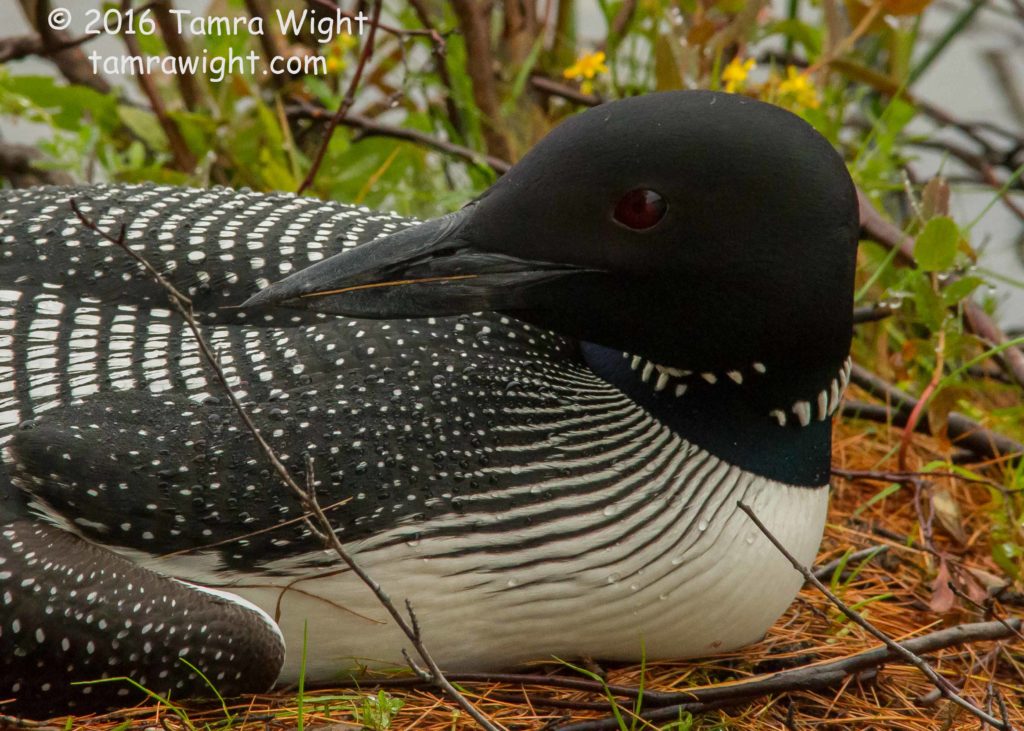
Rain fell once or twice, and the cool breeze blew, making me glad I’d moved, but the loon stayed firm on her eggs. Never once did it move side to side, shake its wings or turn the eggs. The photos I took show how the rain just rolls off her feathers.
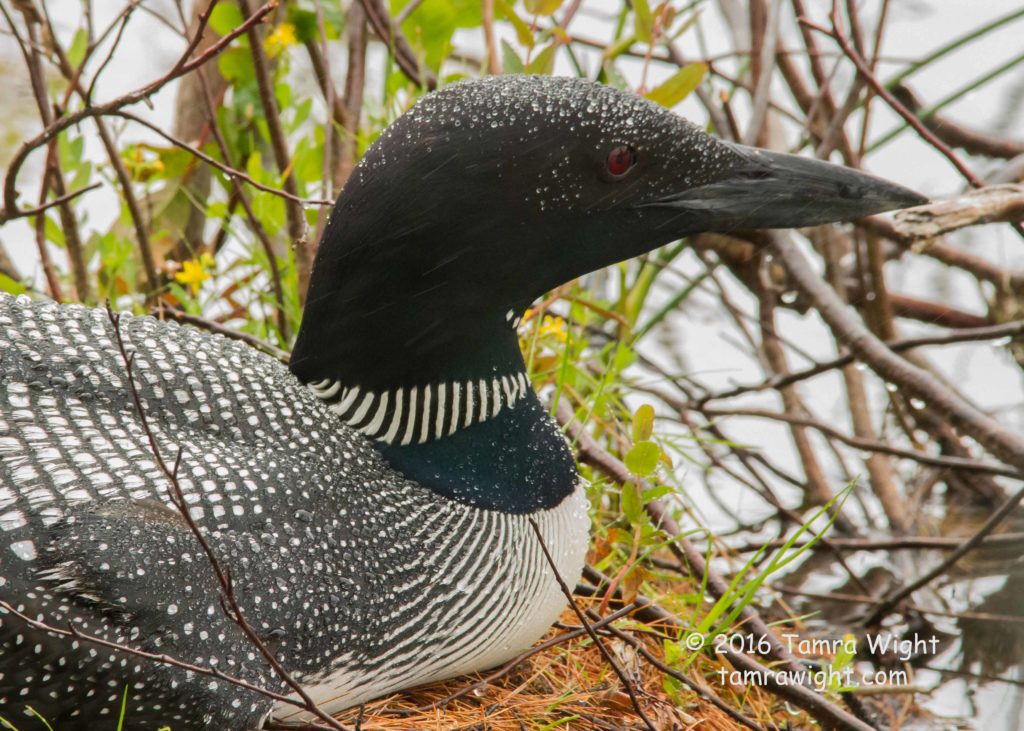
After a time, I realized something looked off. Different. Had the lake risen? Lowered? Was the nest shaped differently? I finally decided it was the loon herself. She was laying wider and lower. Was it due to the rain? Or, dare I think it? Was it because the eggs were beginning to hatch?
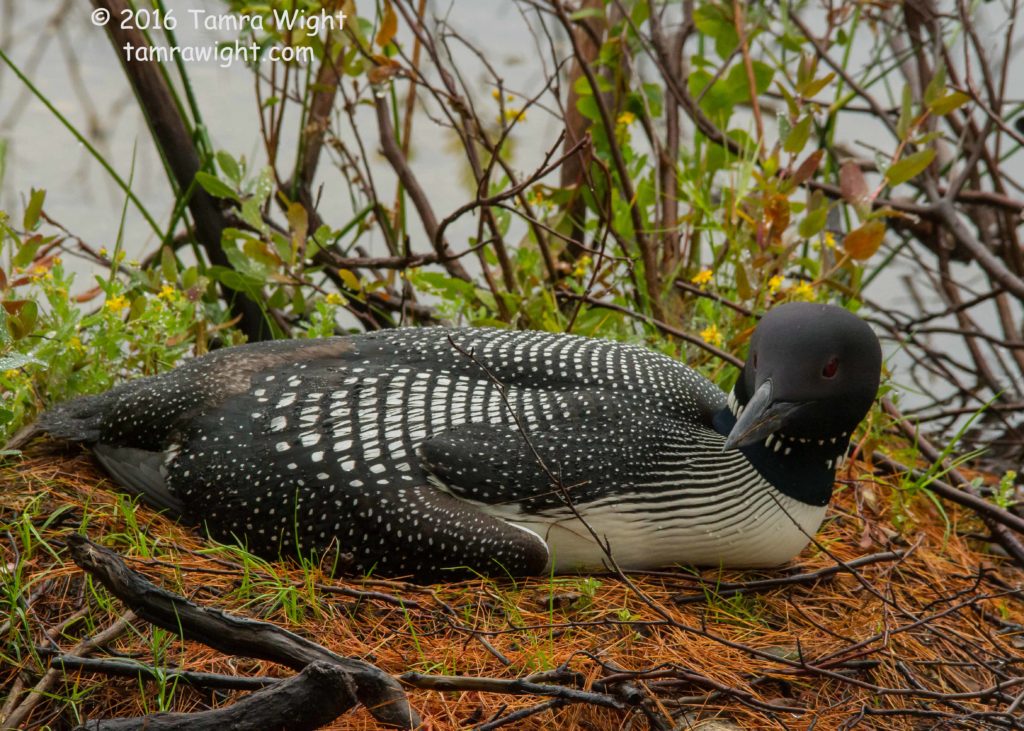
Two days before hatching day, I could only paddle out to see if they were still nesting. Everything seemed the same, so I quickly checked the trail camera I’d hung a few days earlier and left.
The day after that, I paddled out and took up my usual “parking spot” at 6am. Seeing her still on the nest, I knew at least one of the eggs hadn’t hatched yet.
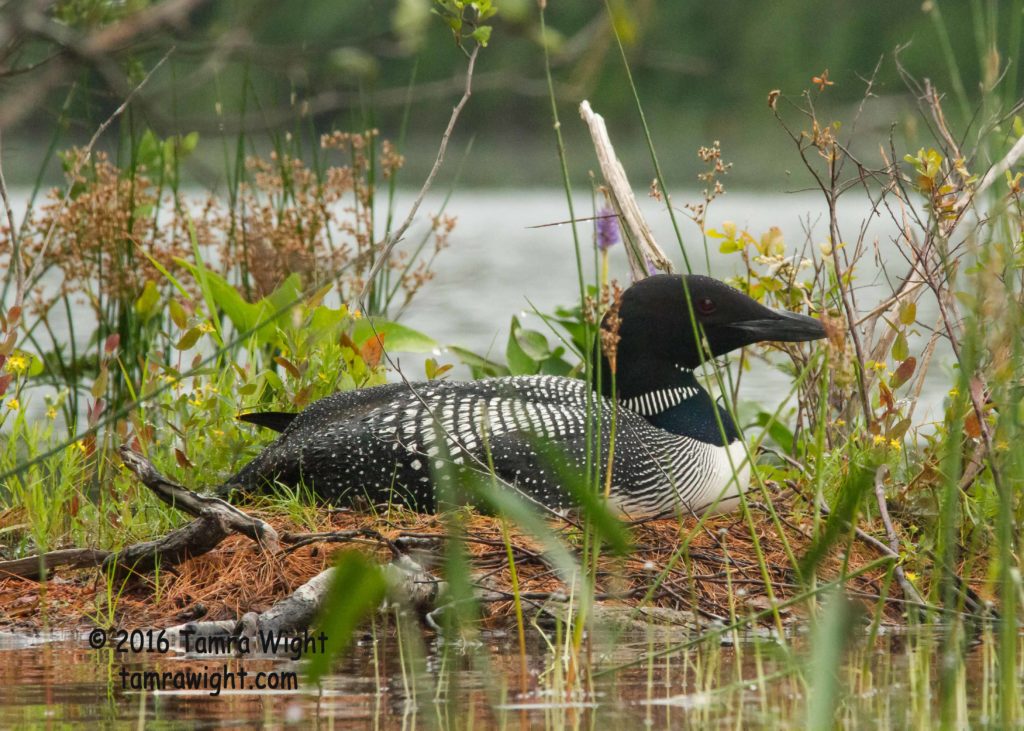
I remember sipping my coffee, as yet another gray day dawned. It reminded me of the days I described in Mystery of Pine Lake, in which every day was gray and rainy, causing the level of the lake to rise and flood the nest – and the eggs.
I hoped and prayed that by the end of the week, we’d see loon chicks.
The second loon came down the lake into view as he always does around 7 o’clock. He hooted, and I waited for the loon on the nest to slip off and join him as she had so many mornings before.
But she didn’t move a feather.
He came a little closer and hooted again. She stayed. I carefully studied our surroundings, but didn’t see any danger. The loon on the water dove and came up behind the nest and still she stayed. He moved around to the side again.
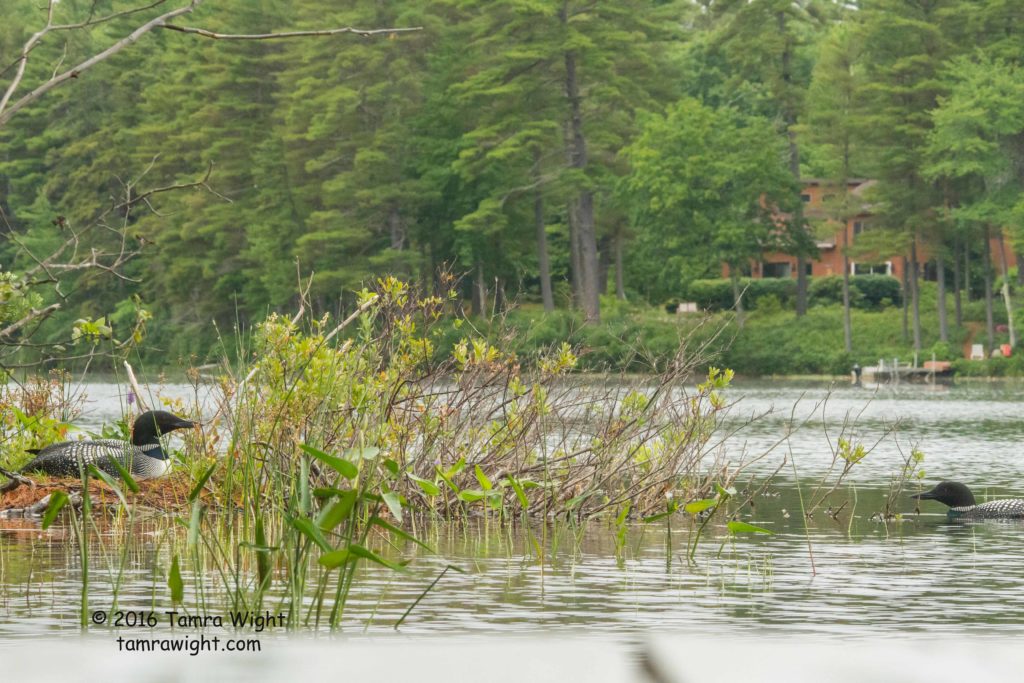
He seemed to look at me, then up into the air as I had done, then over to me again.
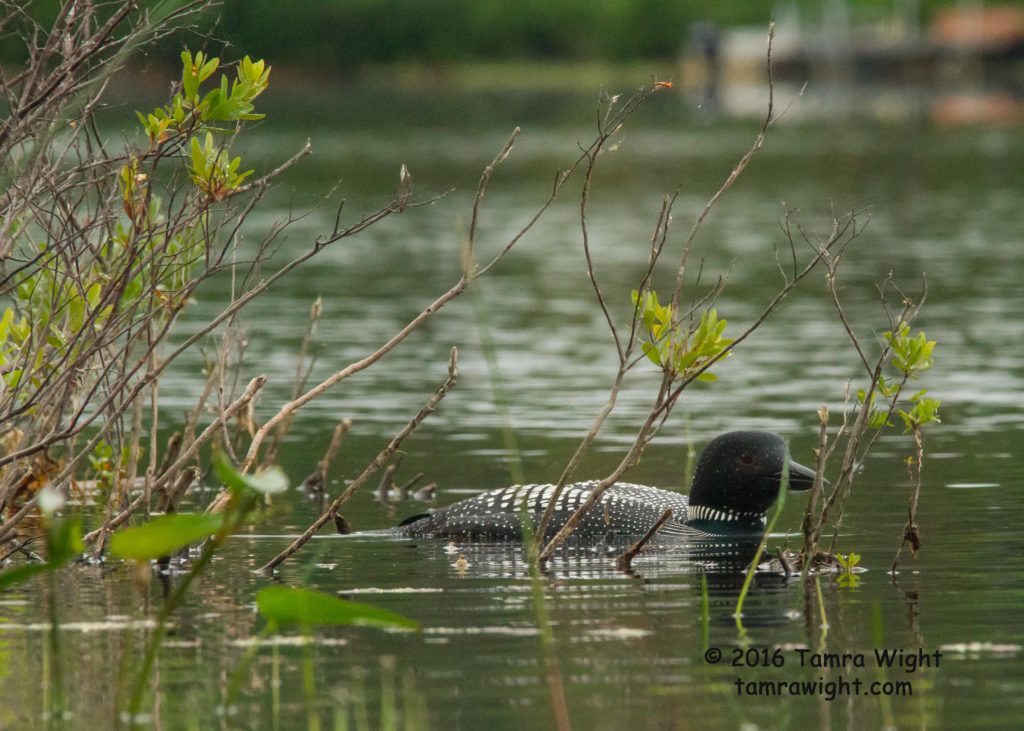
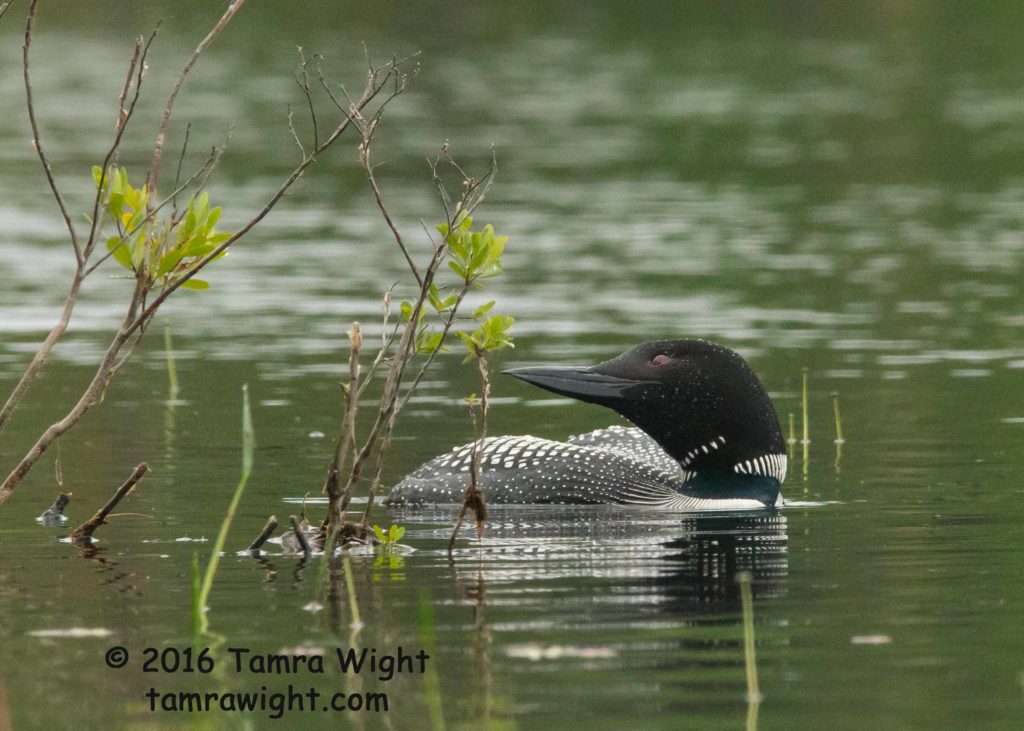
Suddenly, he dove, and when he came up, he was only a few feet from my kayak. I almost couldn’t focus with my 500mm lens, he was so close! I held my breath.
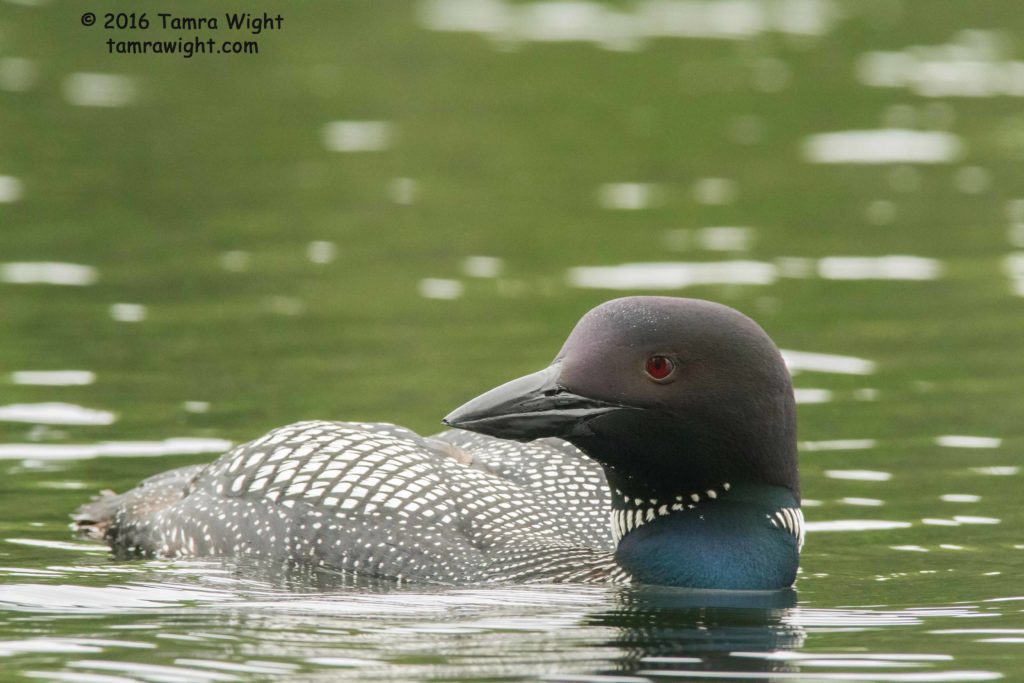
It only took him a minute to look me over,
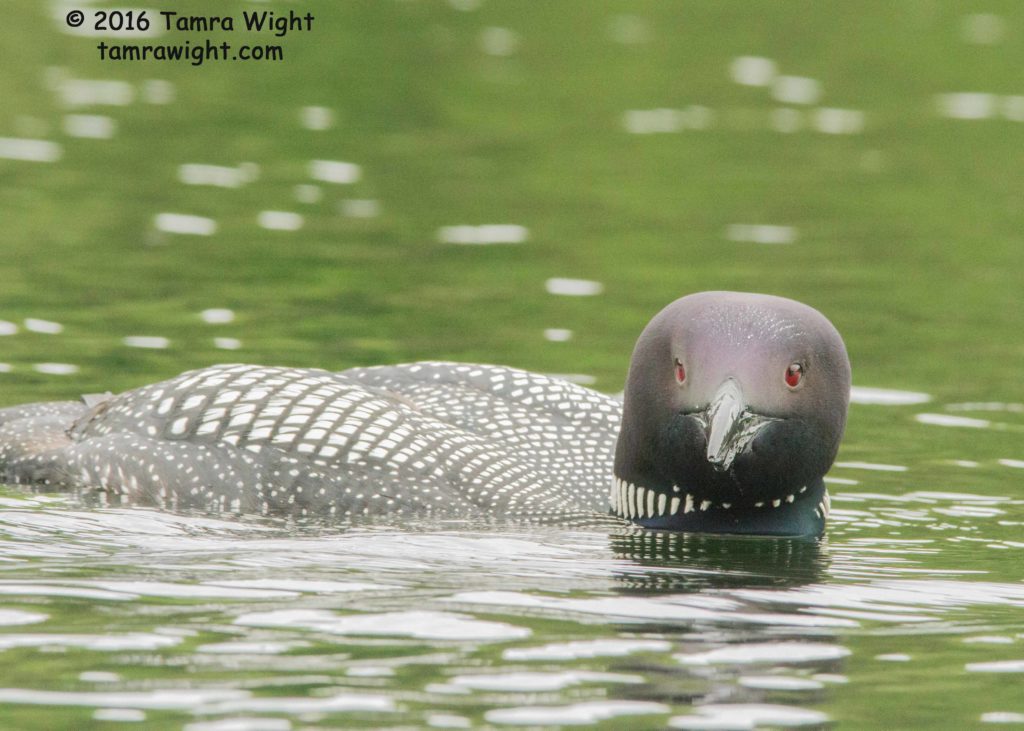
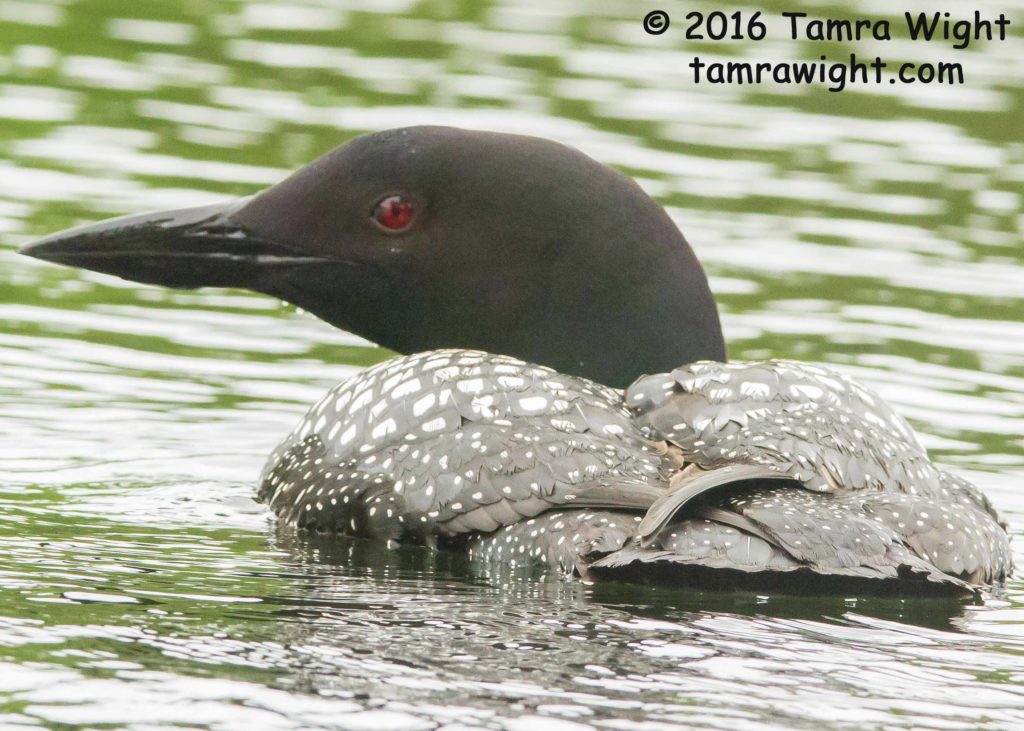
before he dove away to pop up beside the nest again.
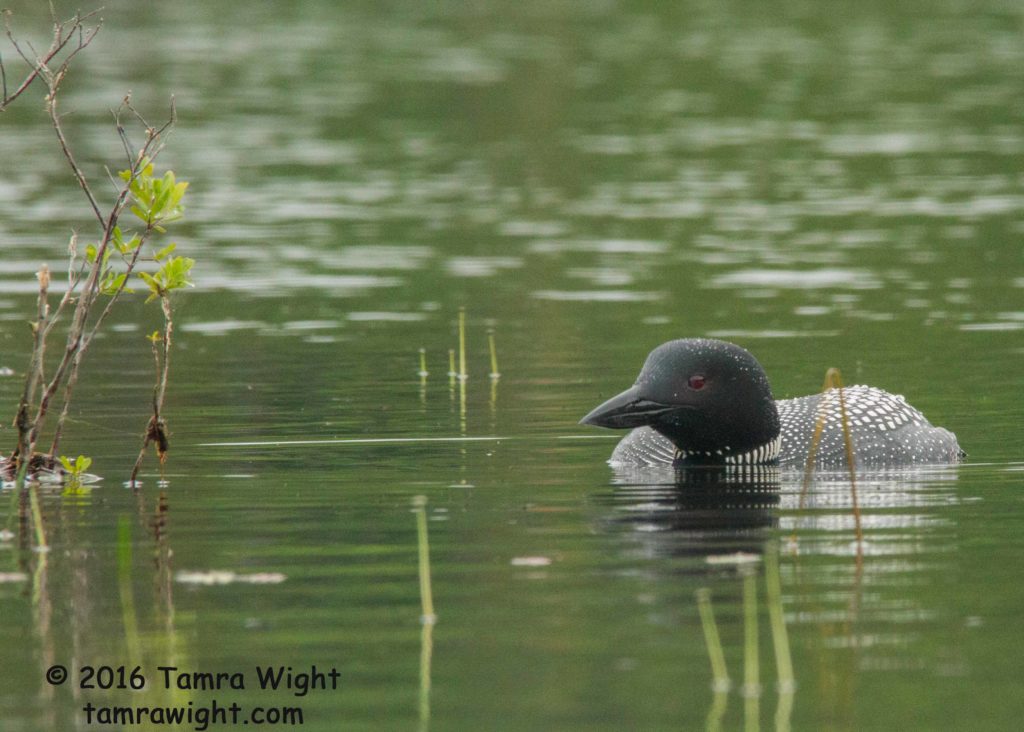
Slipping through the water plants, he slowly made his way to her side.
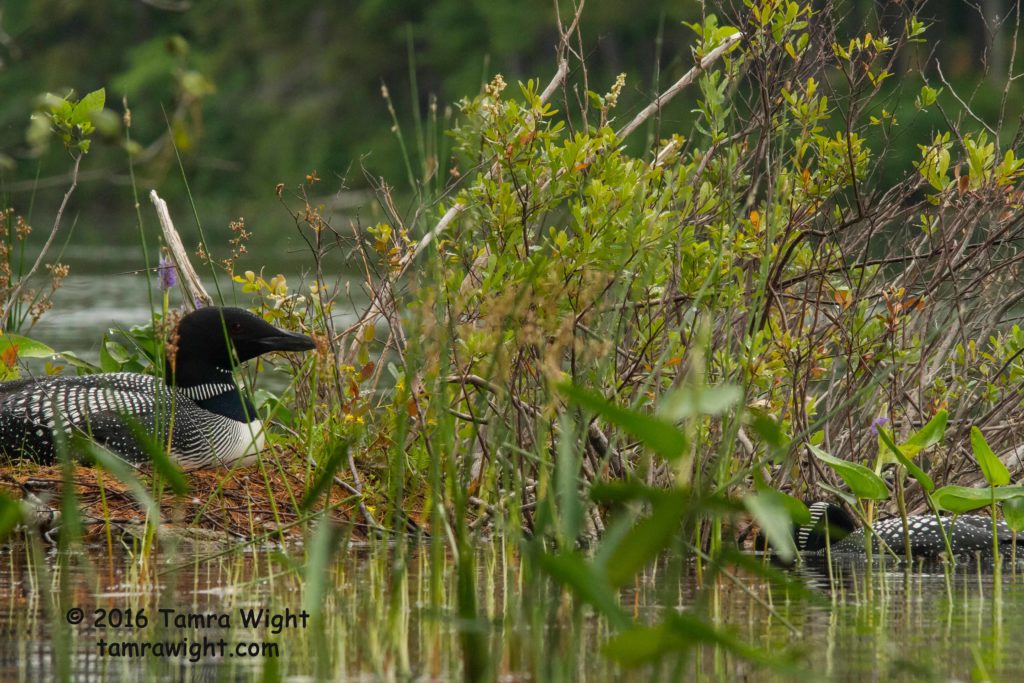
I heard him hoot once more.
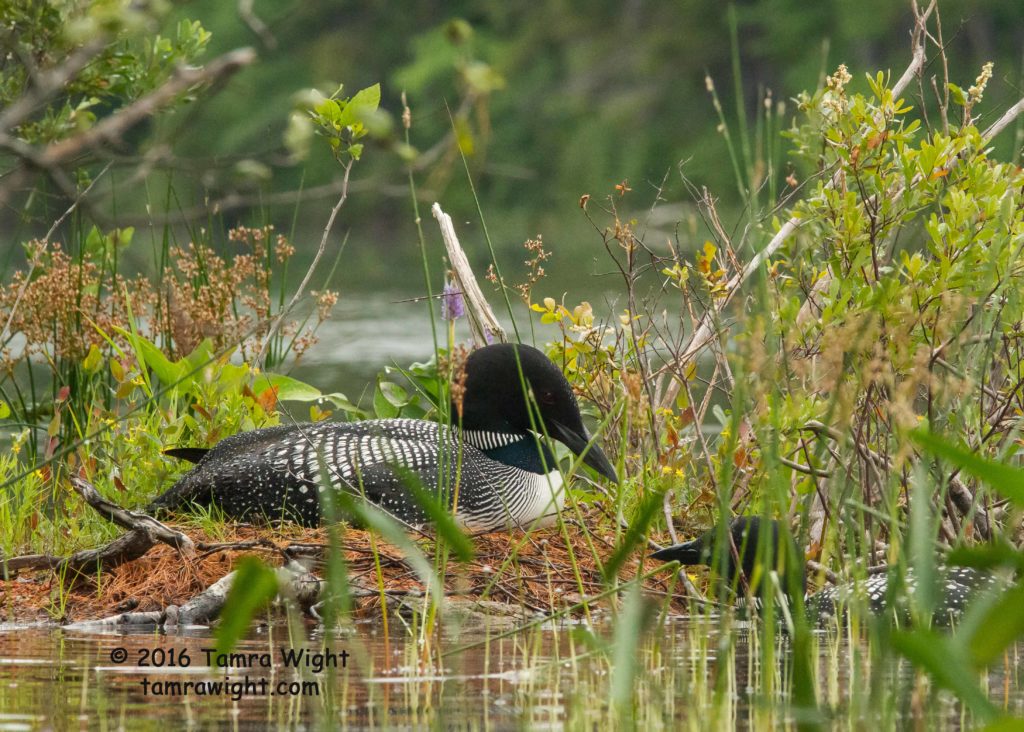
“Go on,” I whispered. “Take a break, girl.”
And she seemed to consider what we were asking of her.
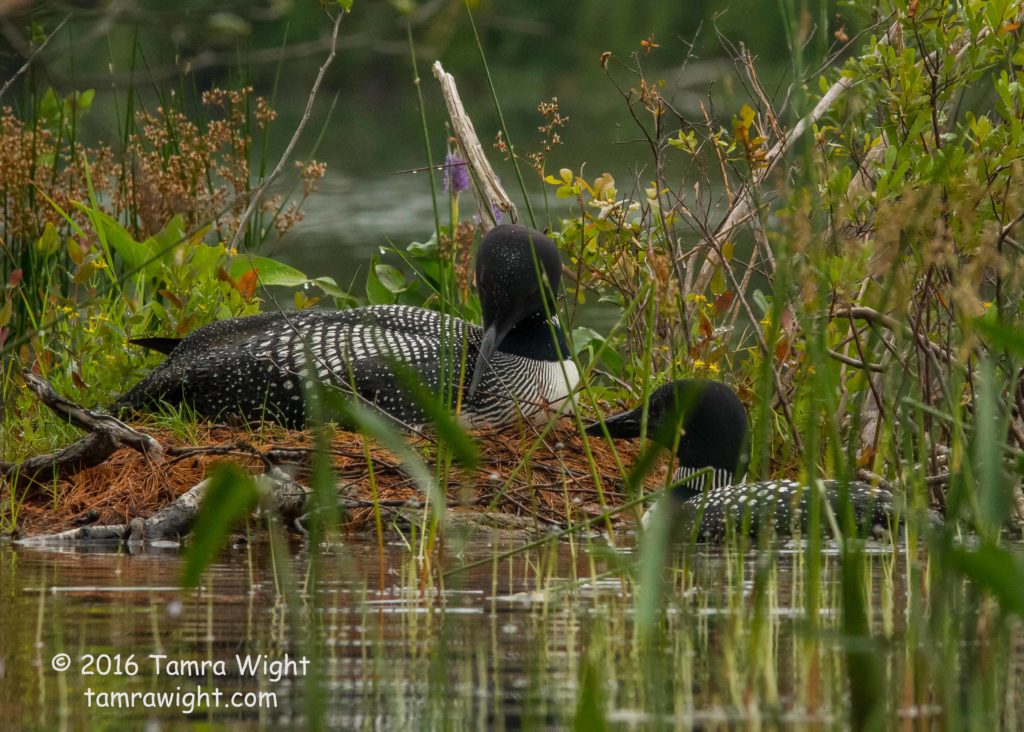
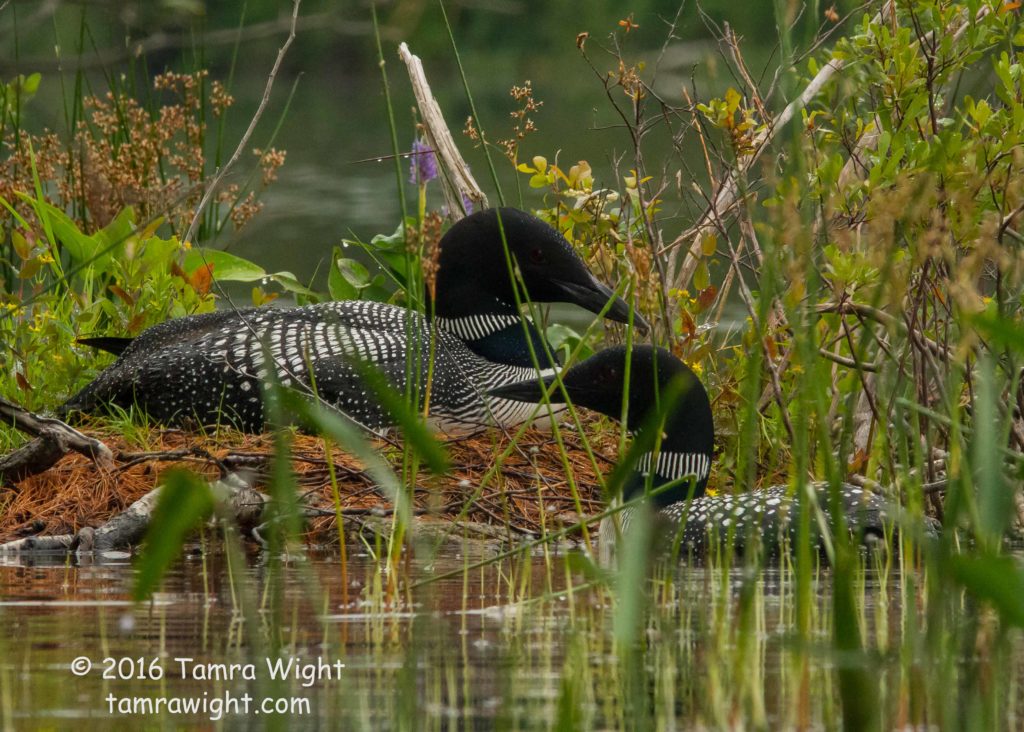
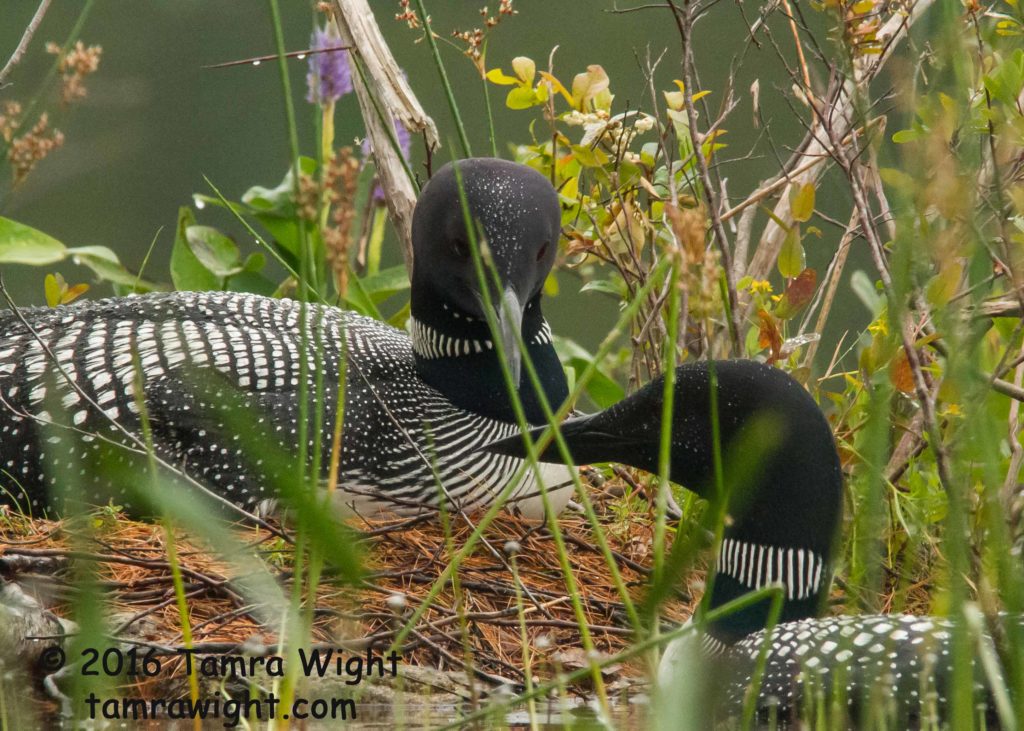
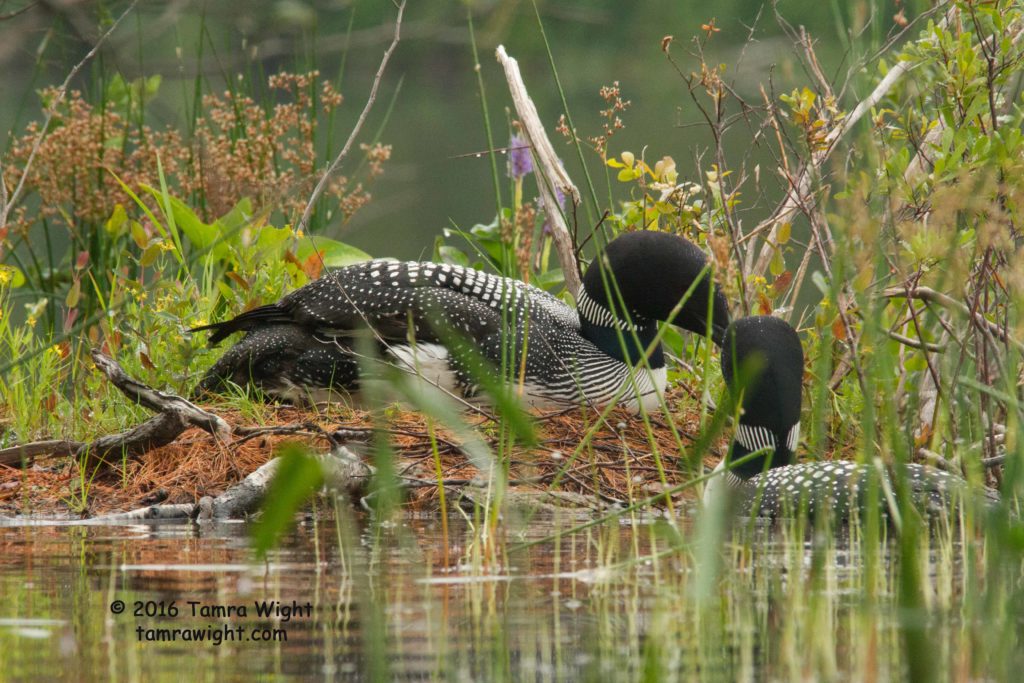
Using her legs, she lifted up carefully so as not to kick an egg off into the water, and then slipped into the lake headfirst.
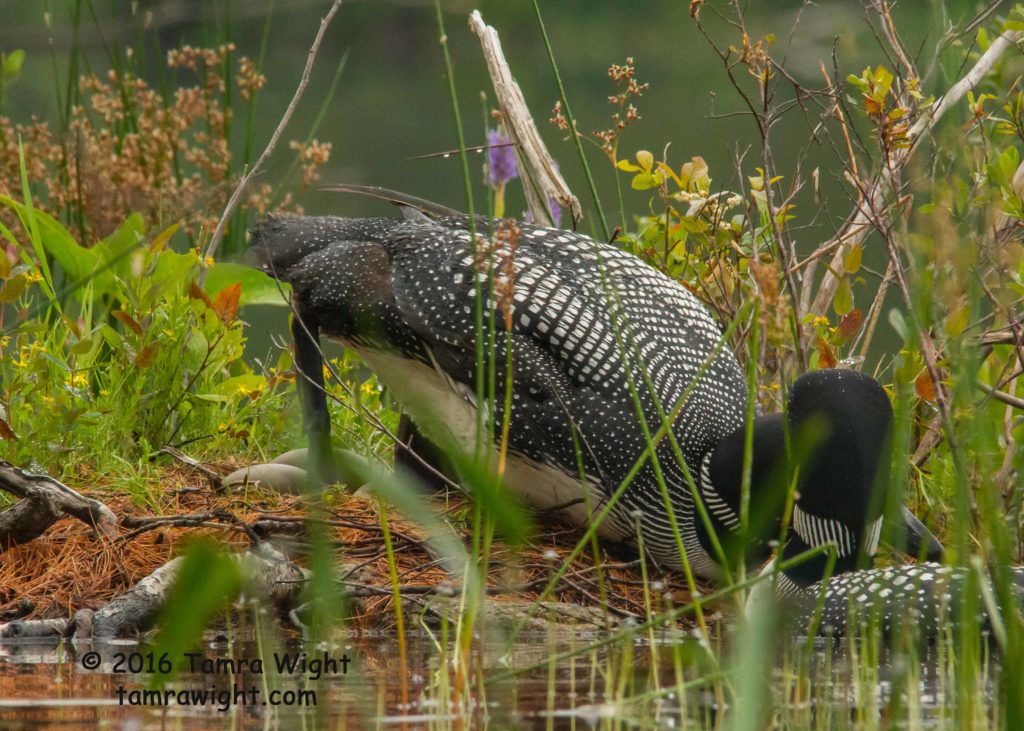
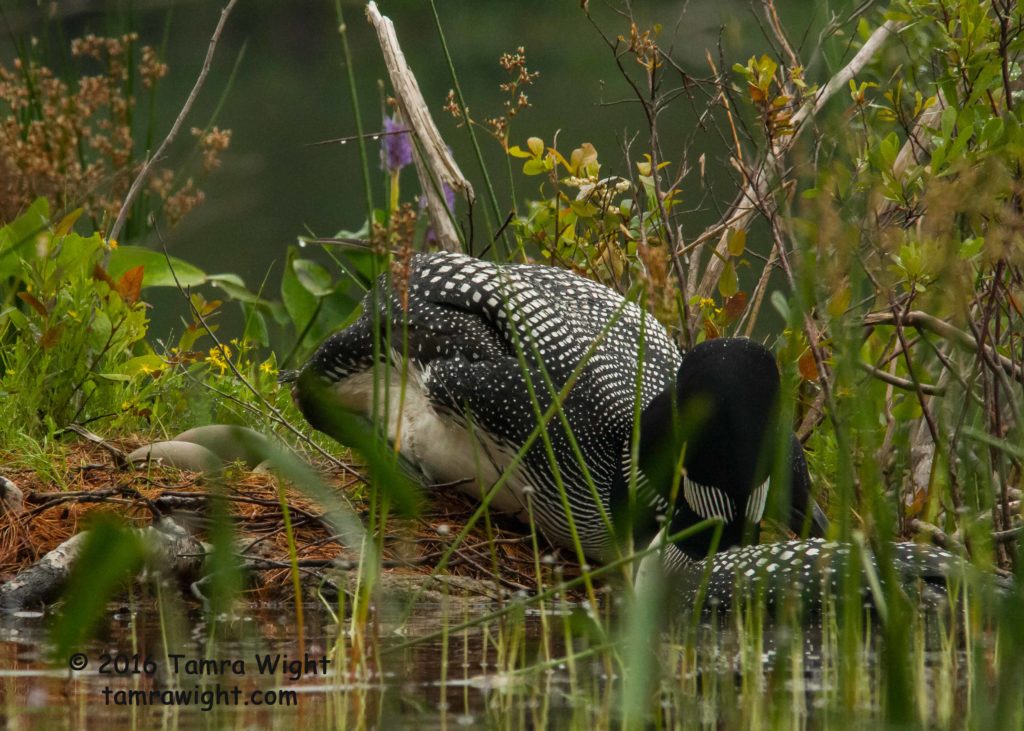
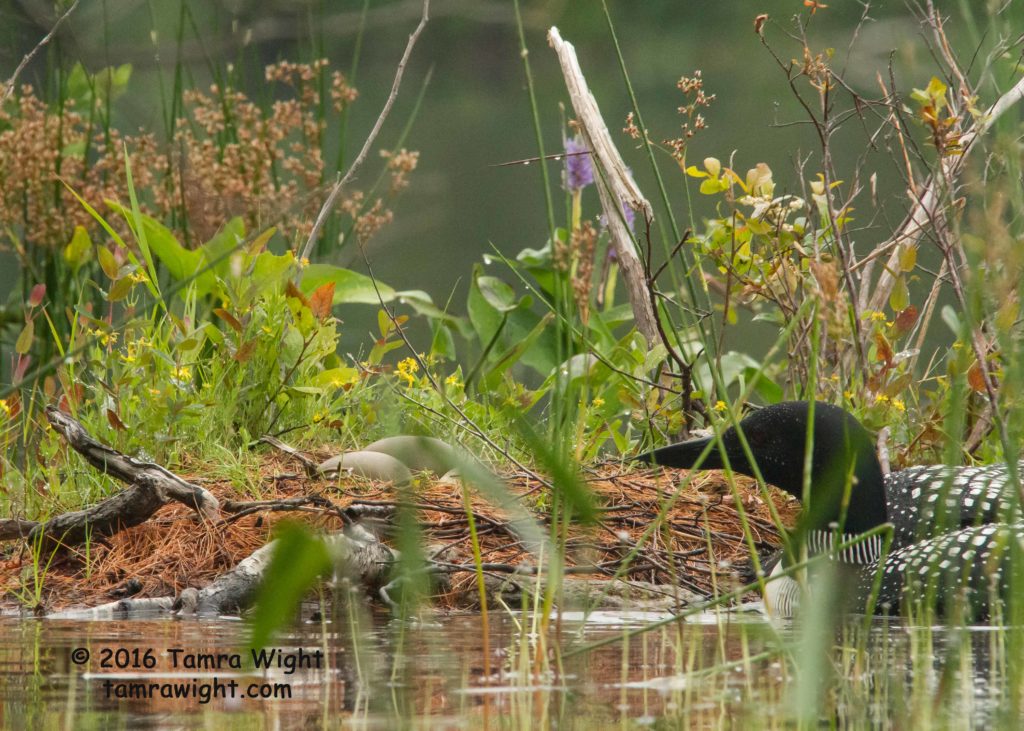
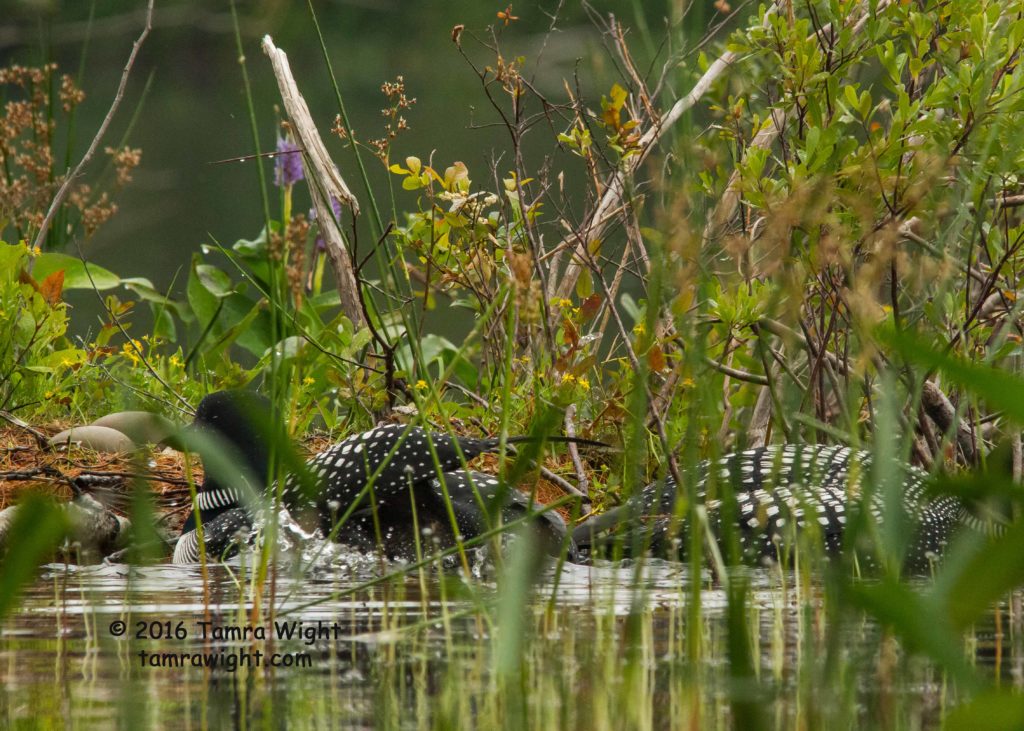
The mate didn’t wait, it climbed up onto the nest immediately. This was so very different from how they’d been switching places up until now. The day was not cold, in spite of the clouds and mist, so I didn’t think that was it. Perhaps there was danger in the area I wasn’t aware of. It wouldn’t be the first time . . .
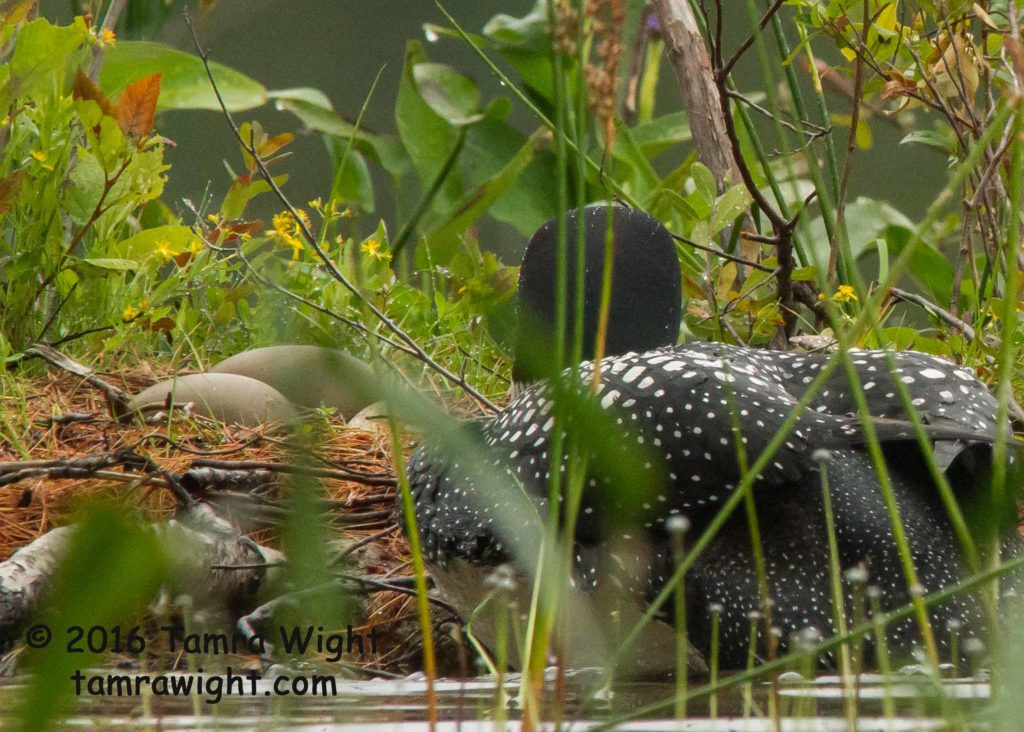
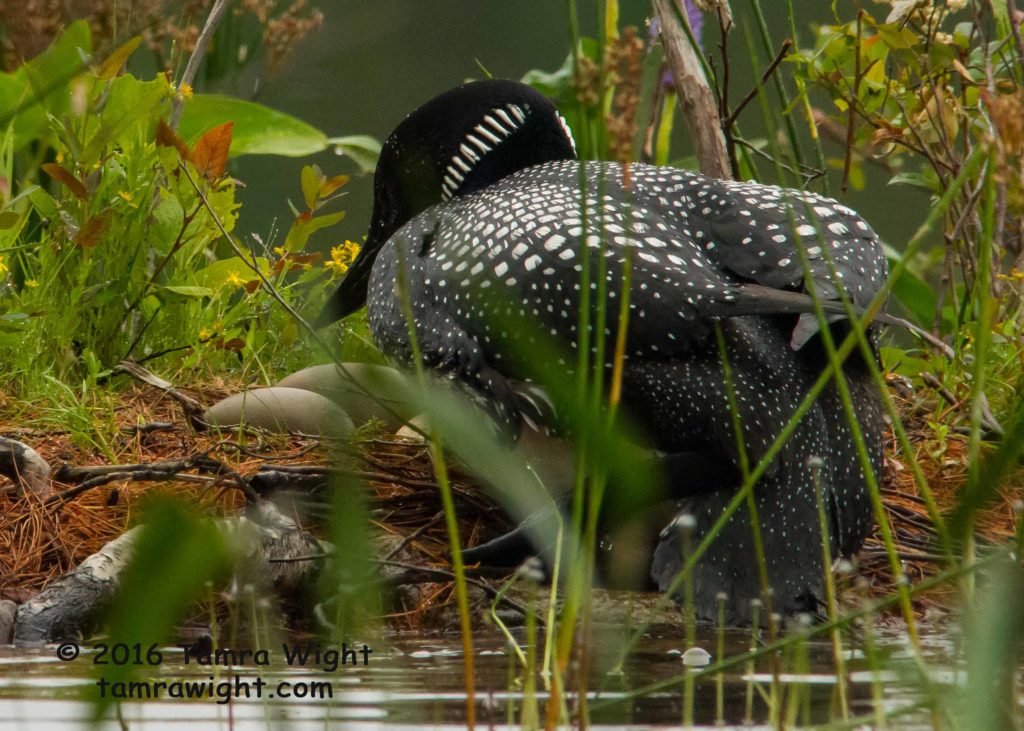
I turned my camera toward the loon on the water and smiled to see her stretching and preening.
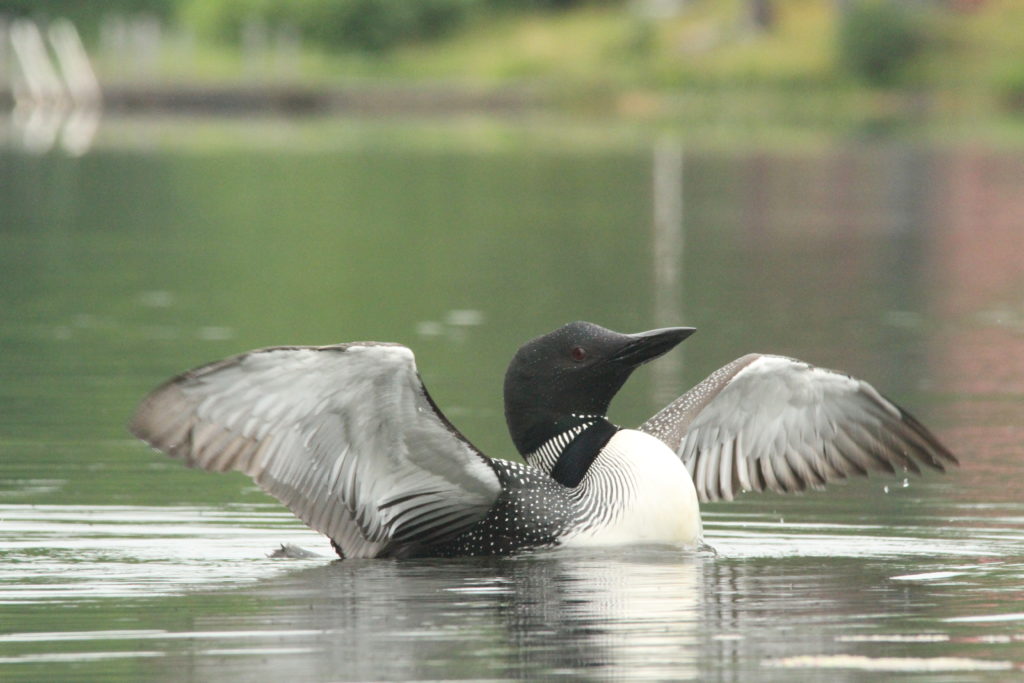
I looked at my watch. Time to go and open the campground office. Everything looked good here . . .
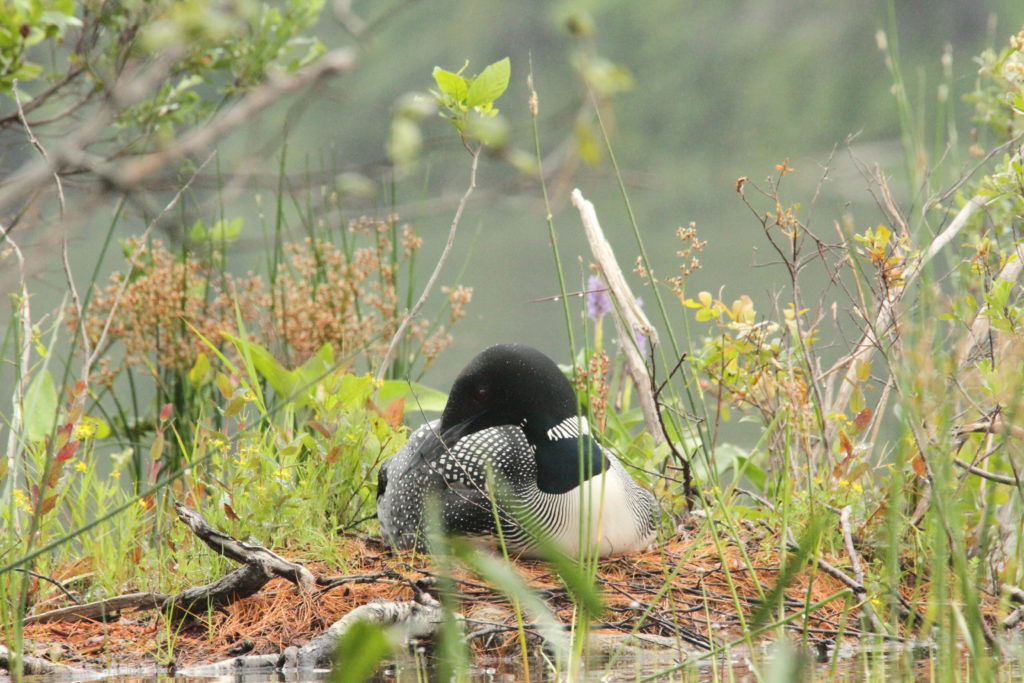
but wait . . .
as the nesting loon reared back to turn the eggs, I thought I saw . . .
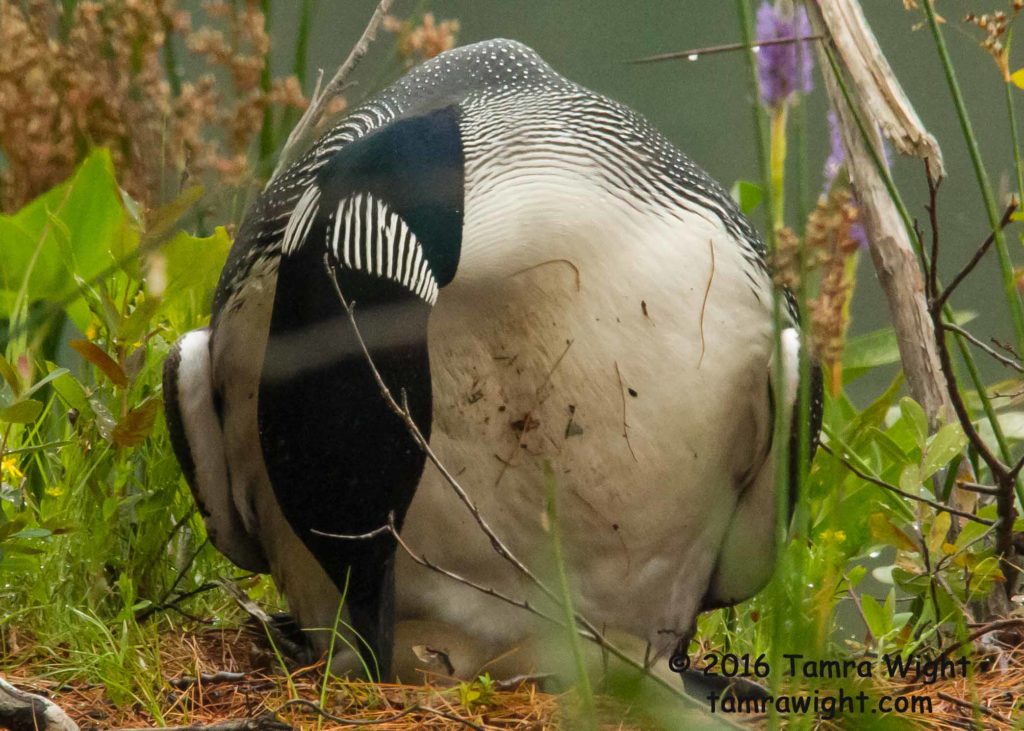
I did!! I did see it! Can you see it too?
The eggs were pipping!!
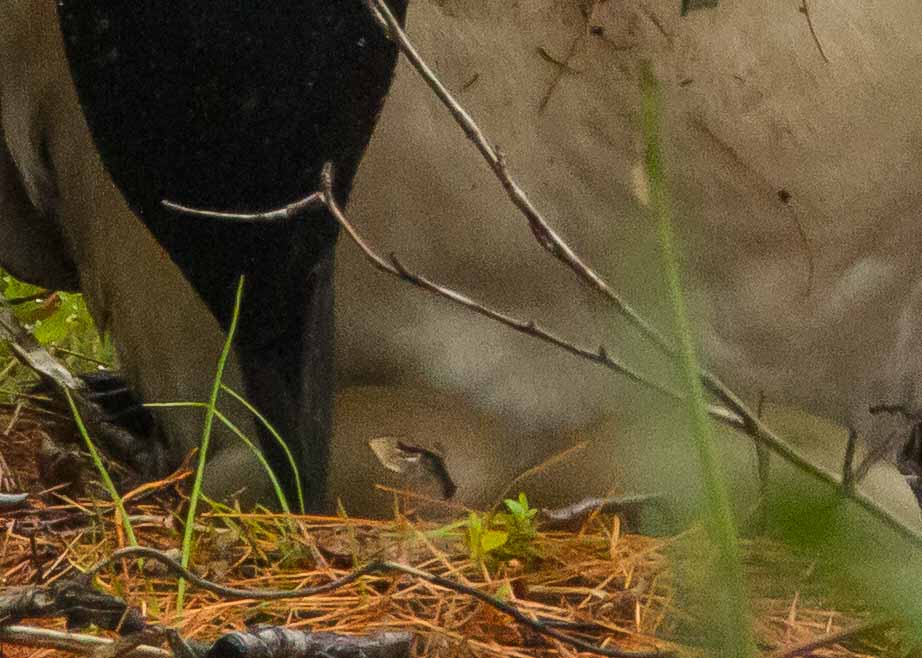
It wouldn’t be long now!! Egg hatching time!!
Next Up: Hatching Day!
